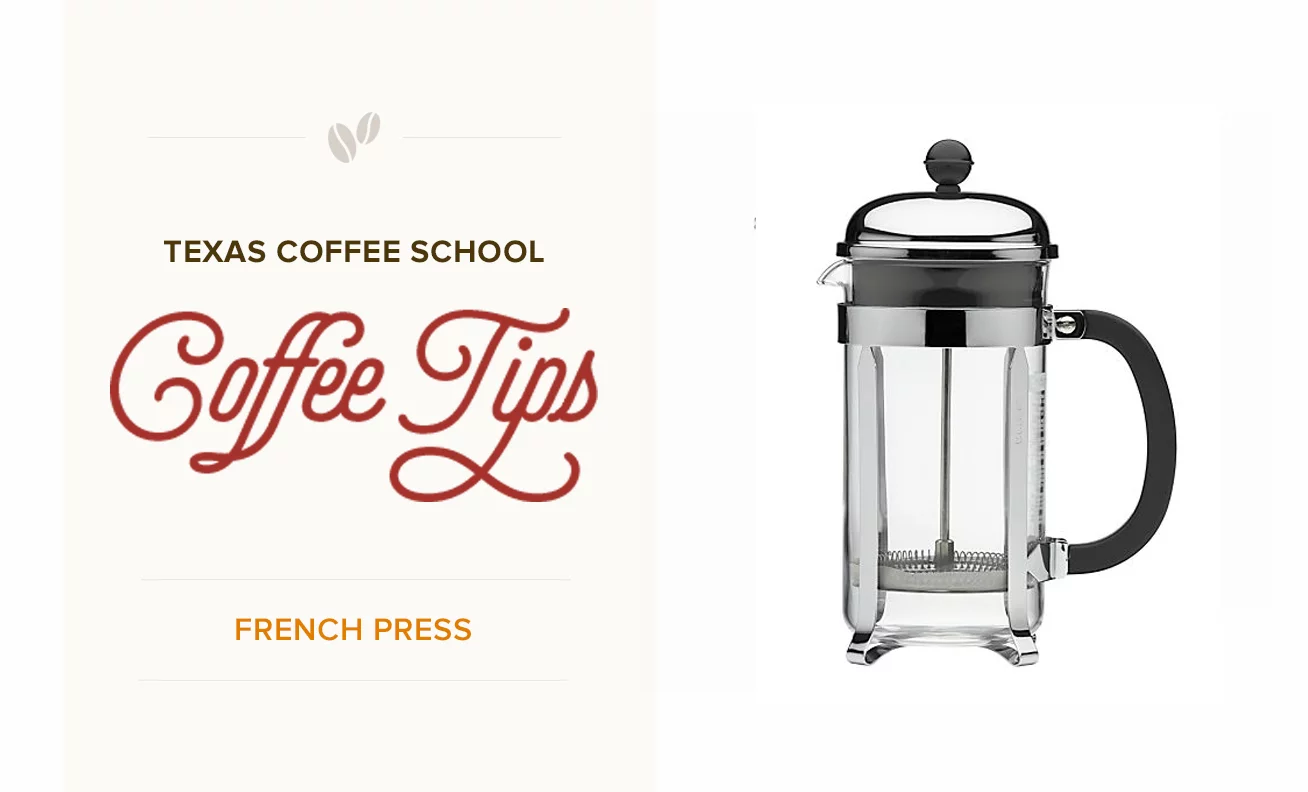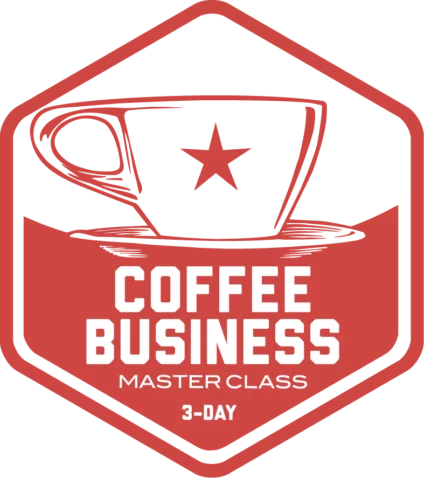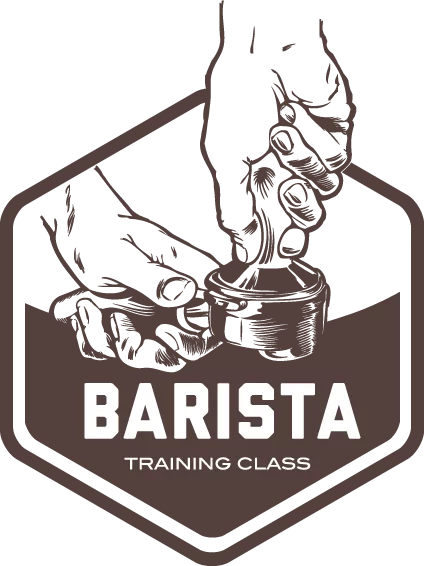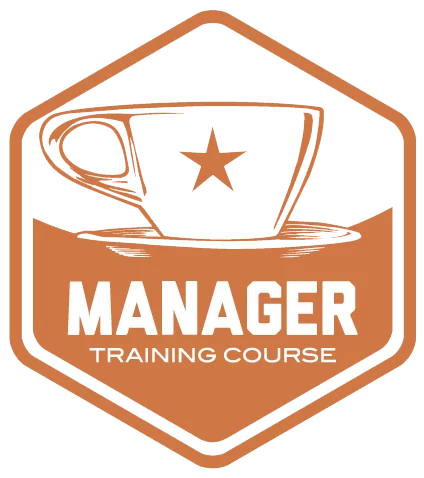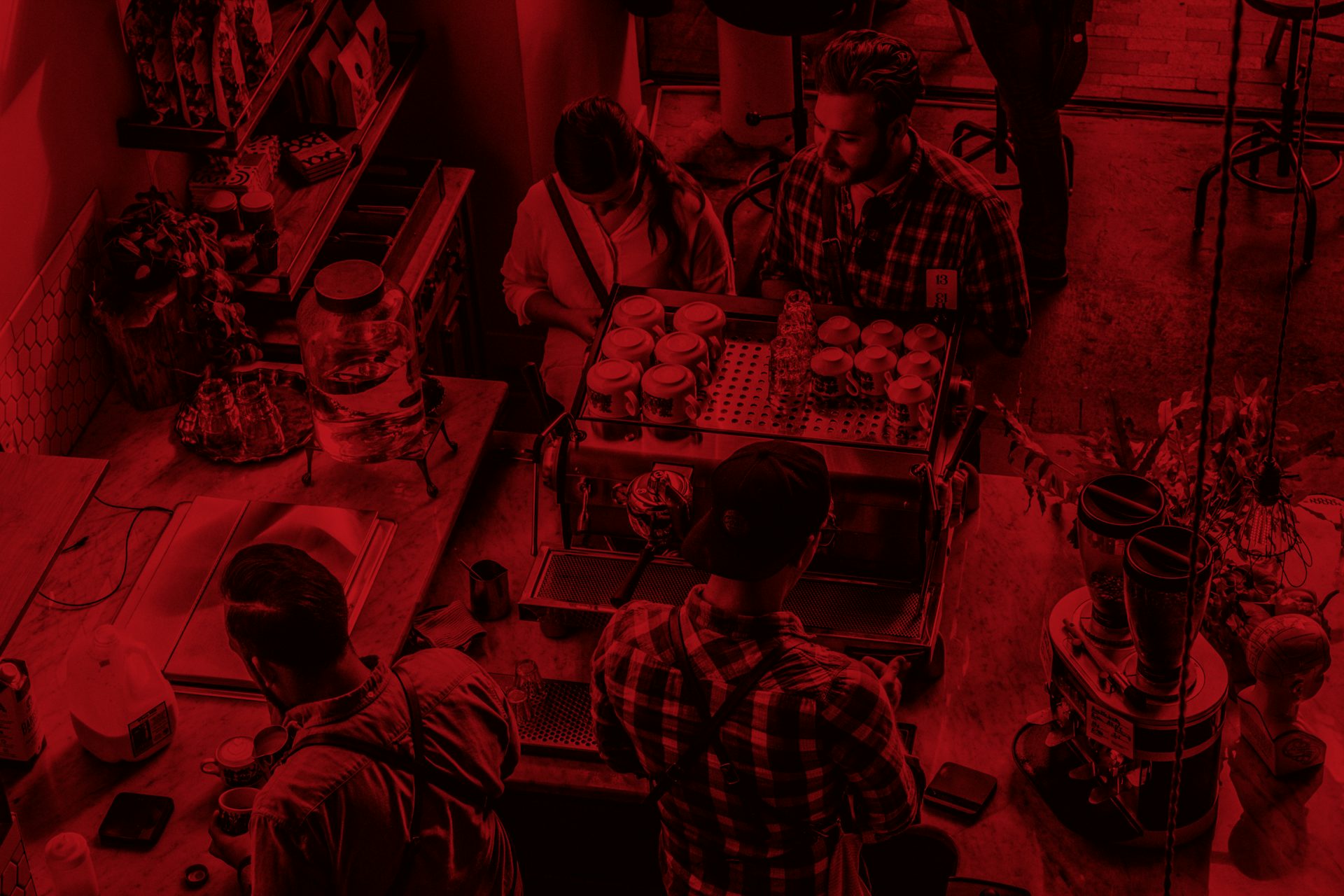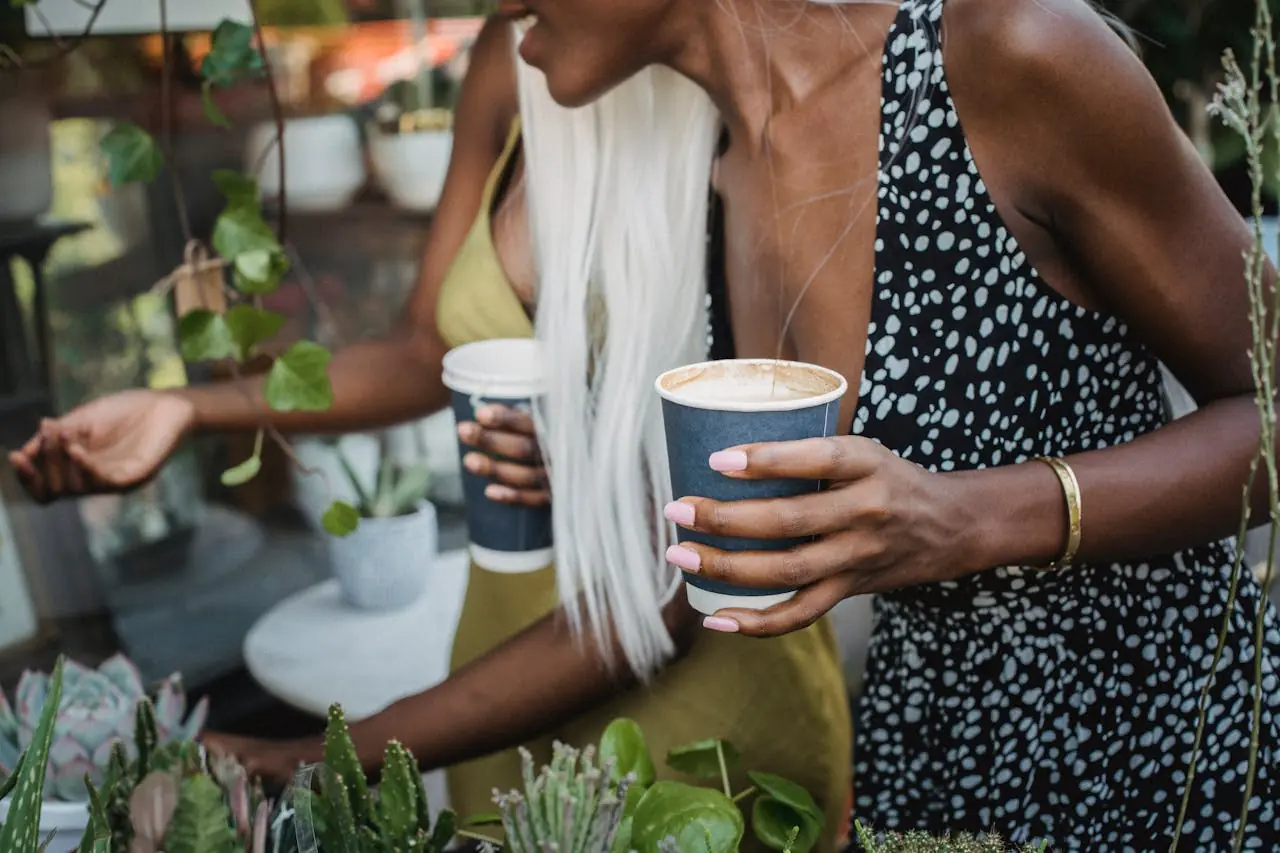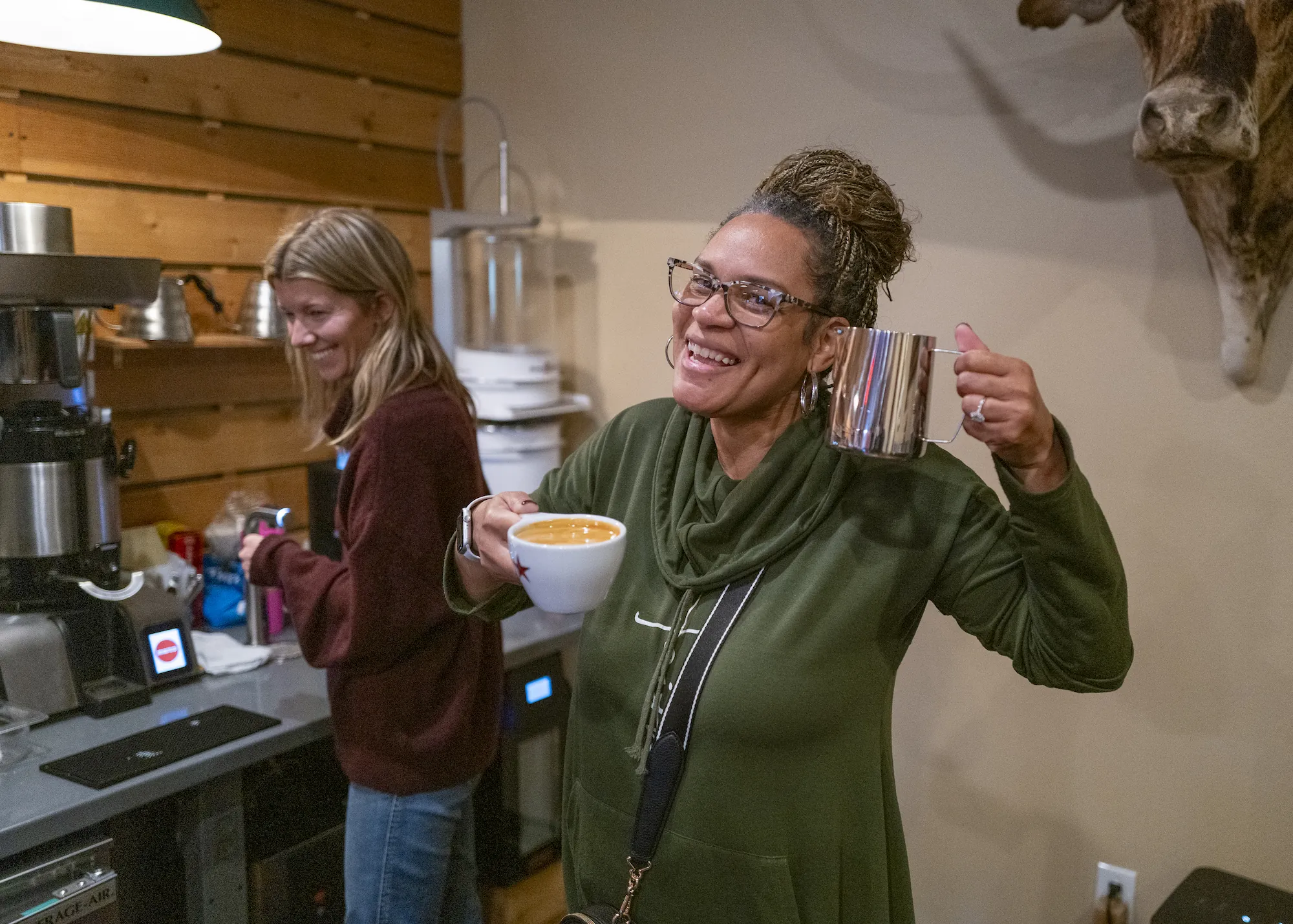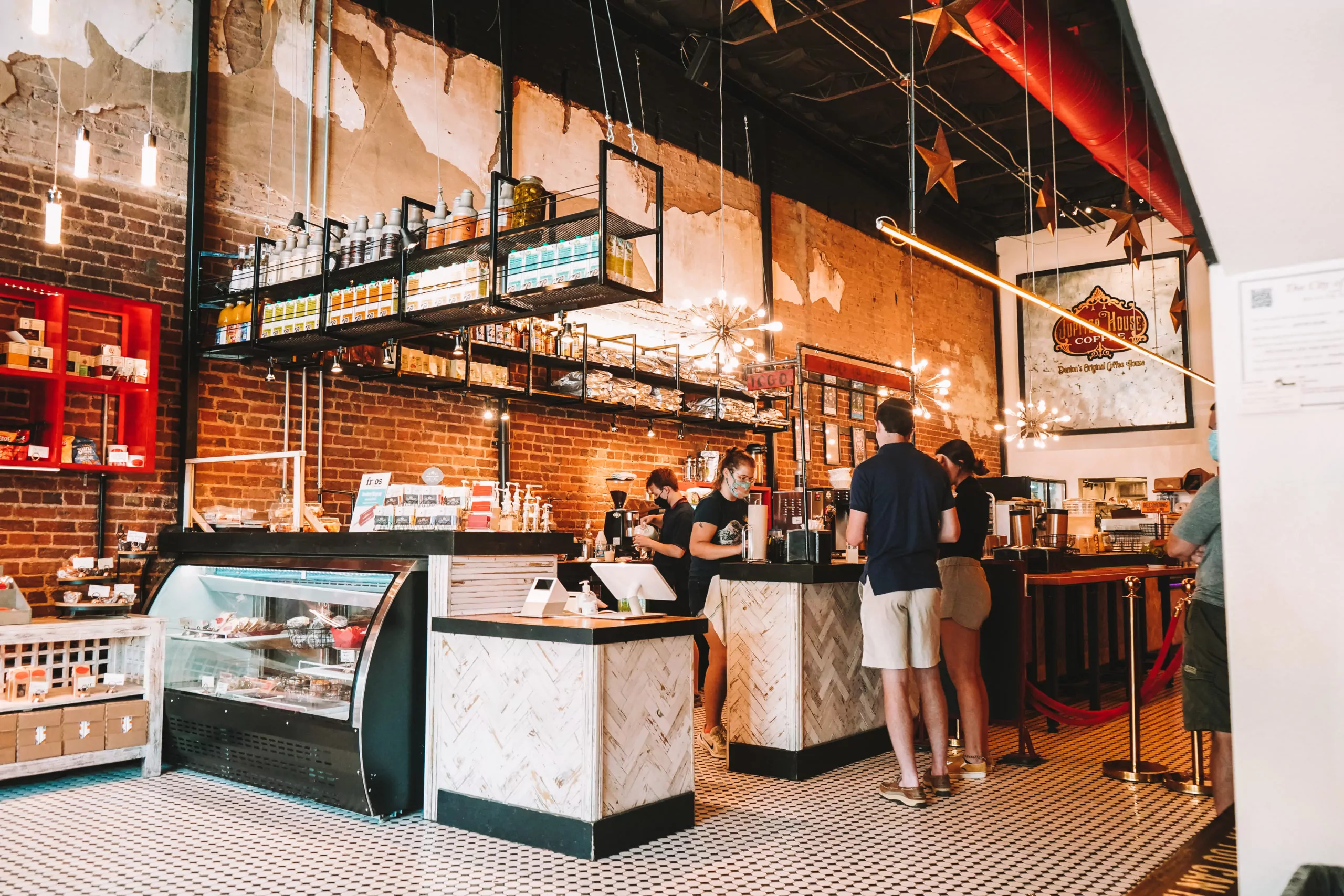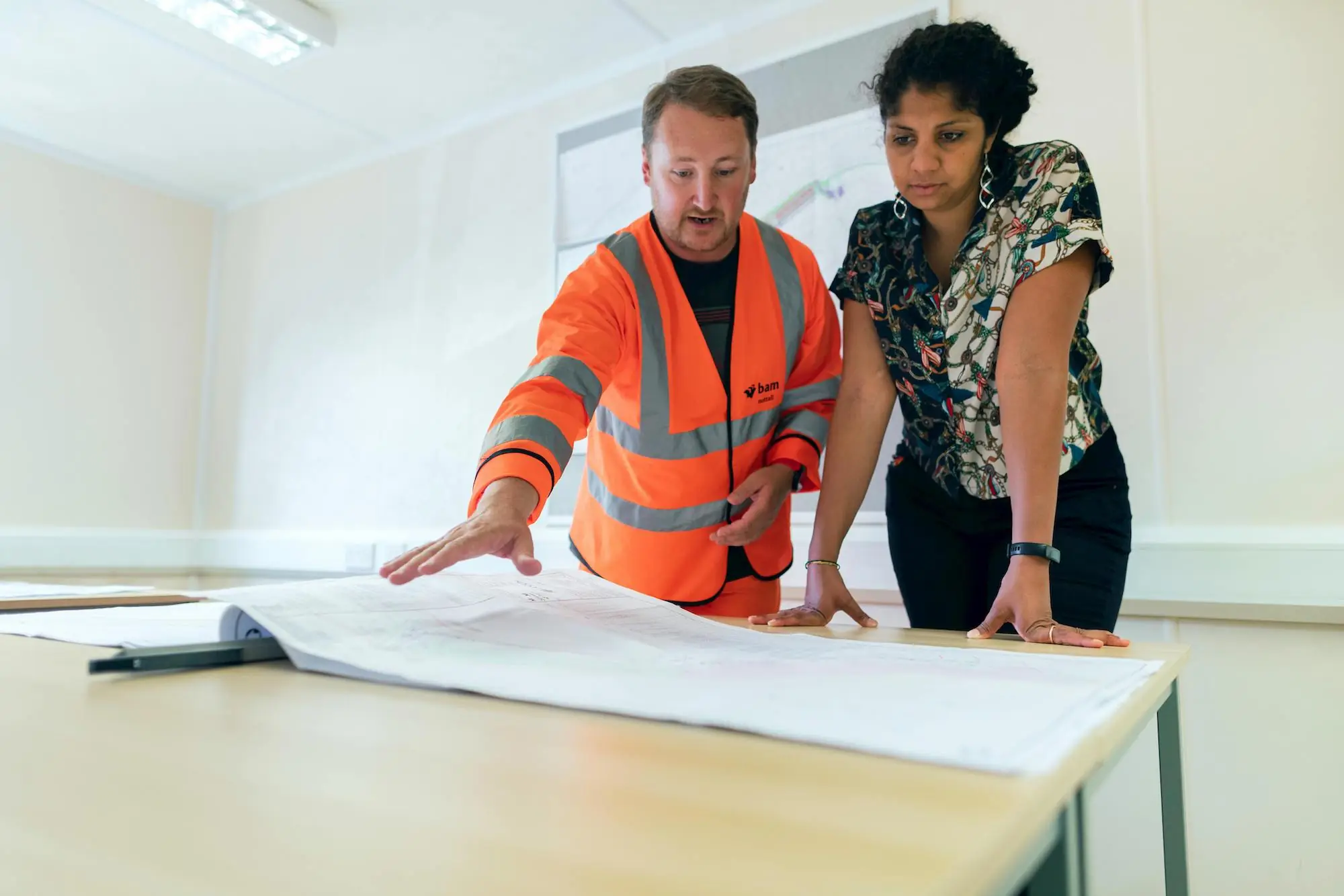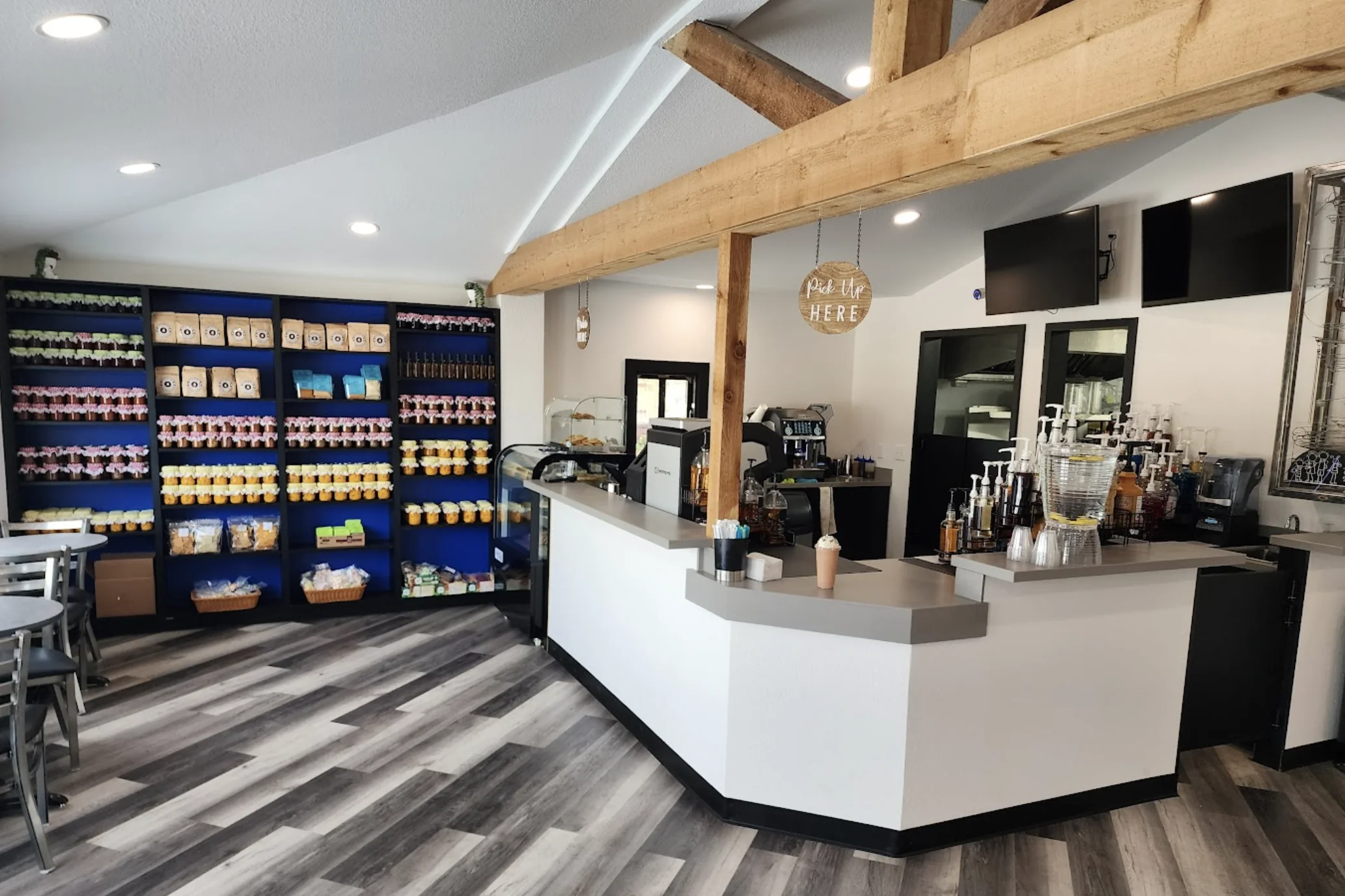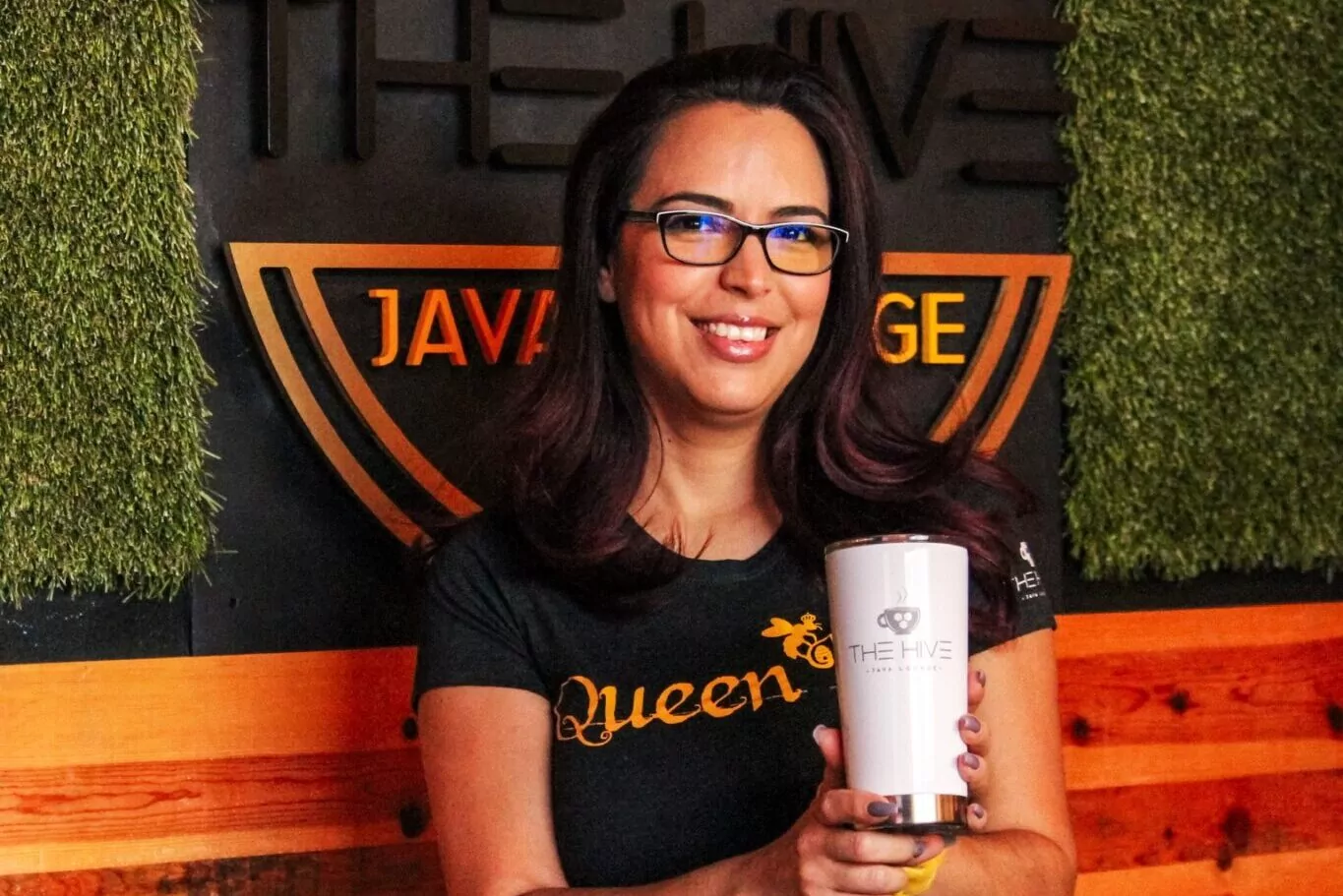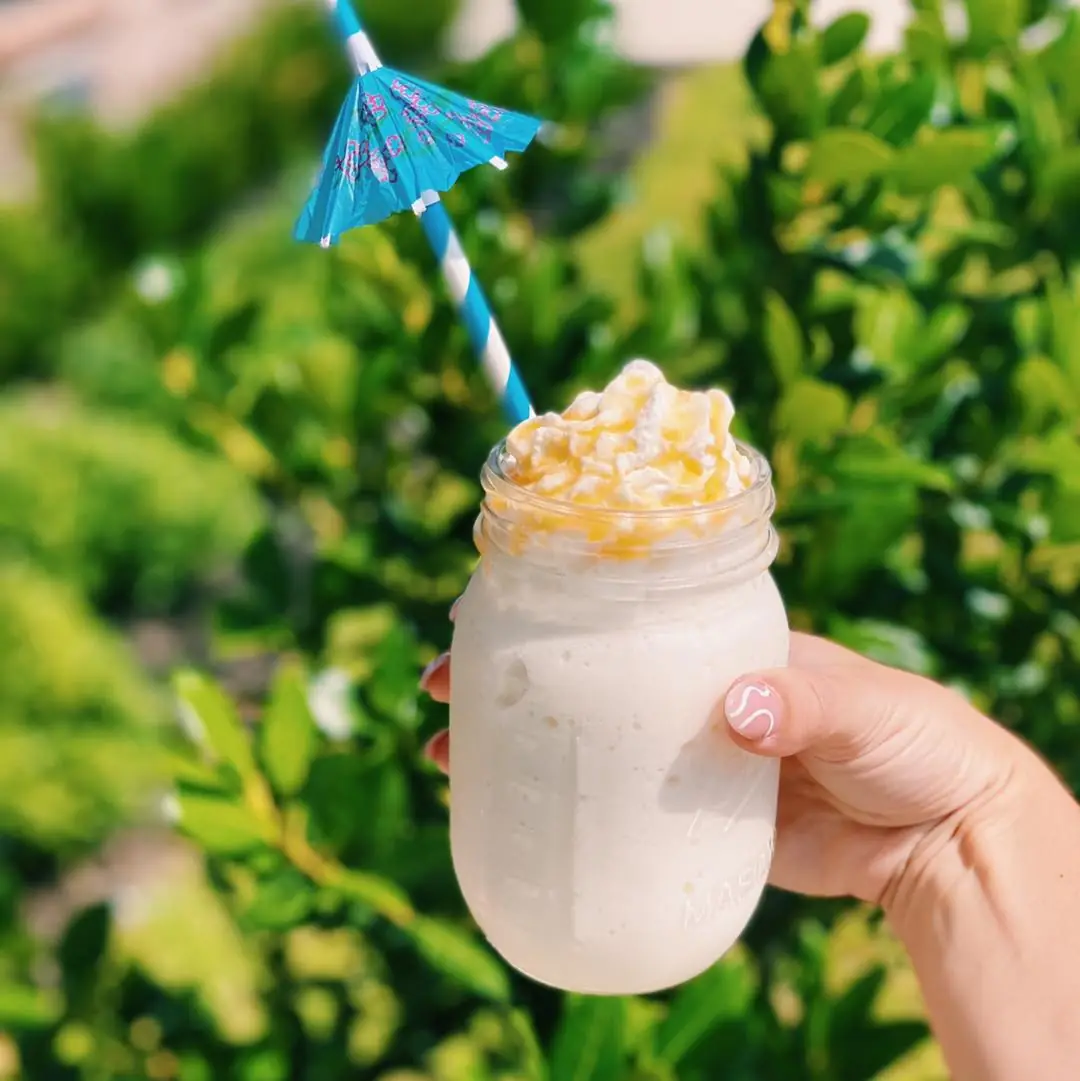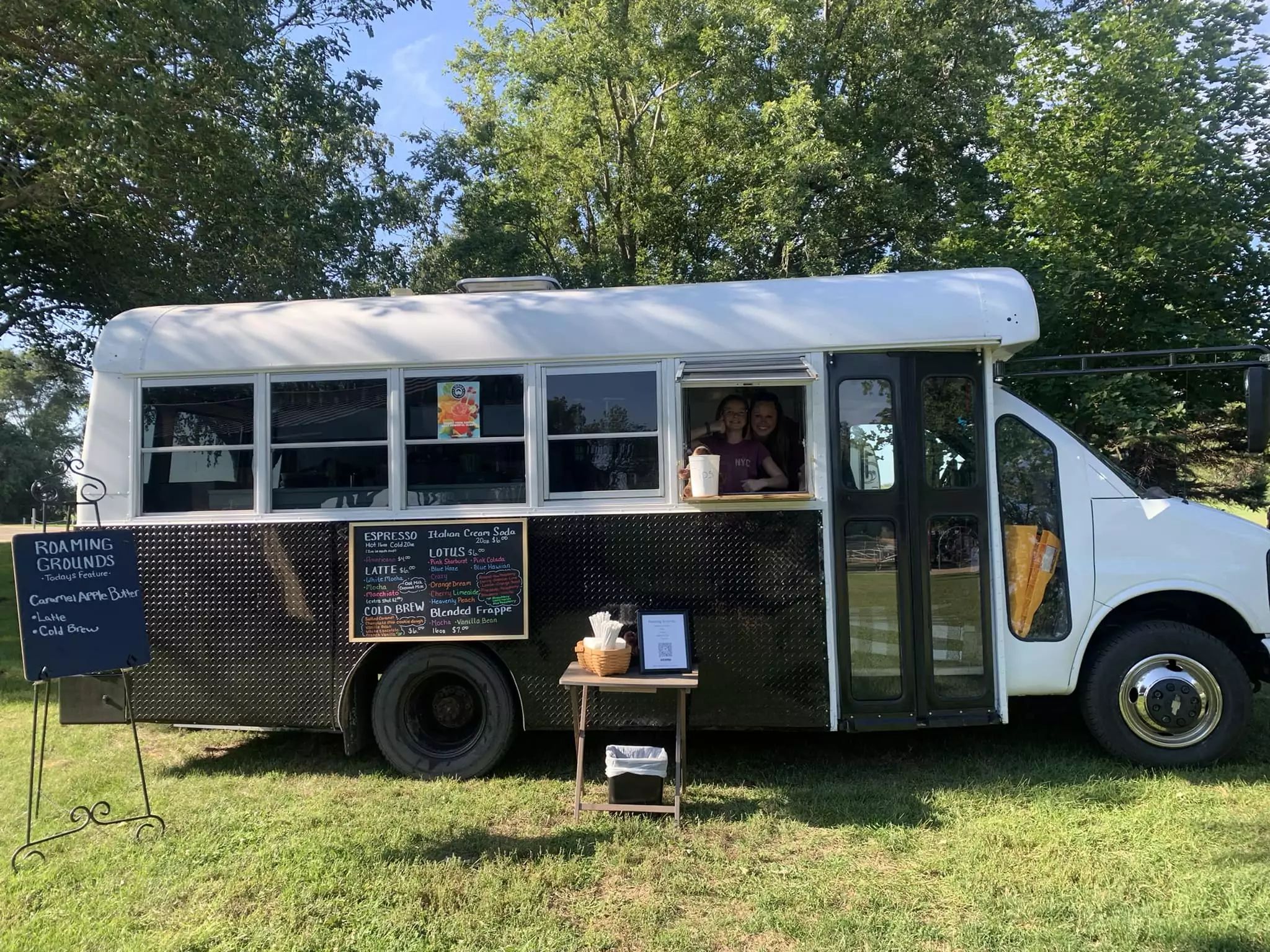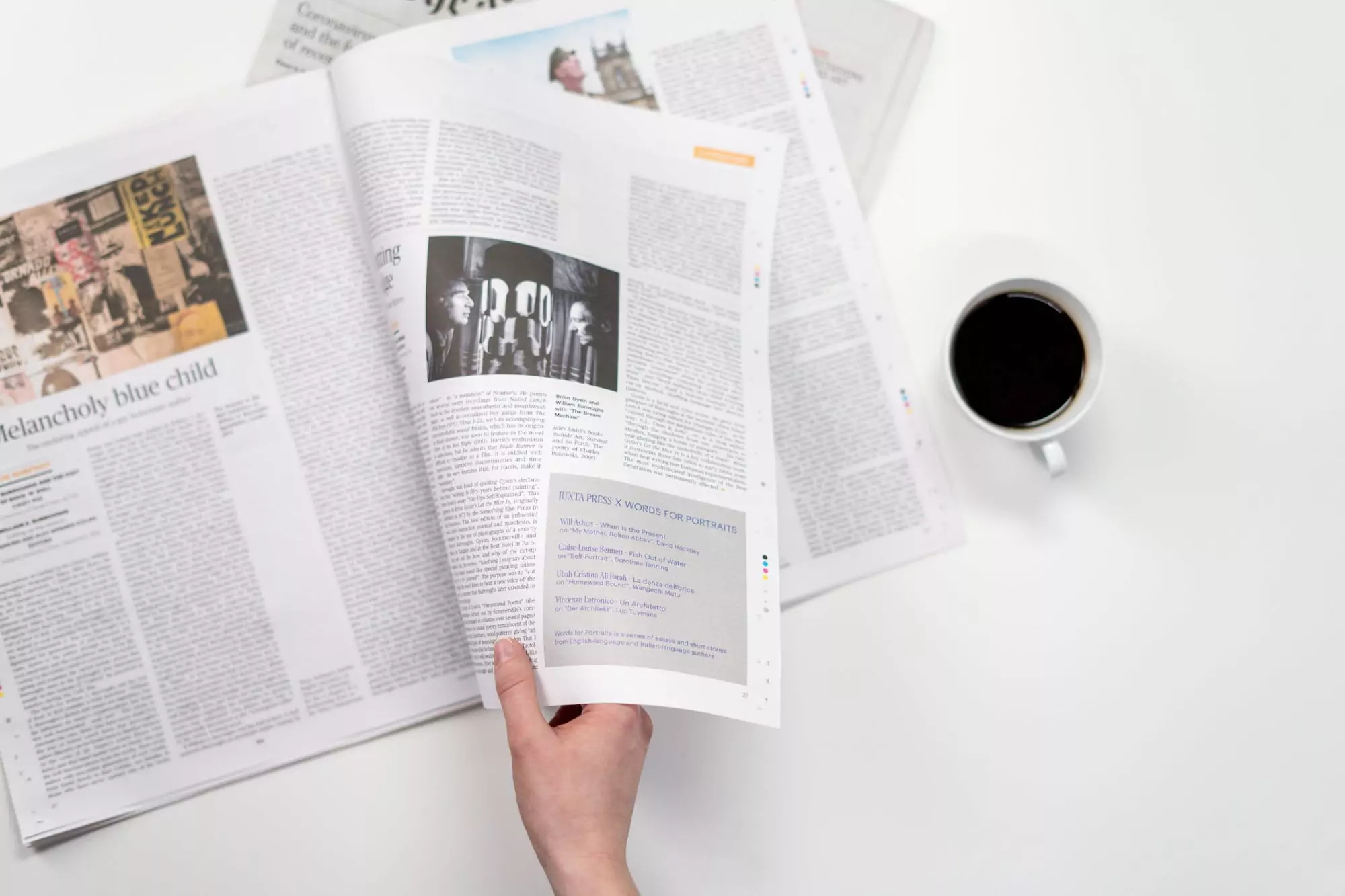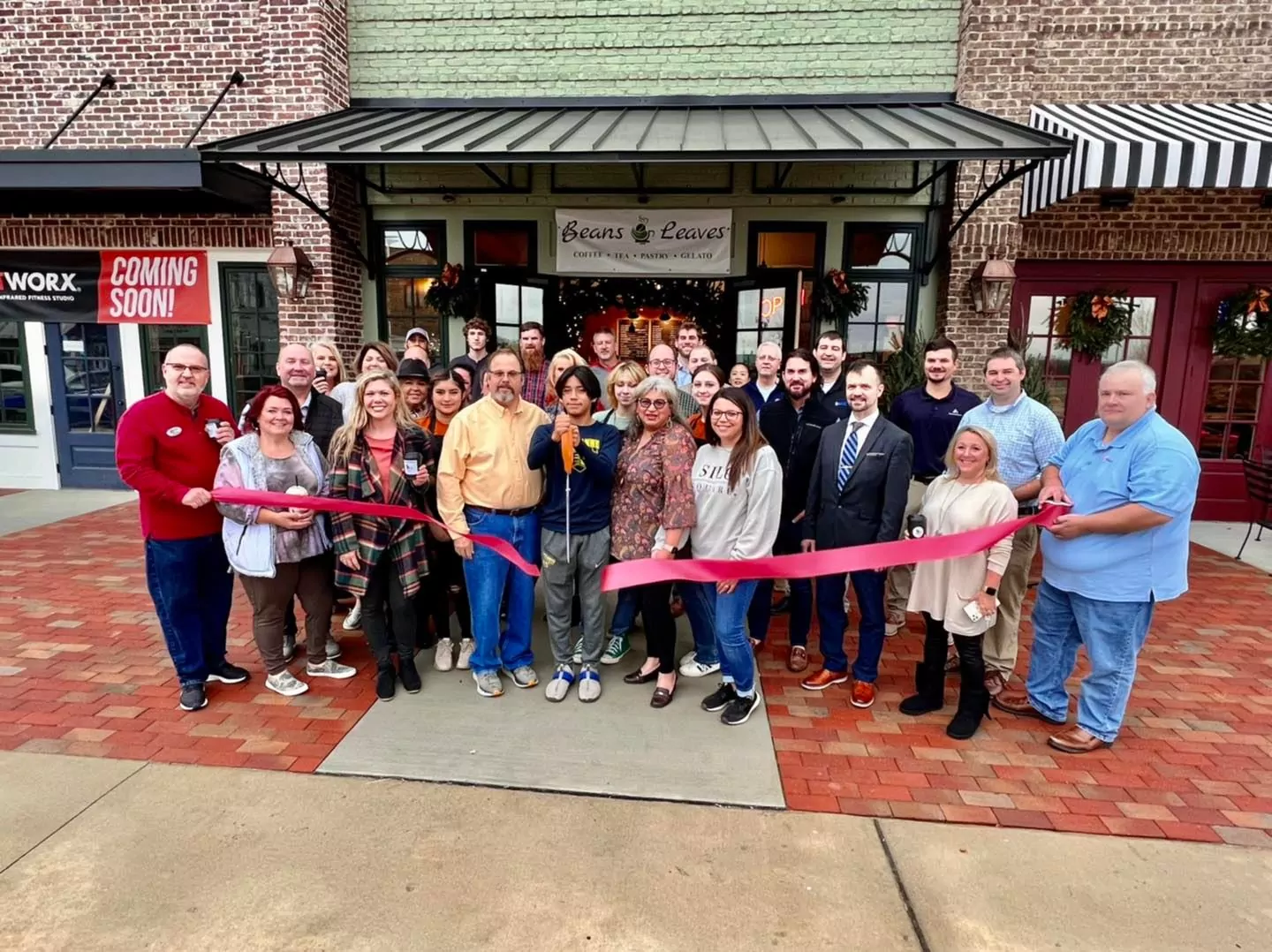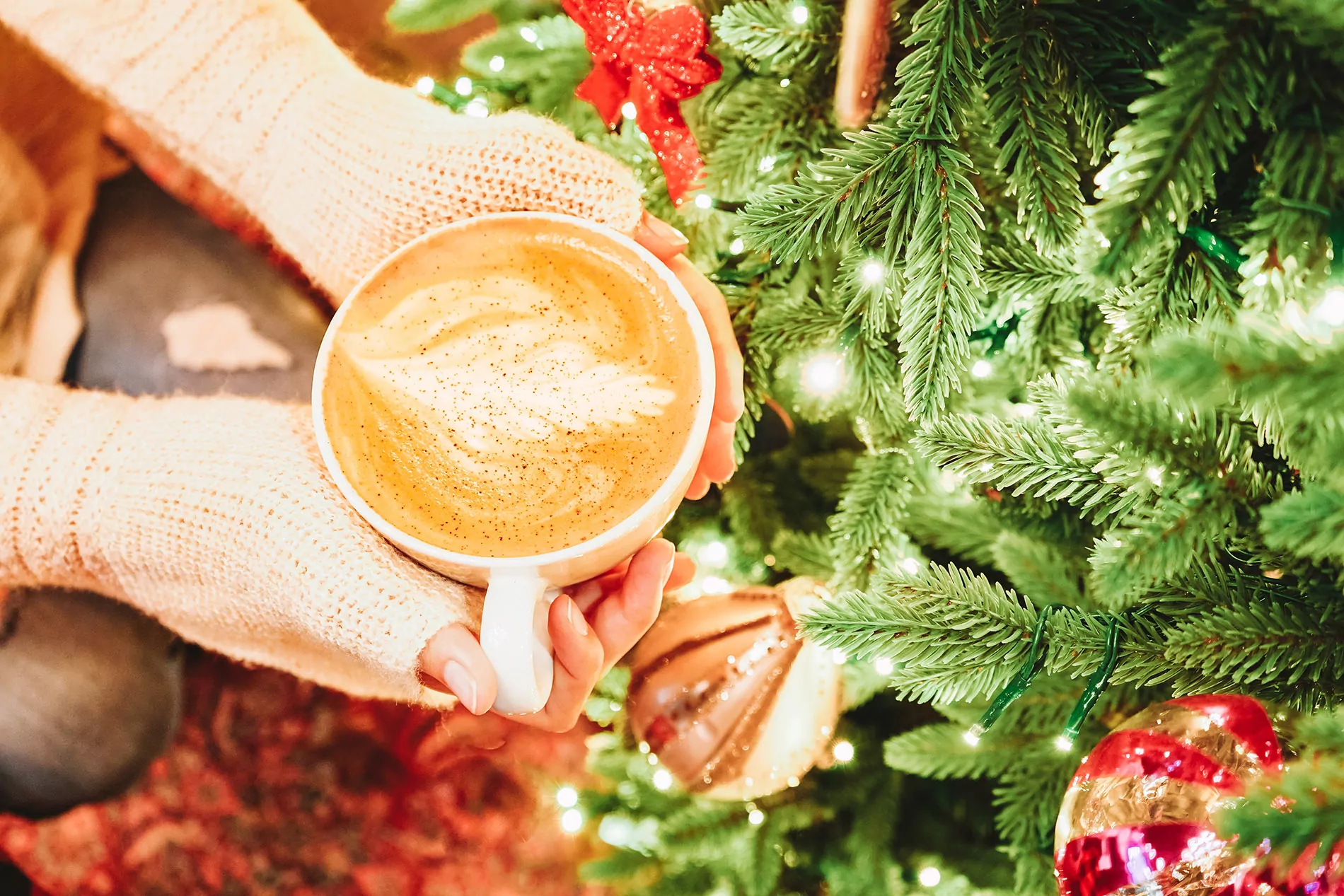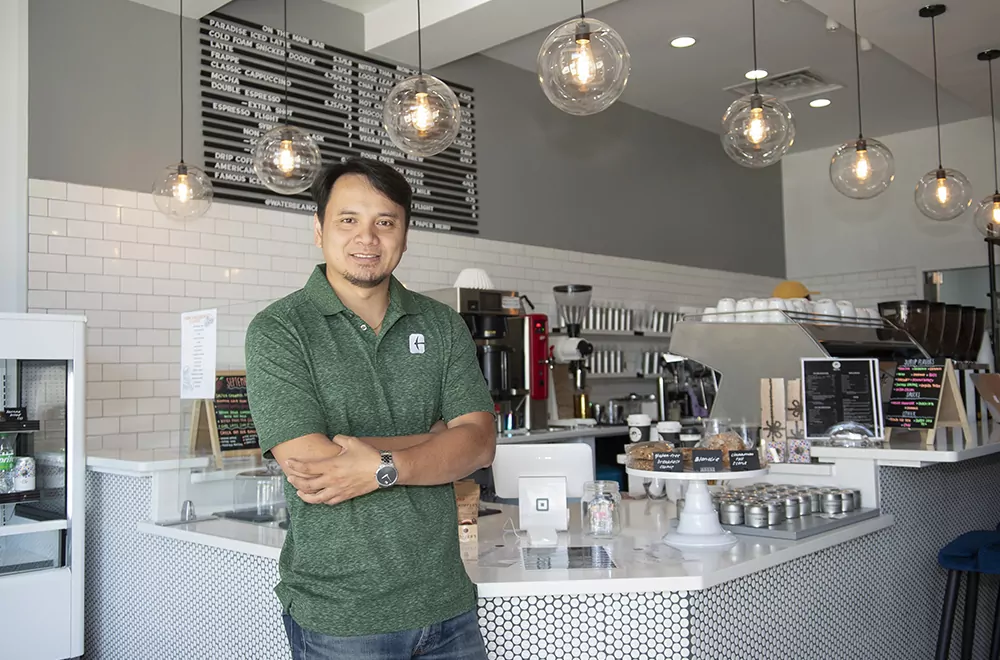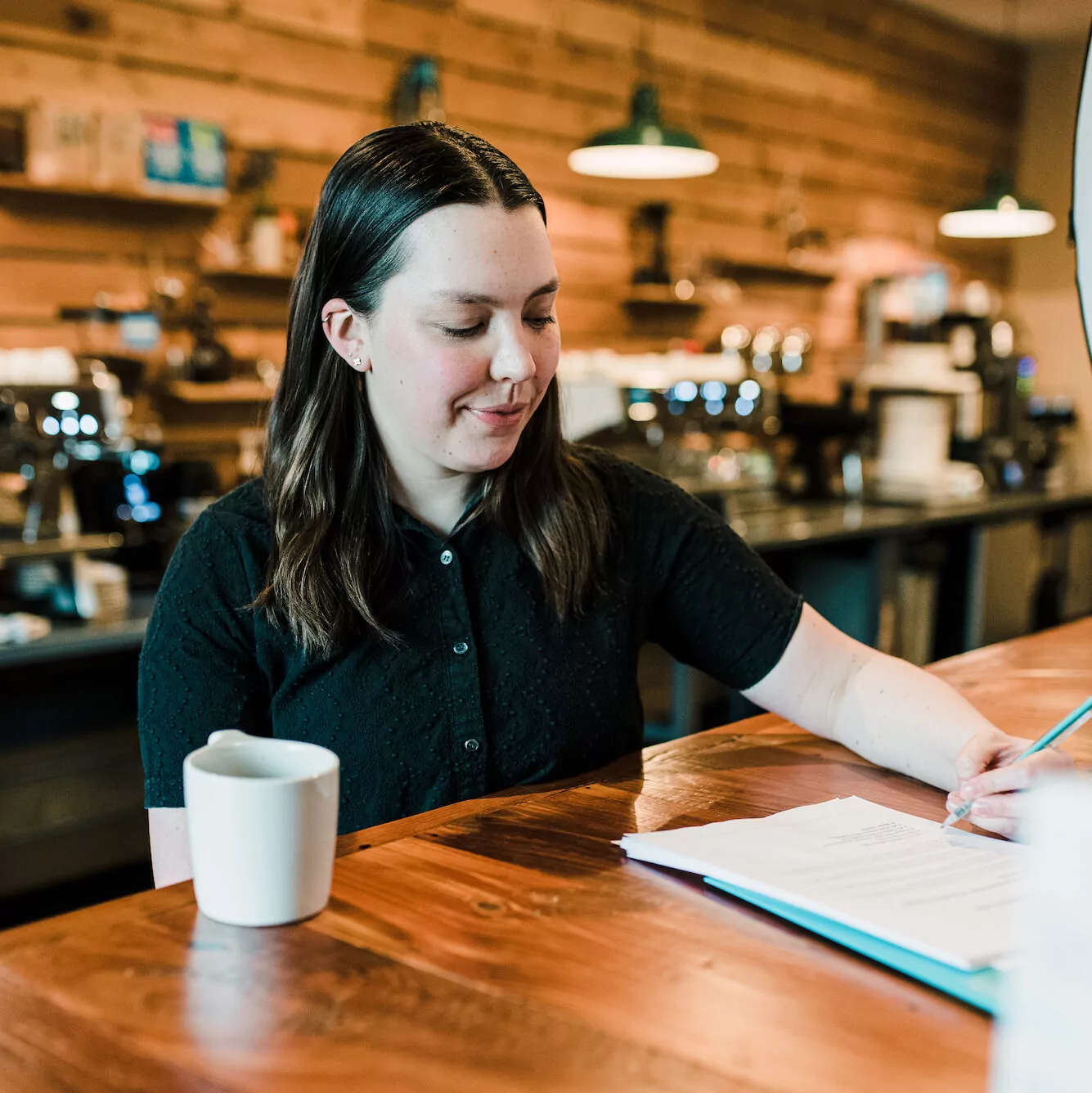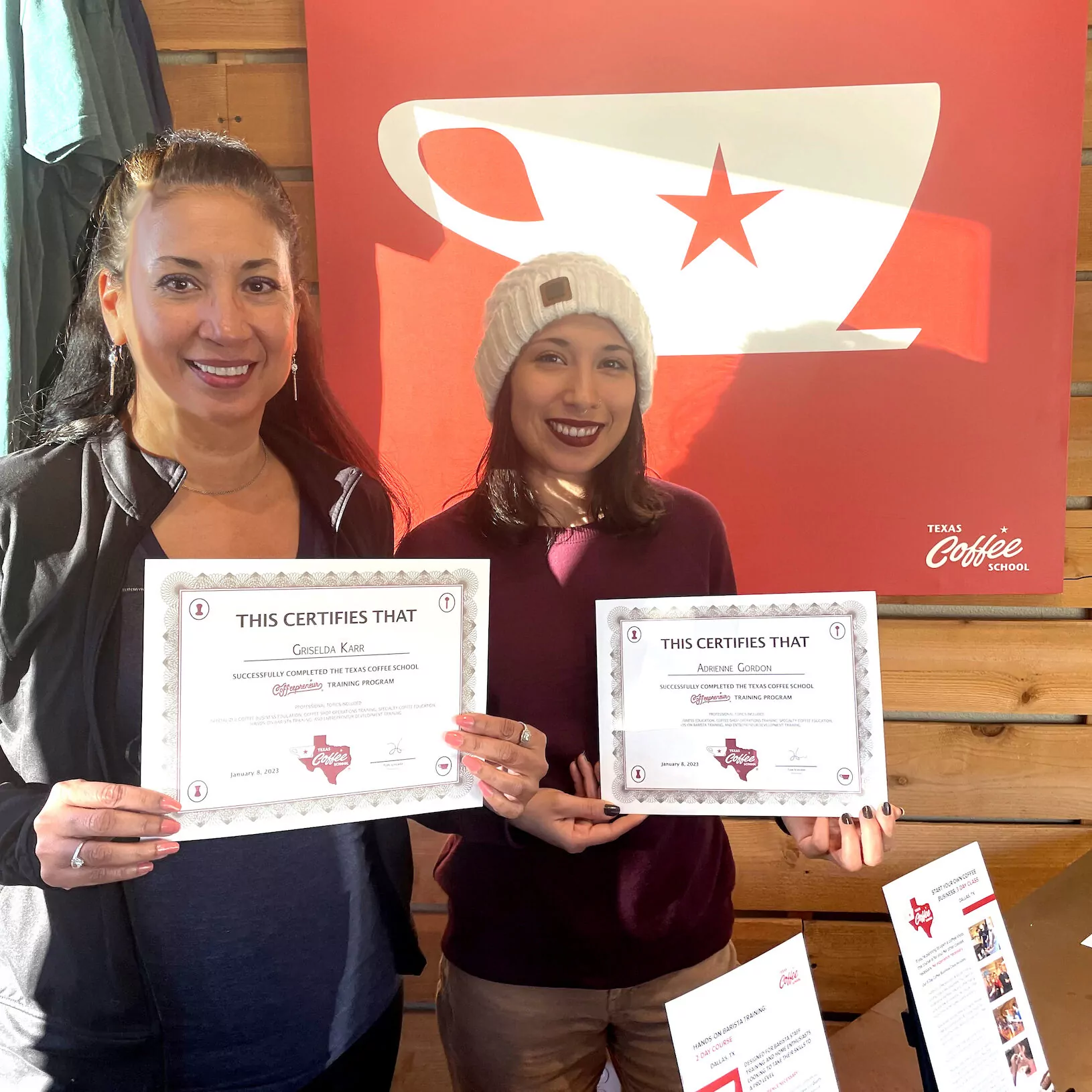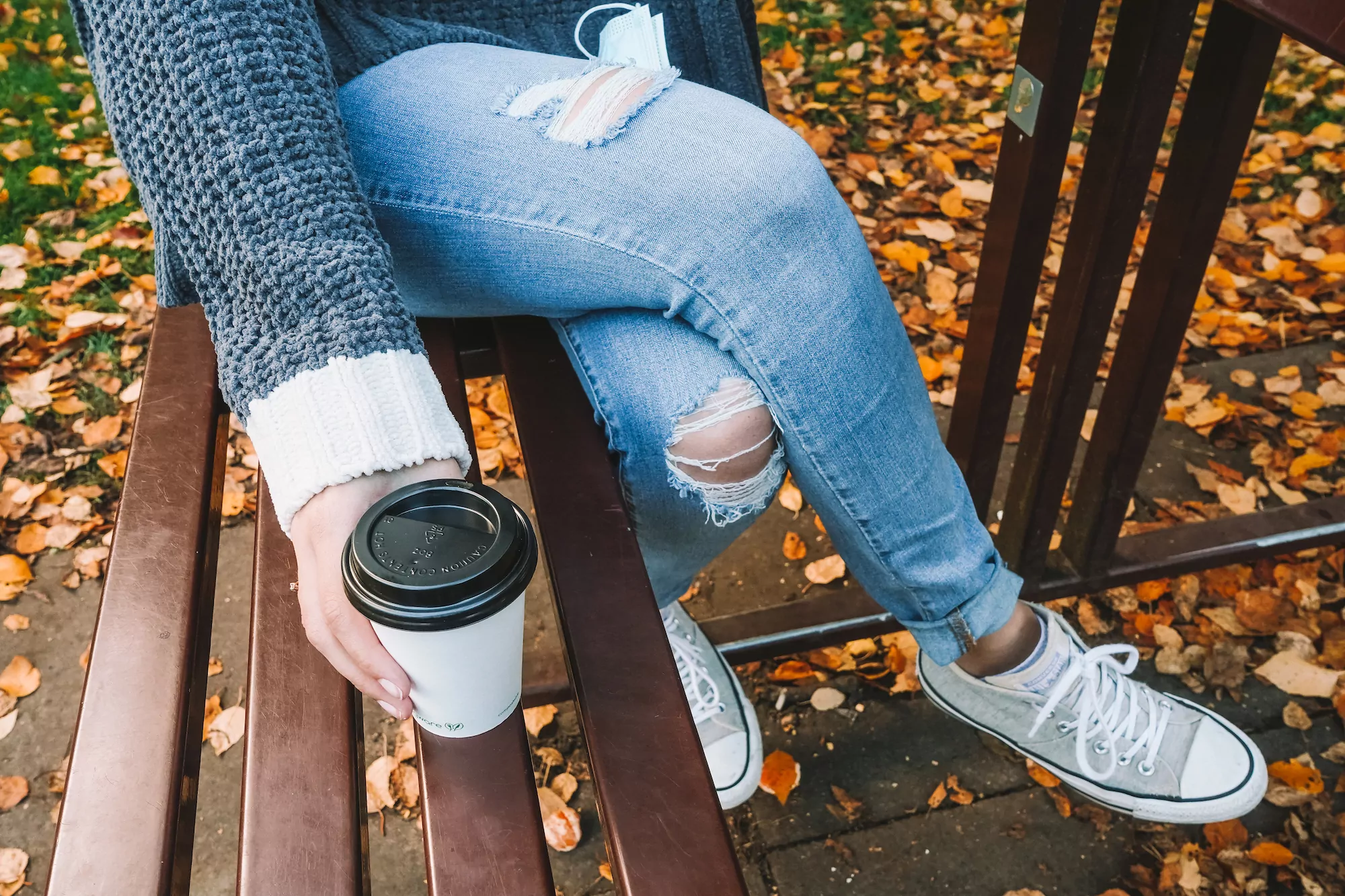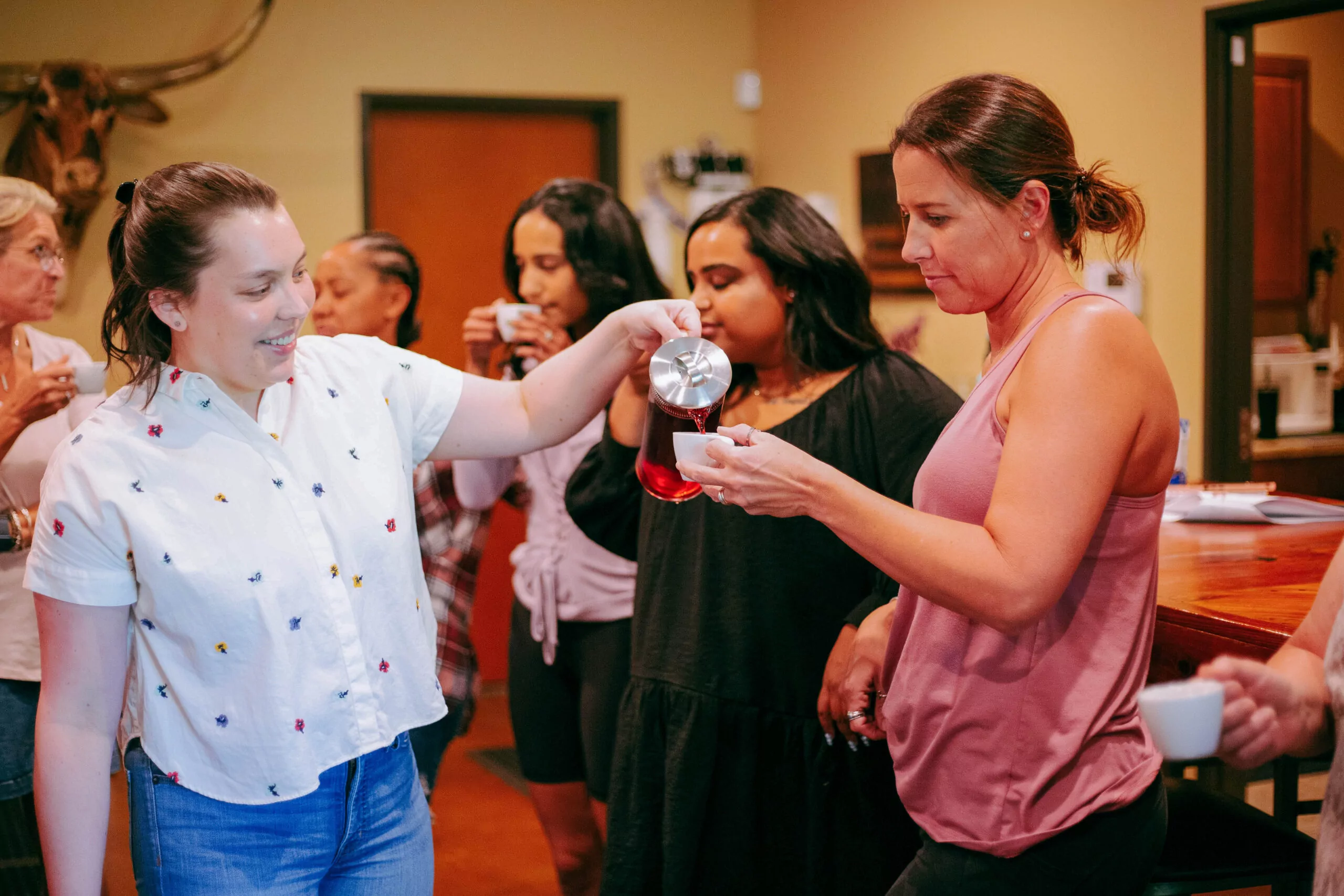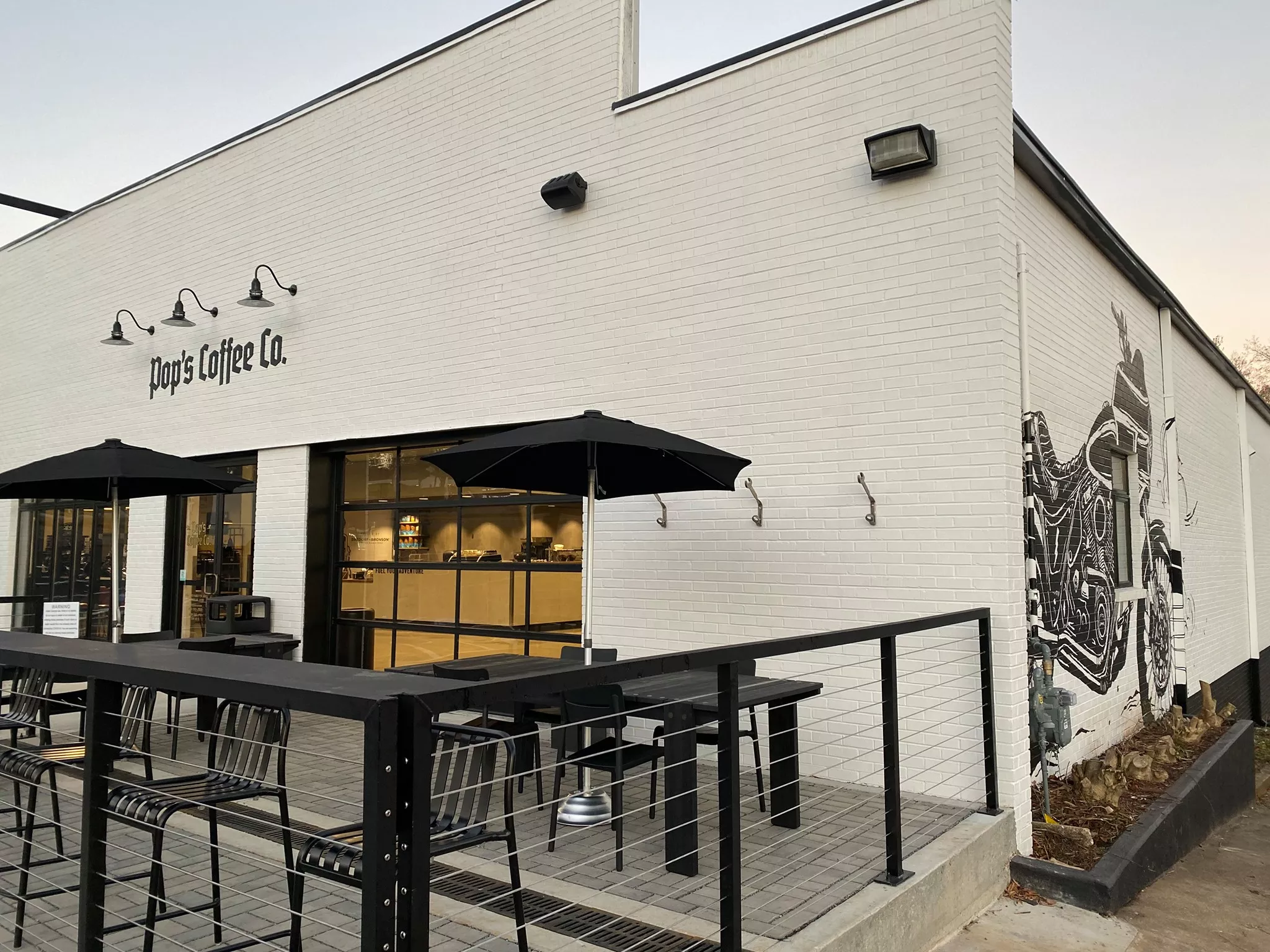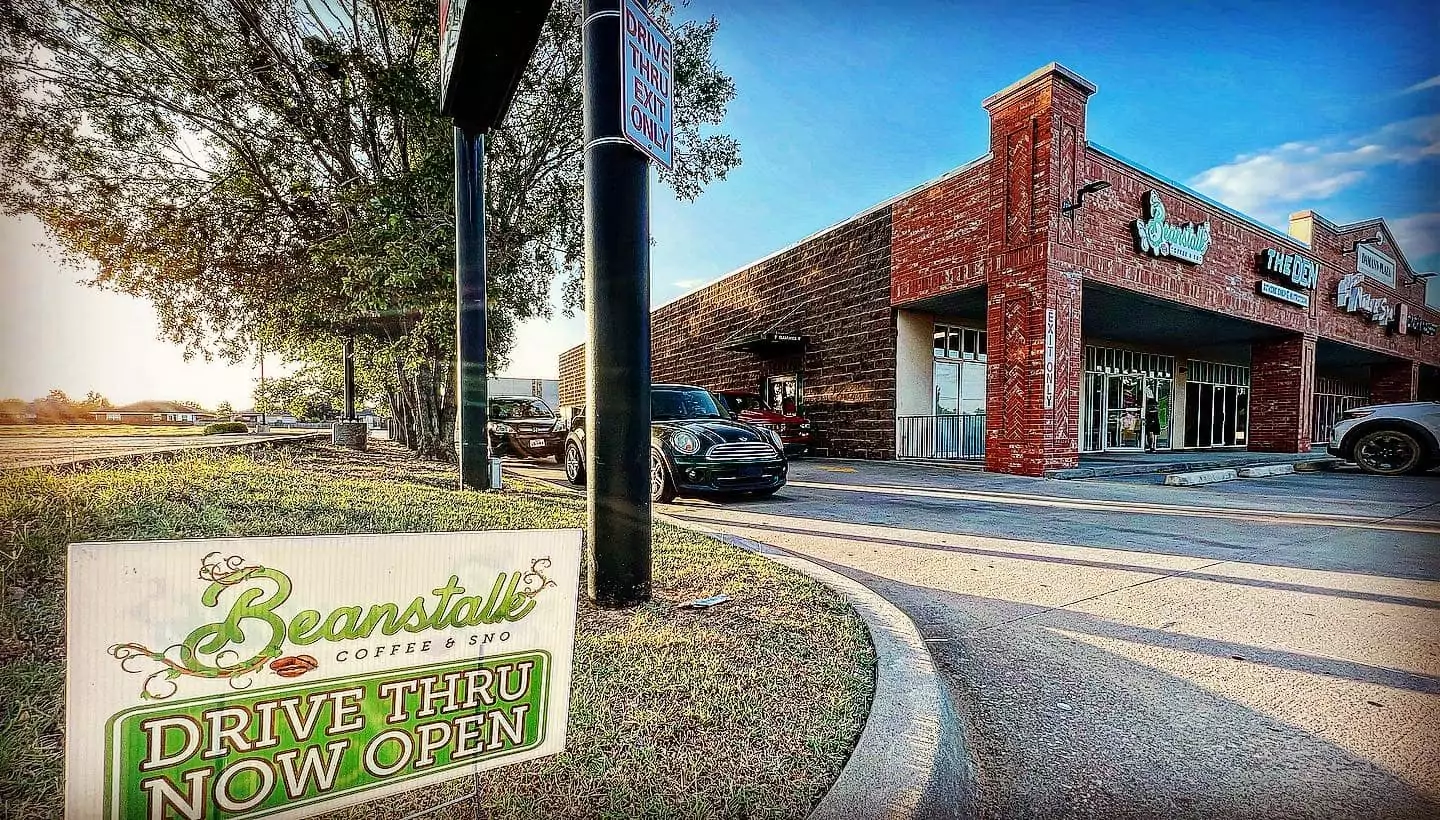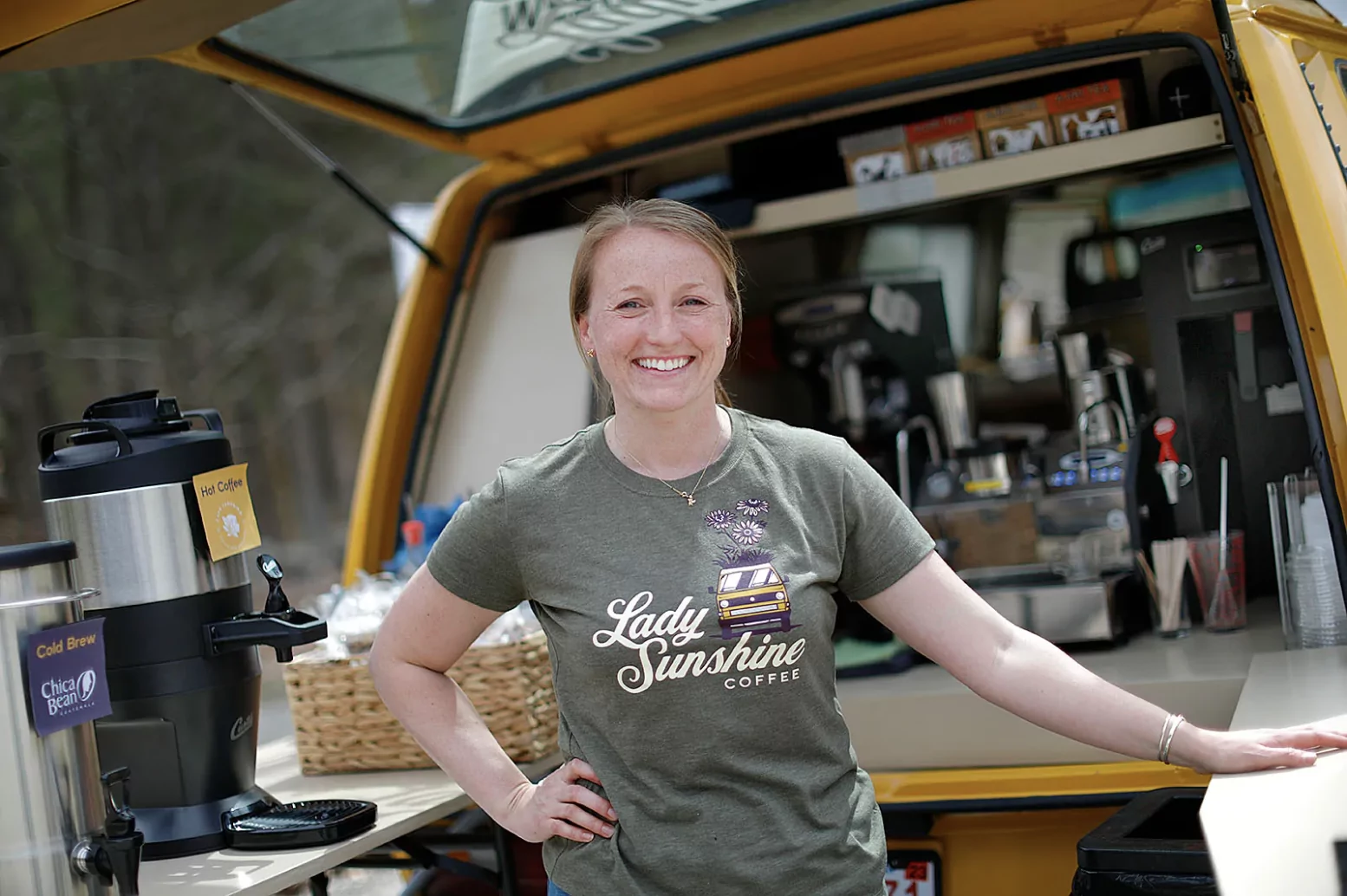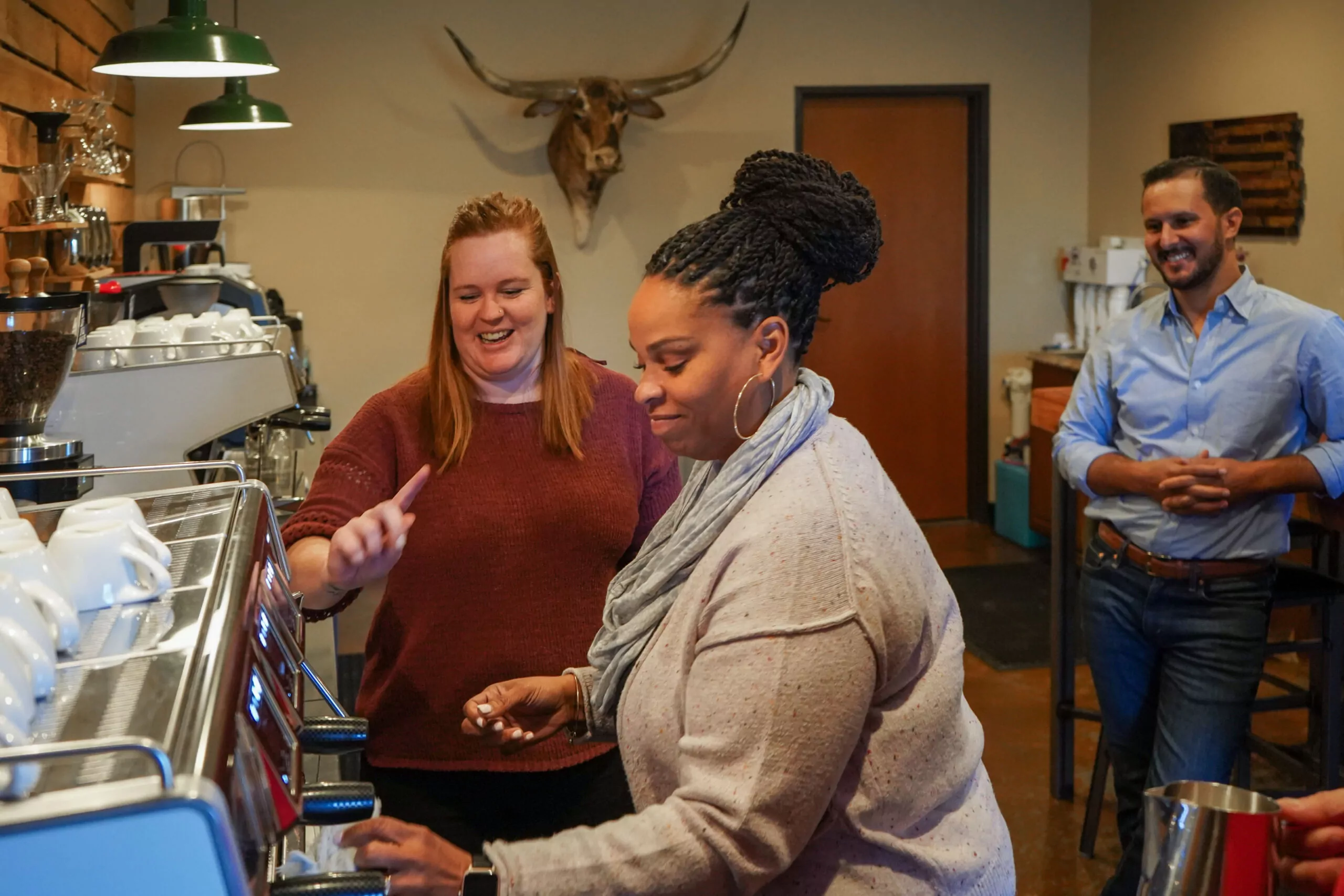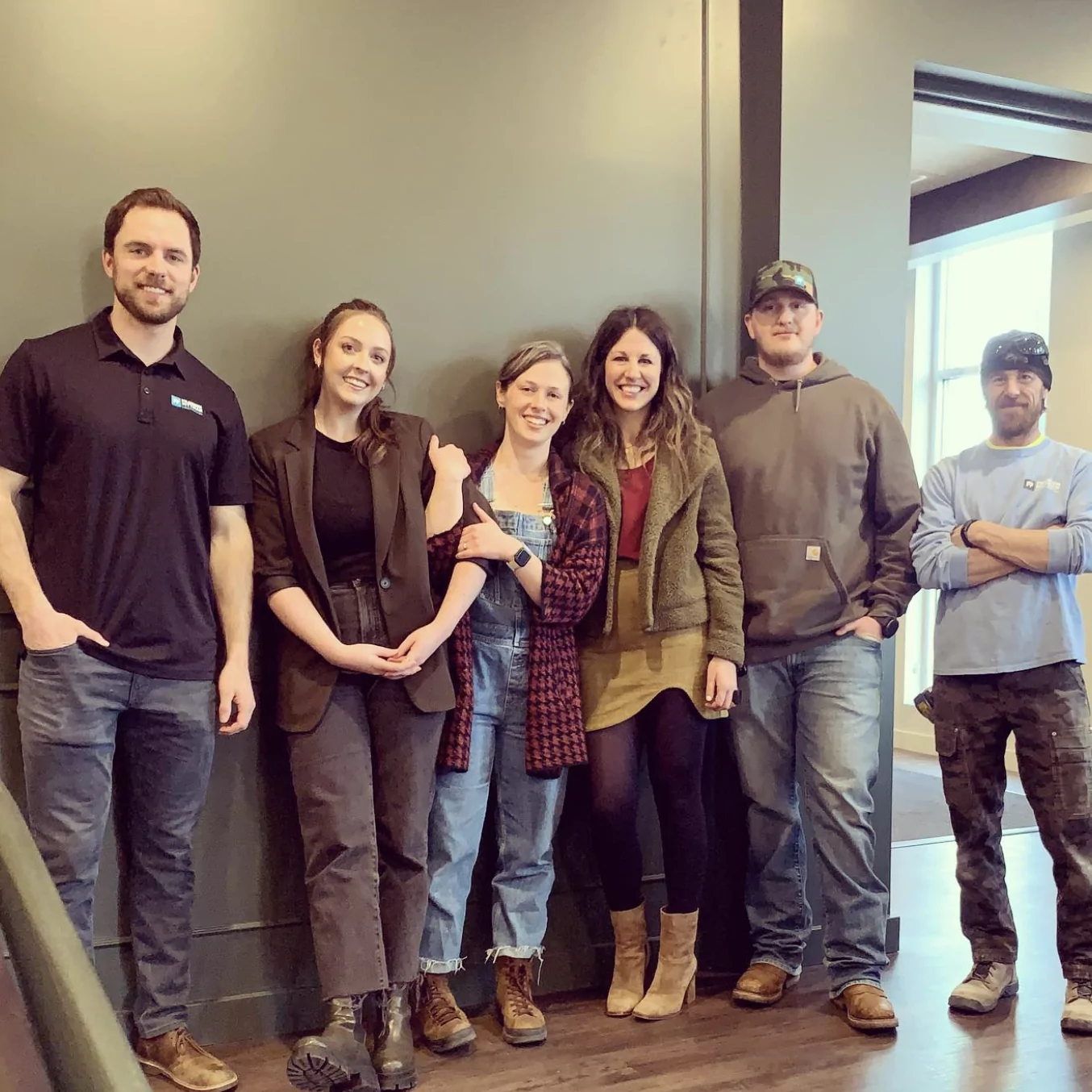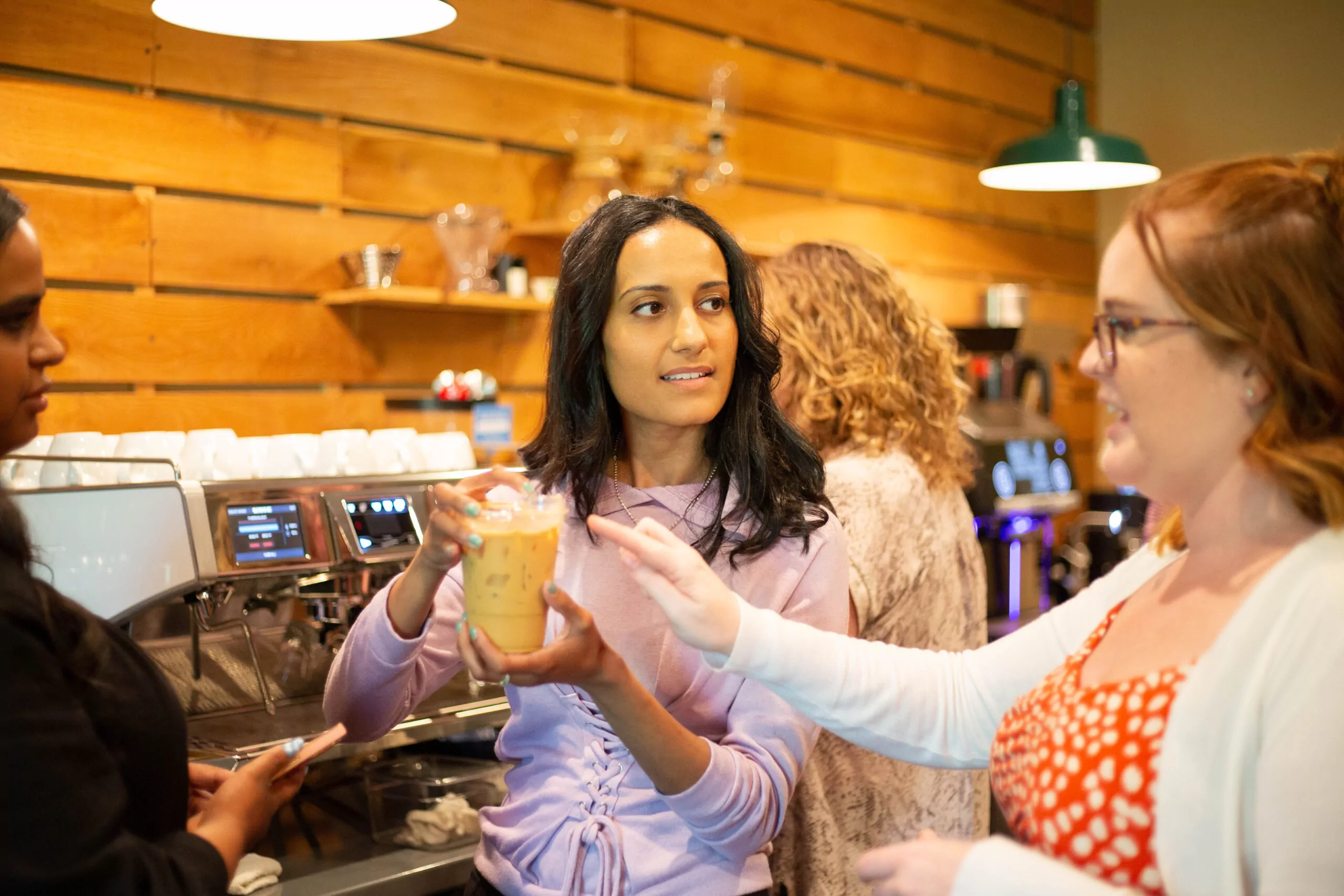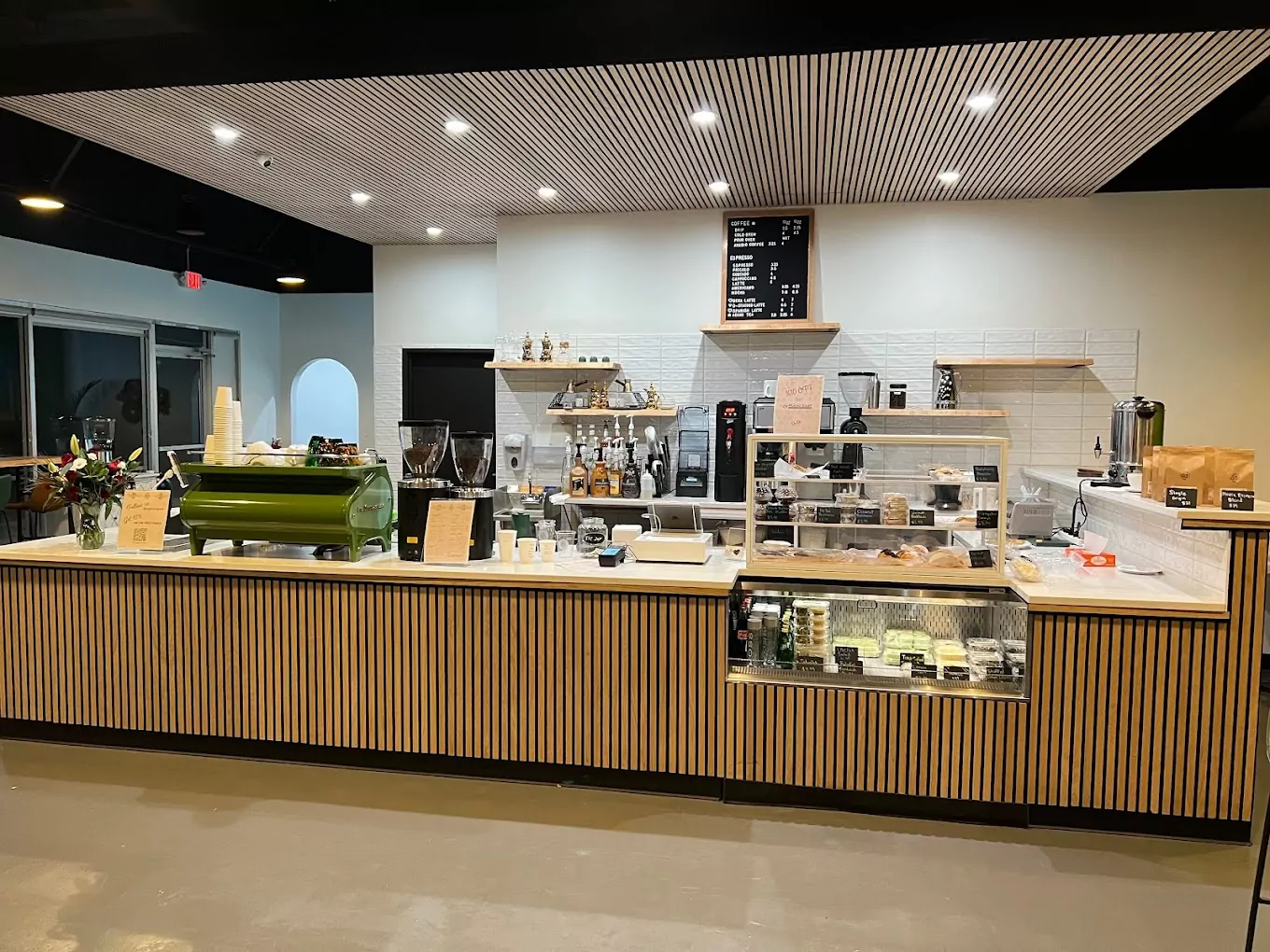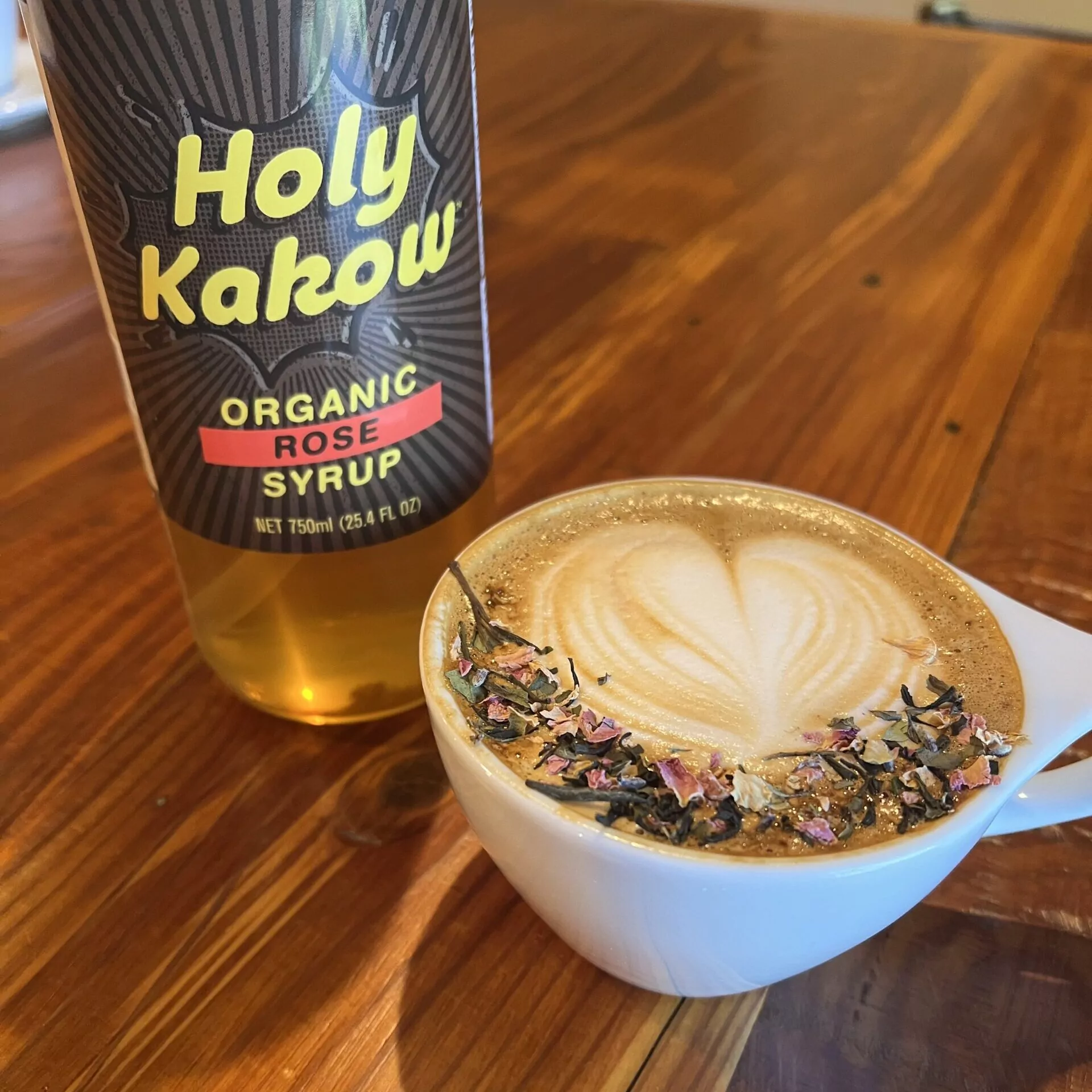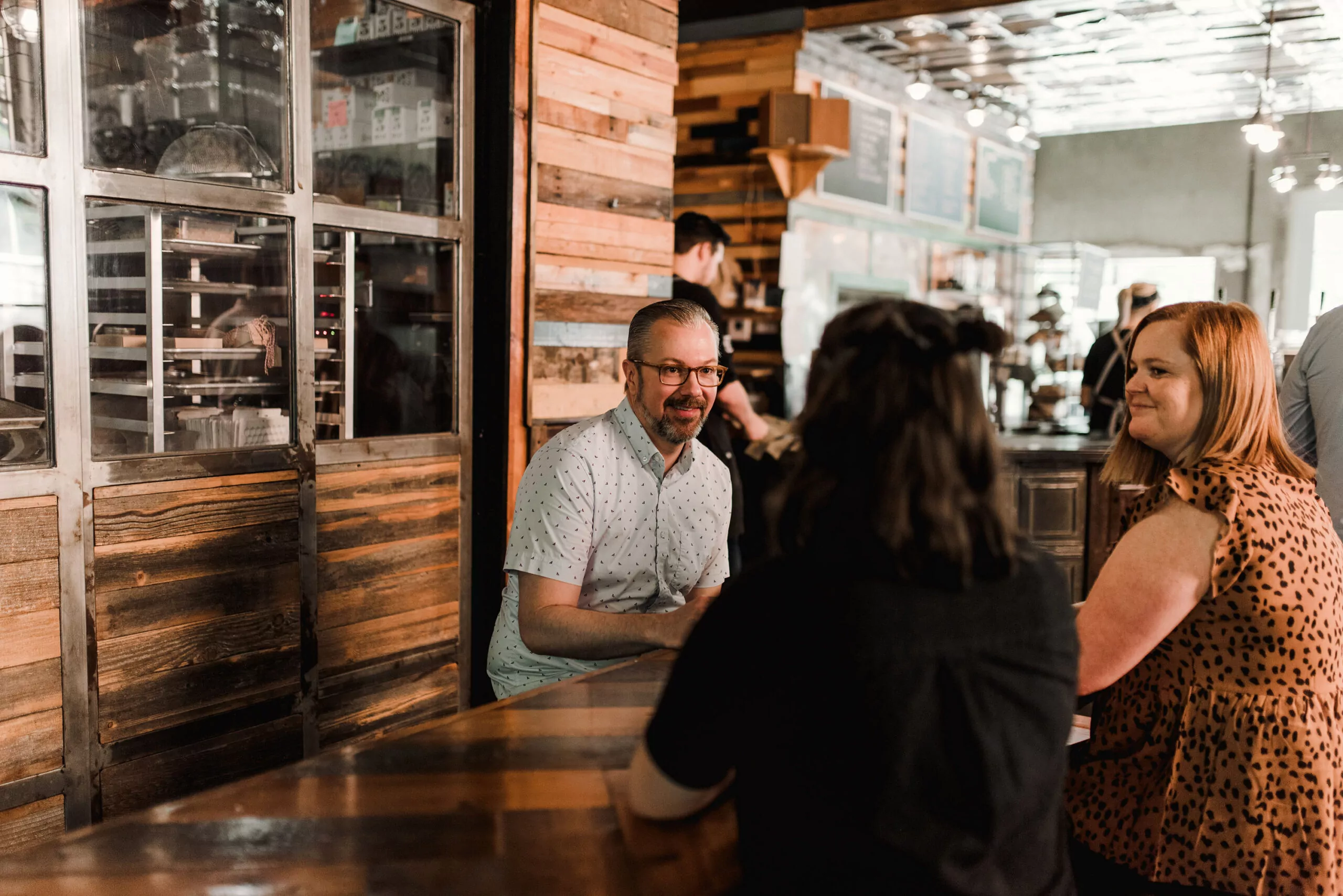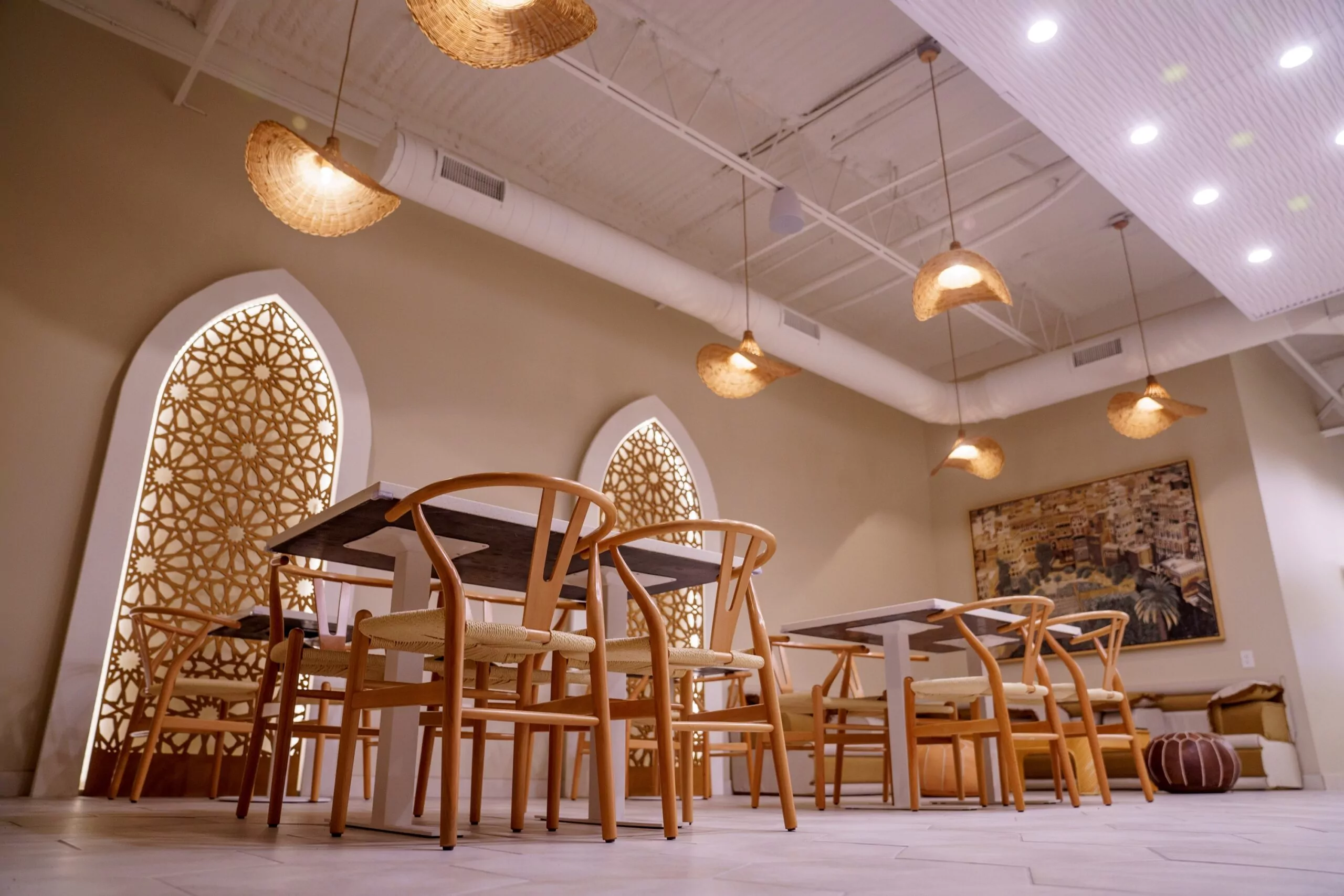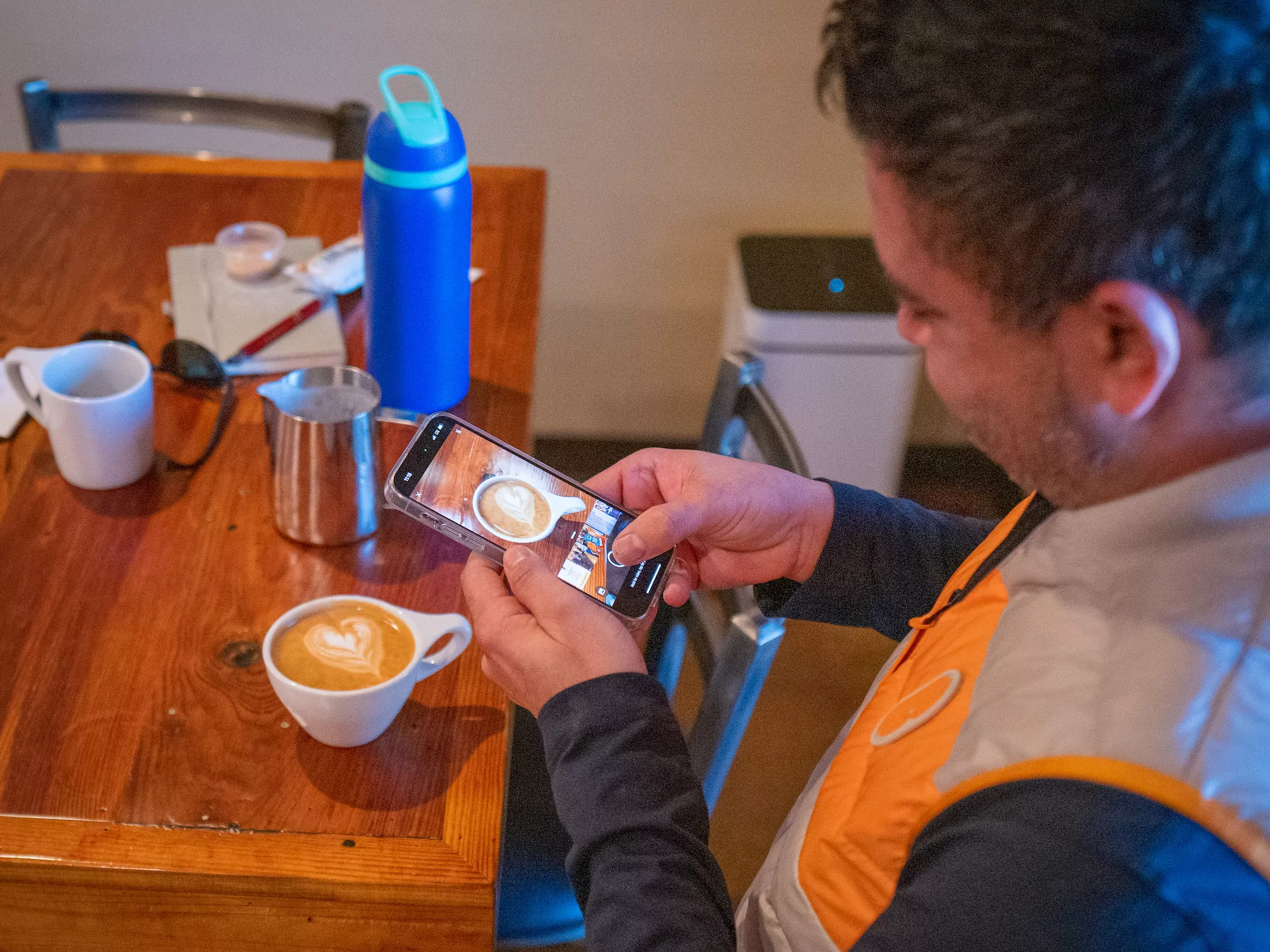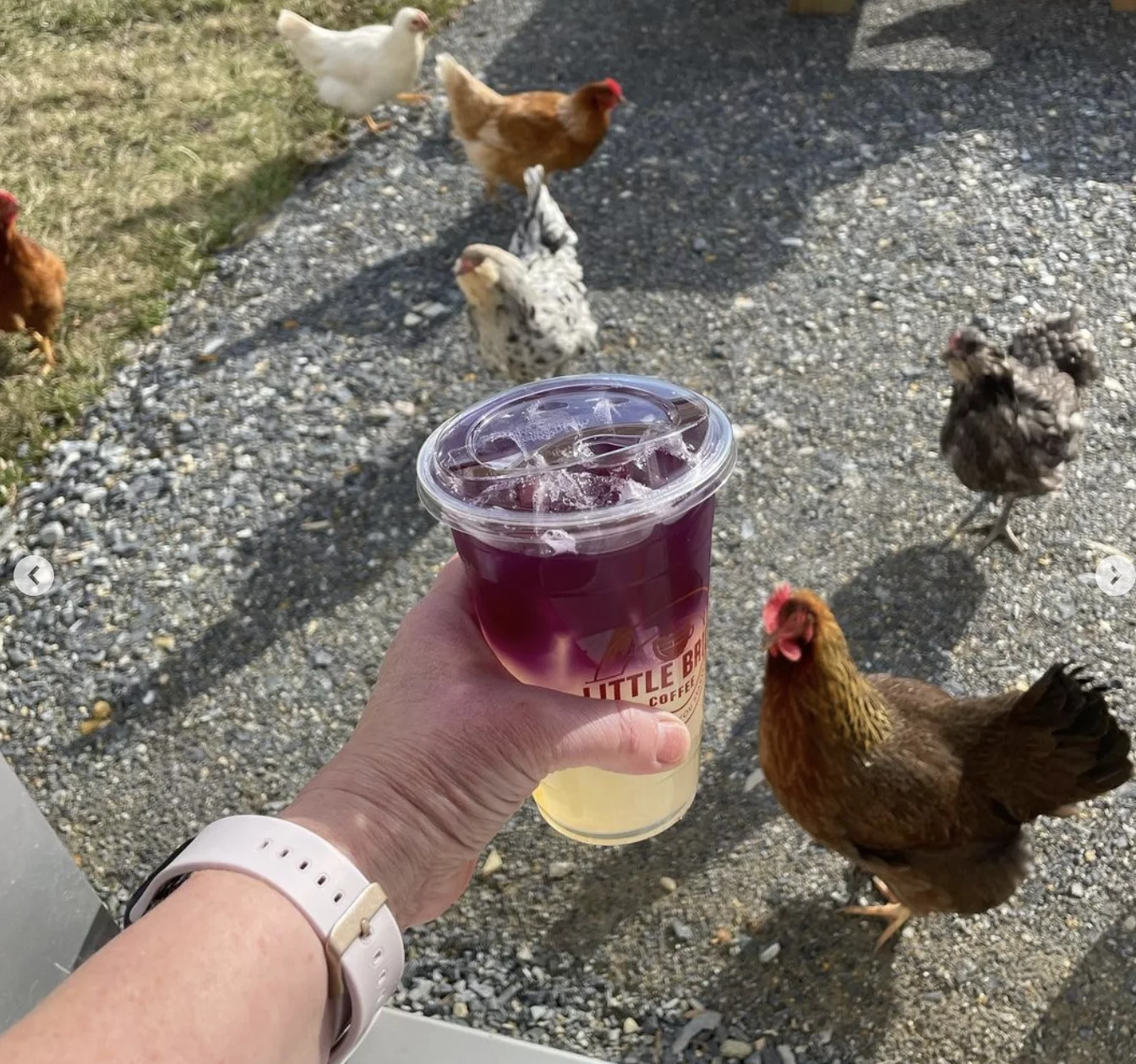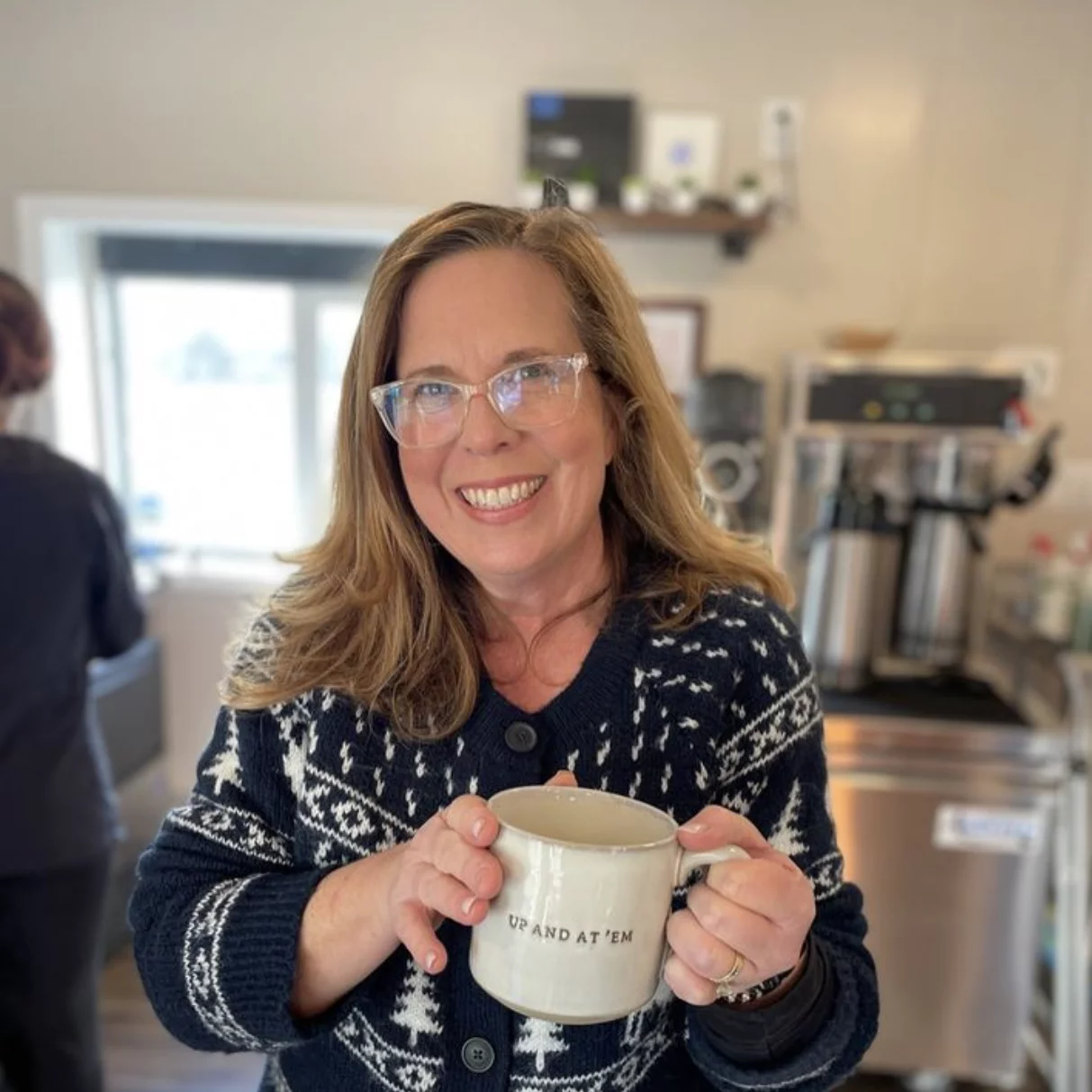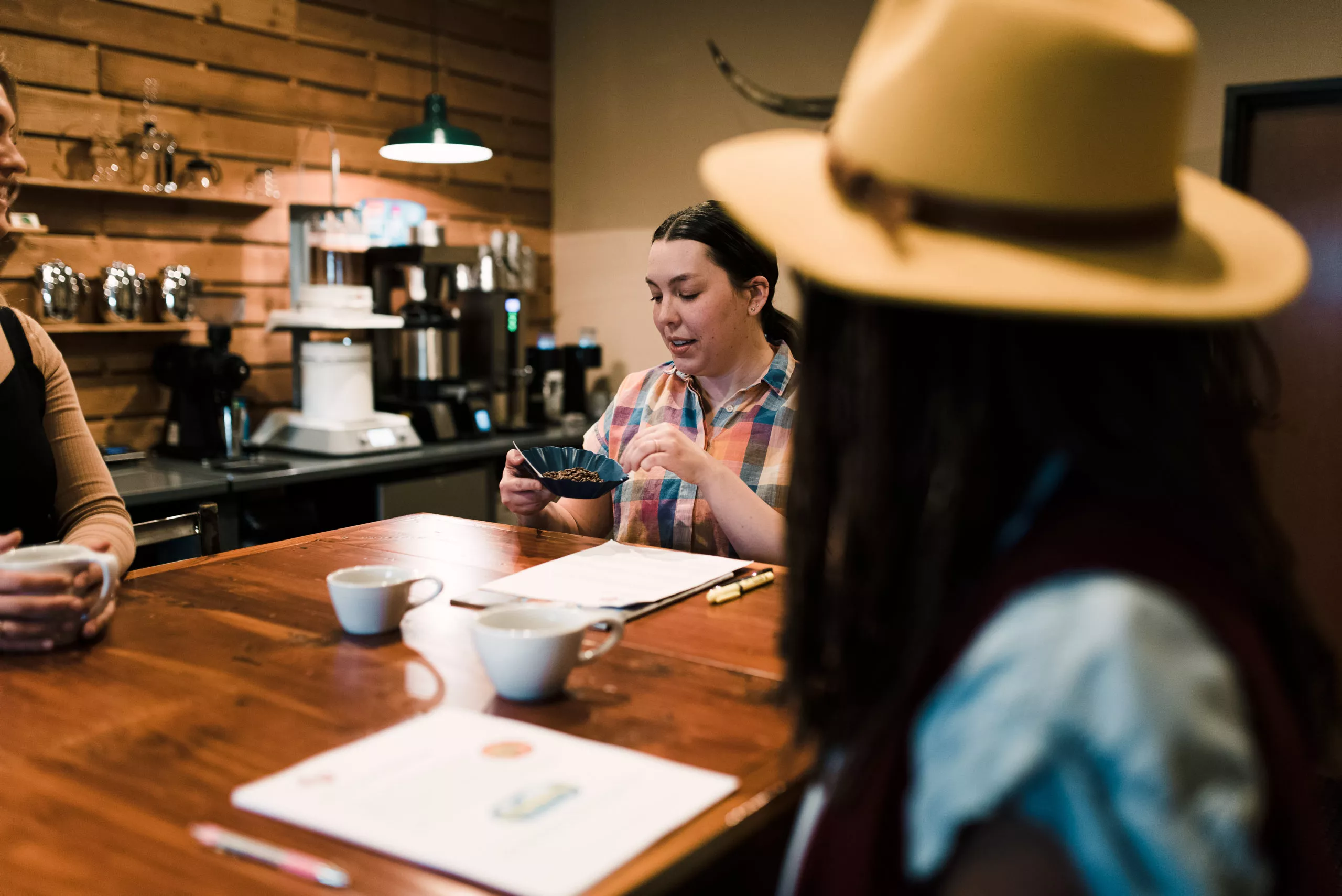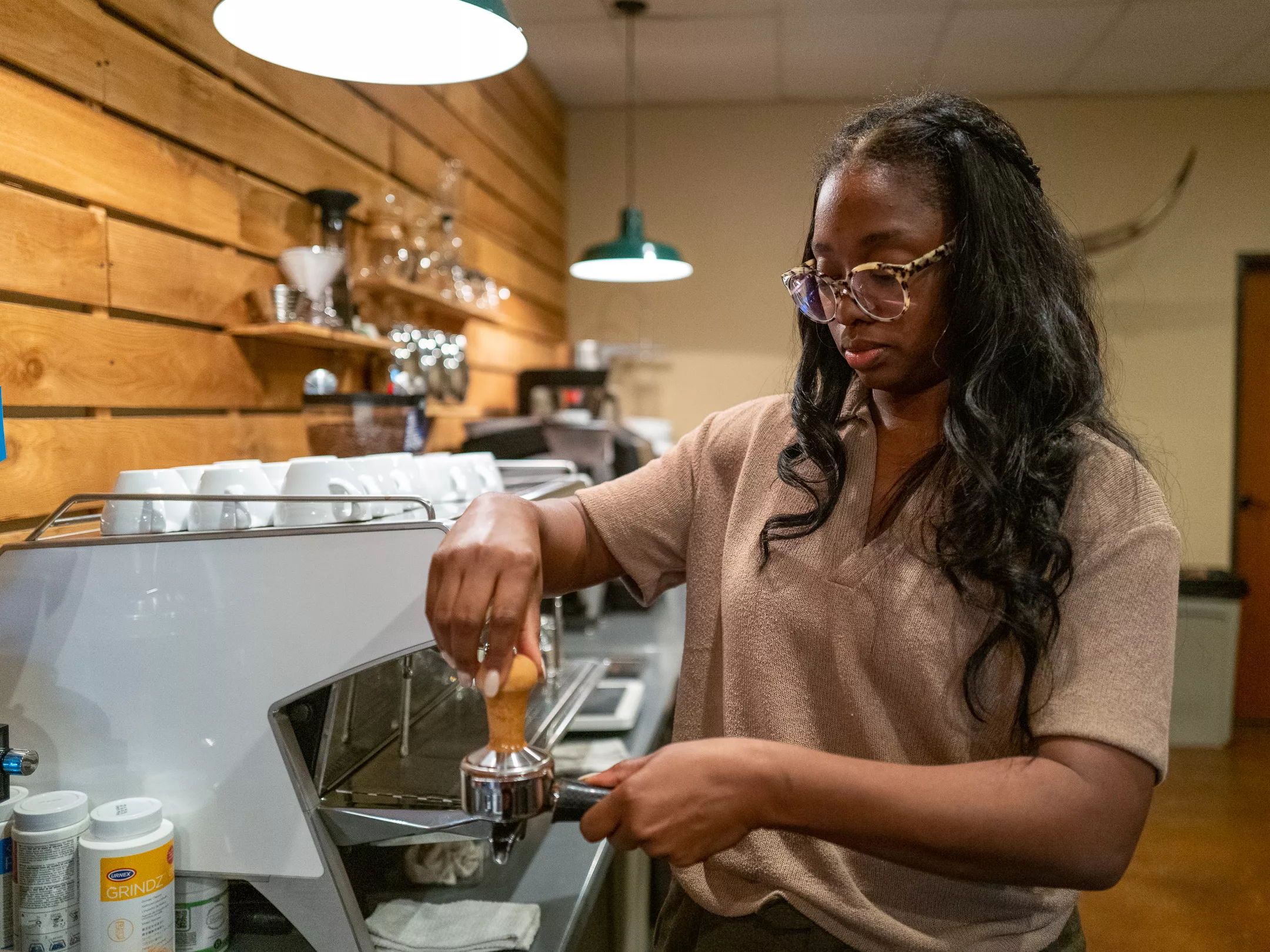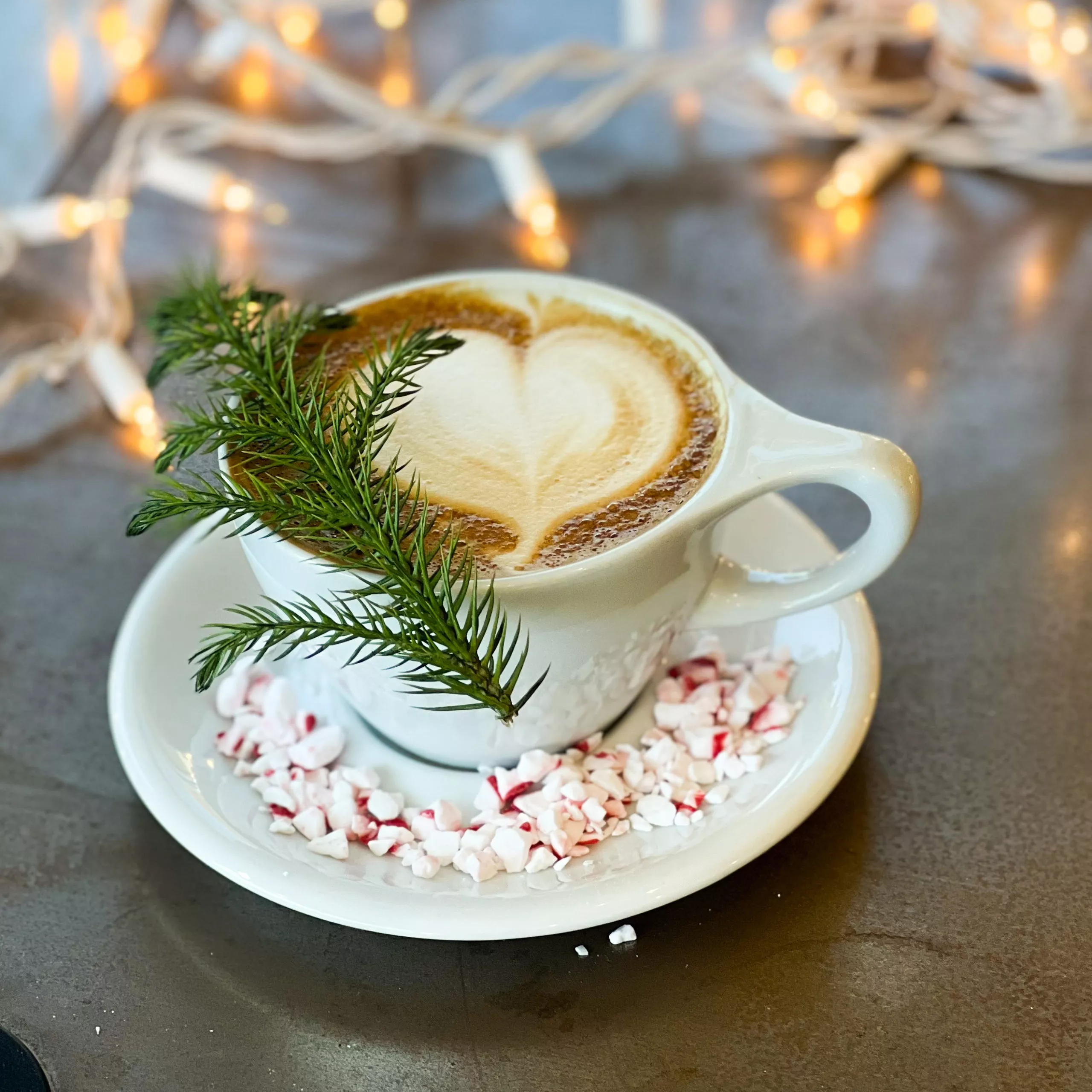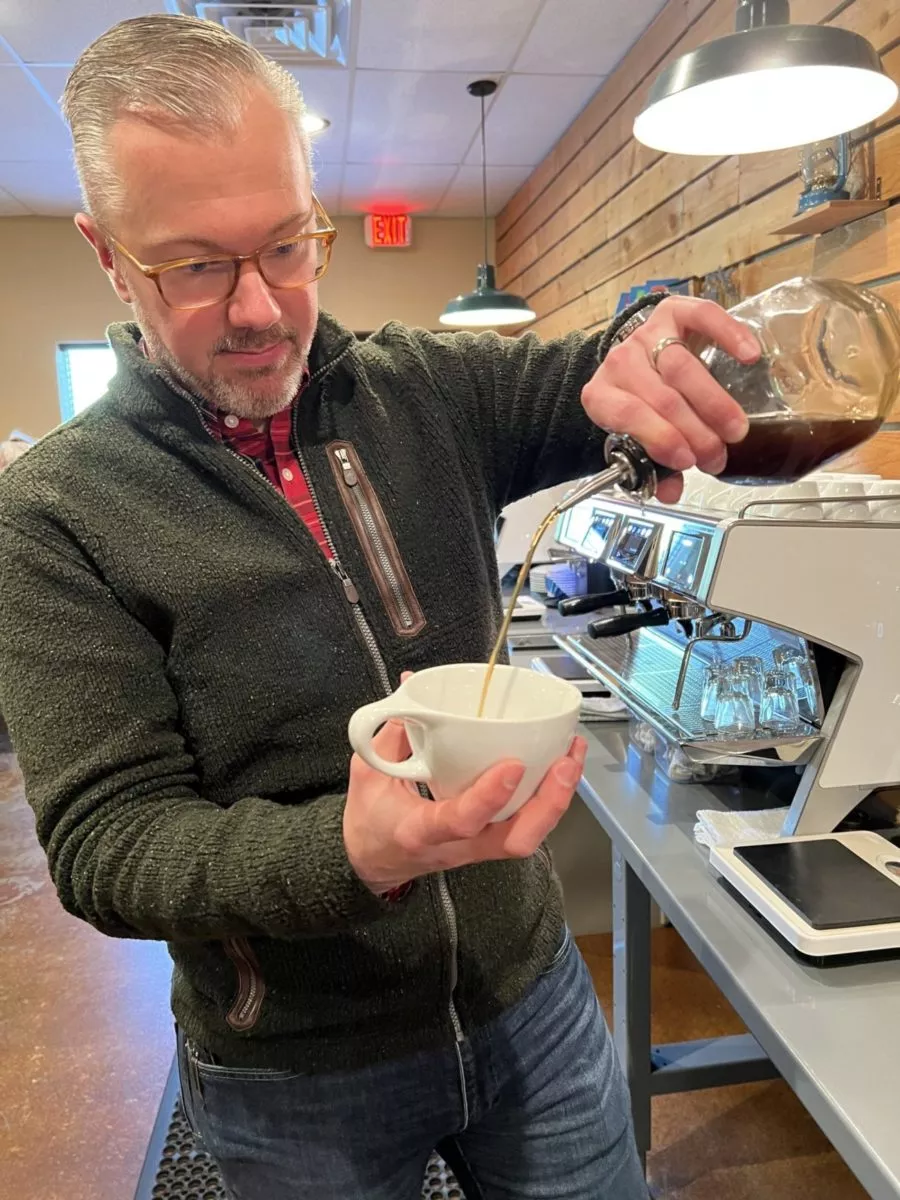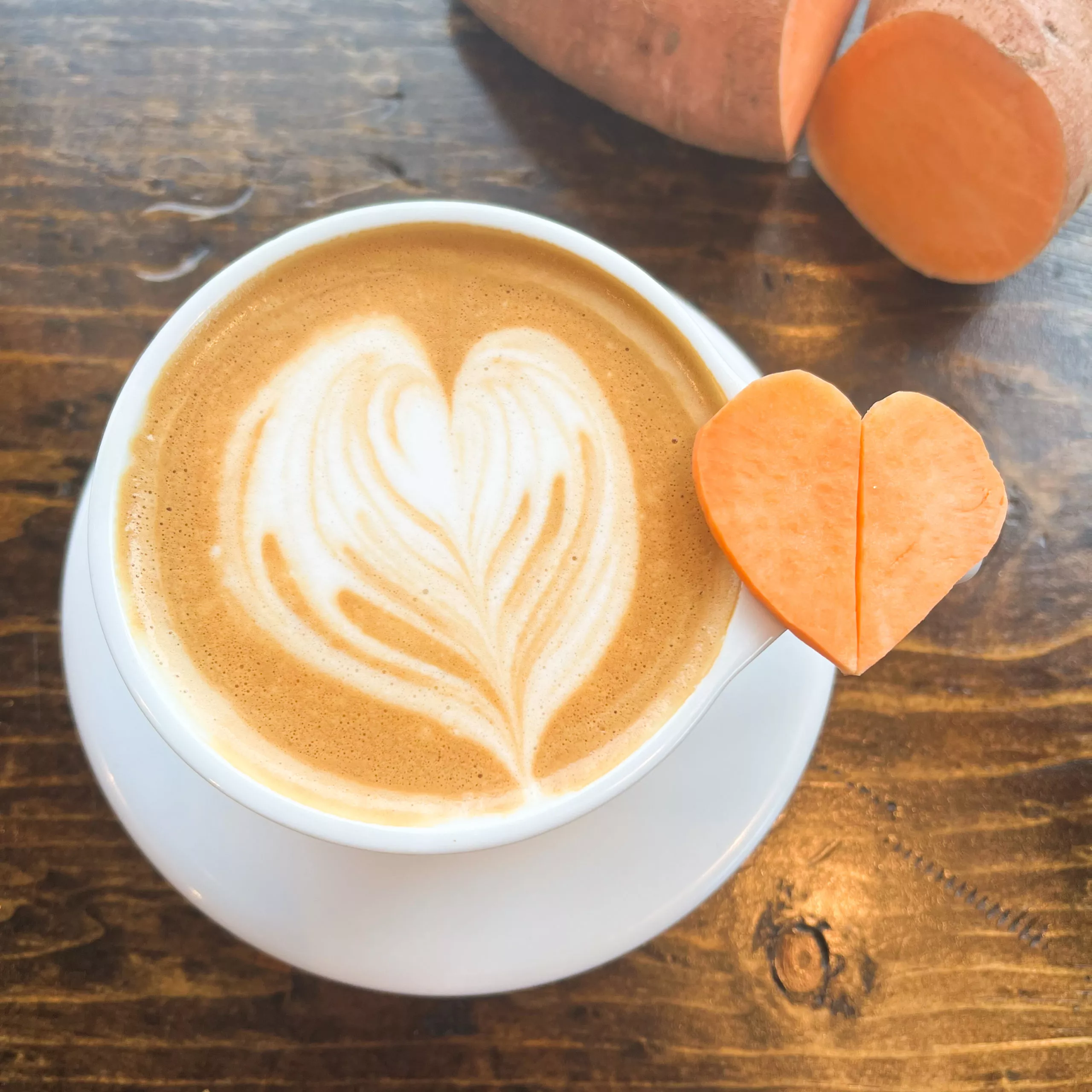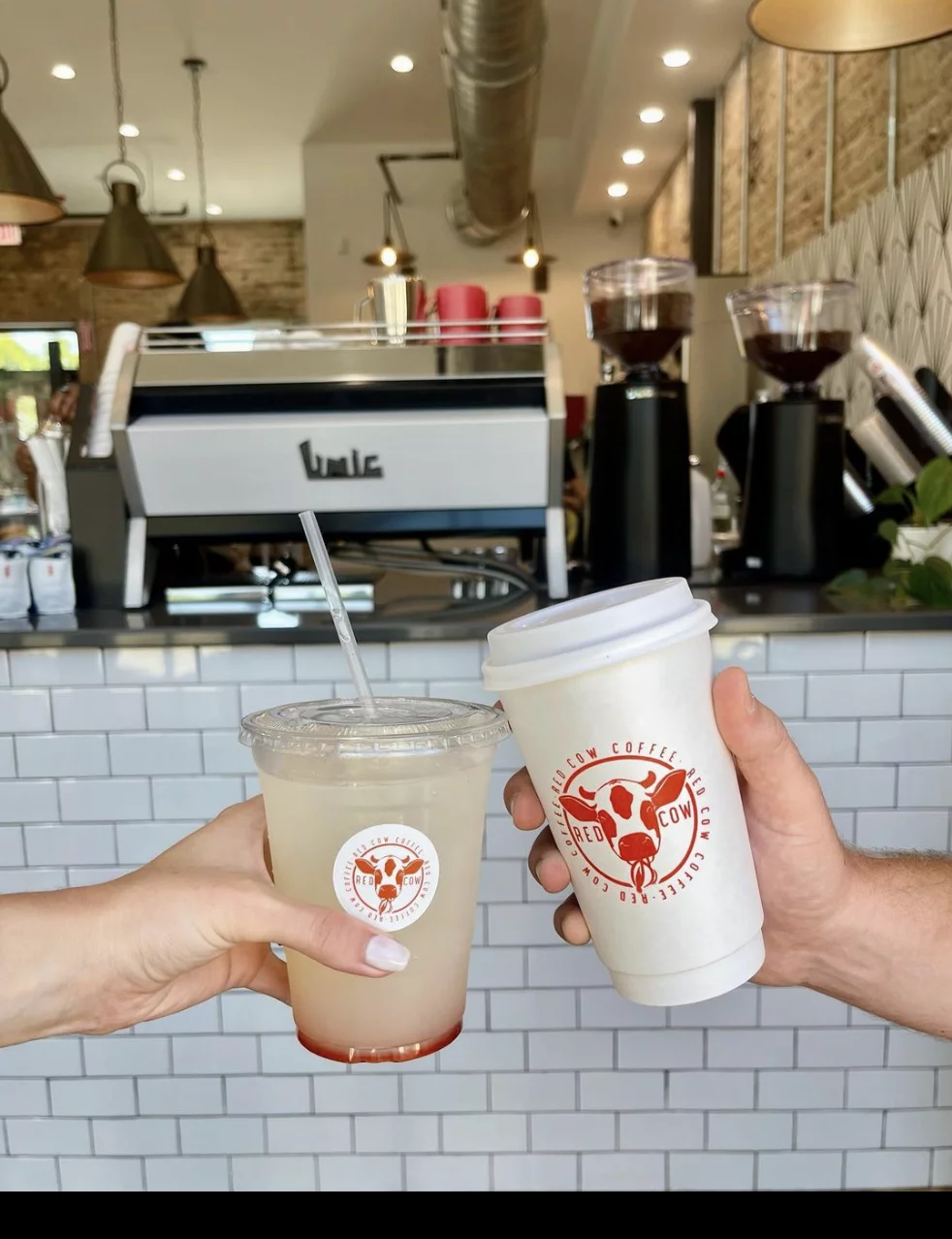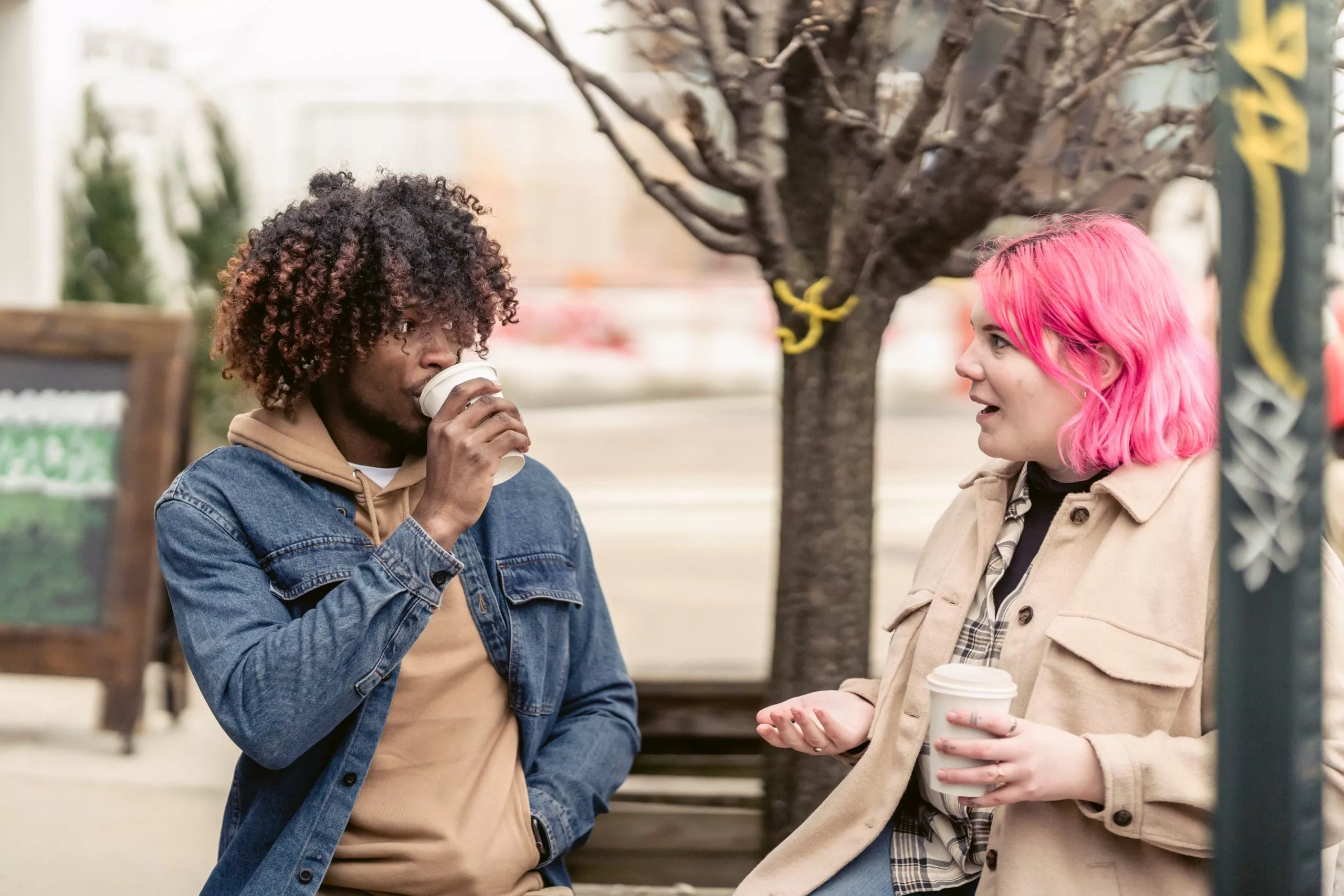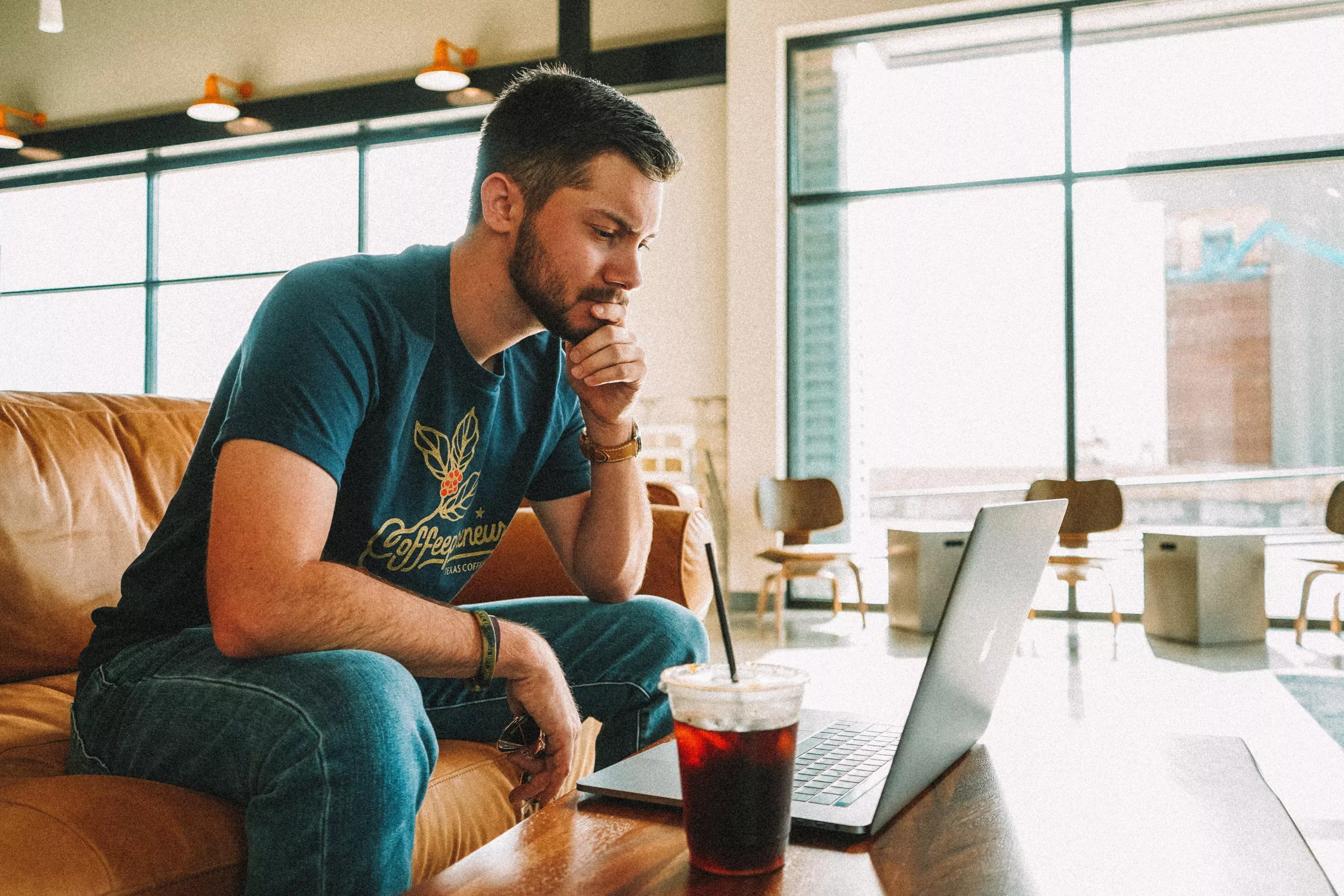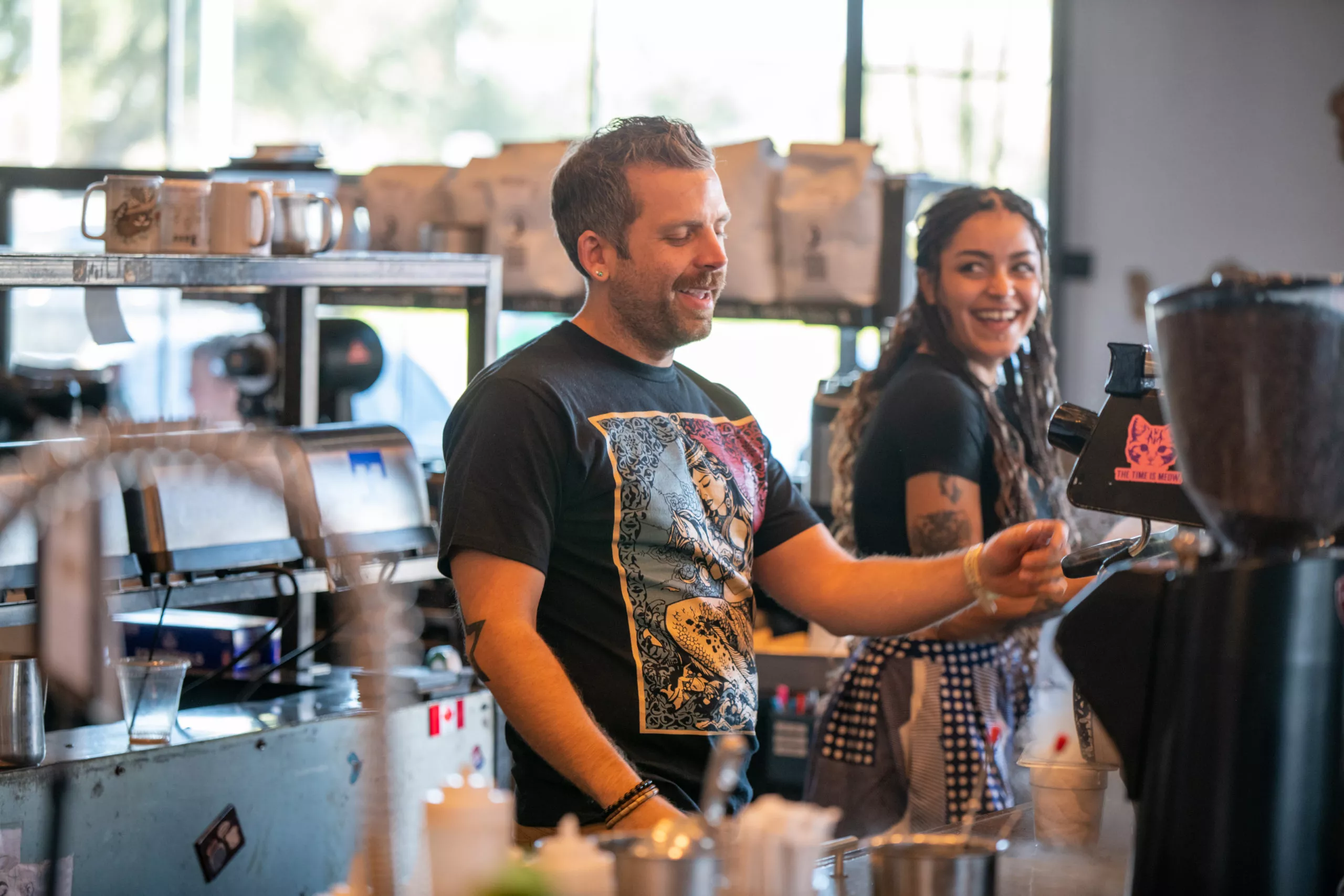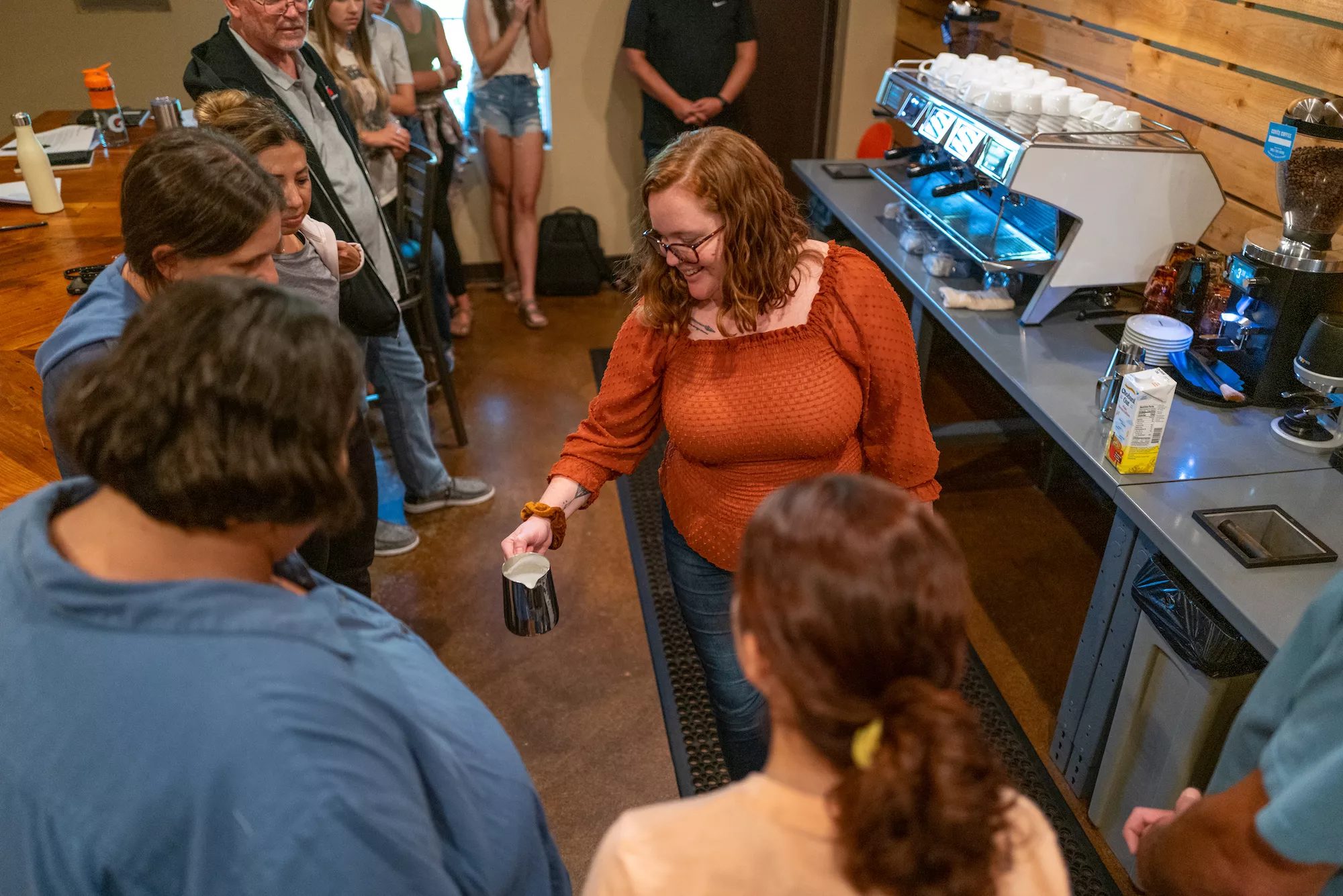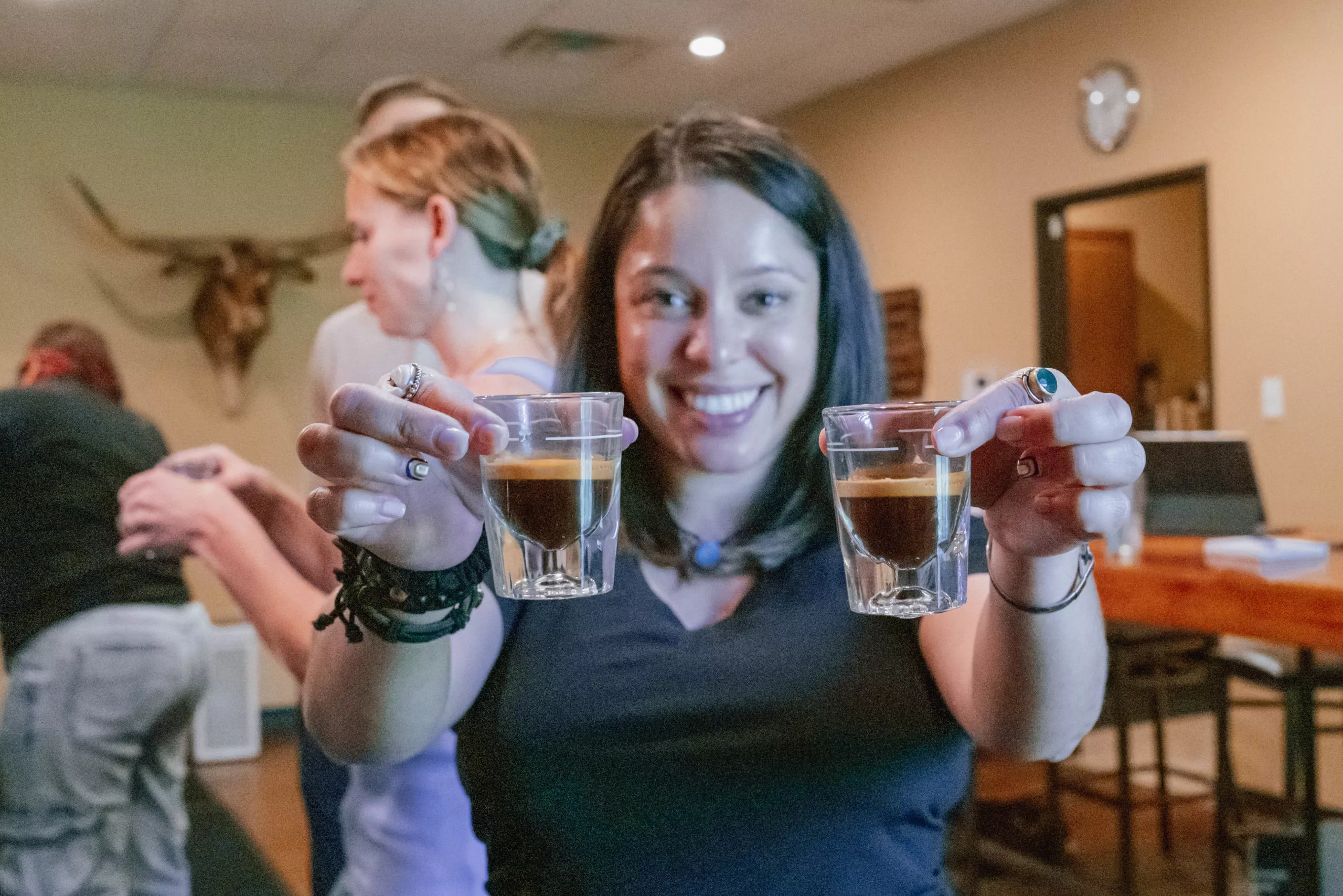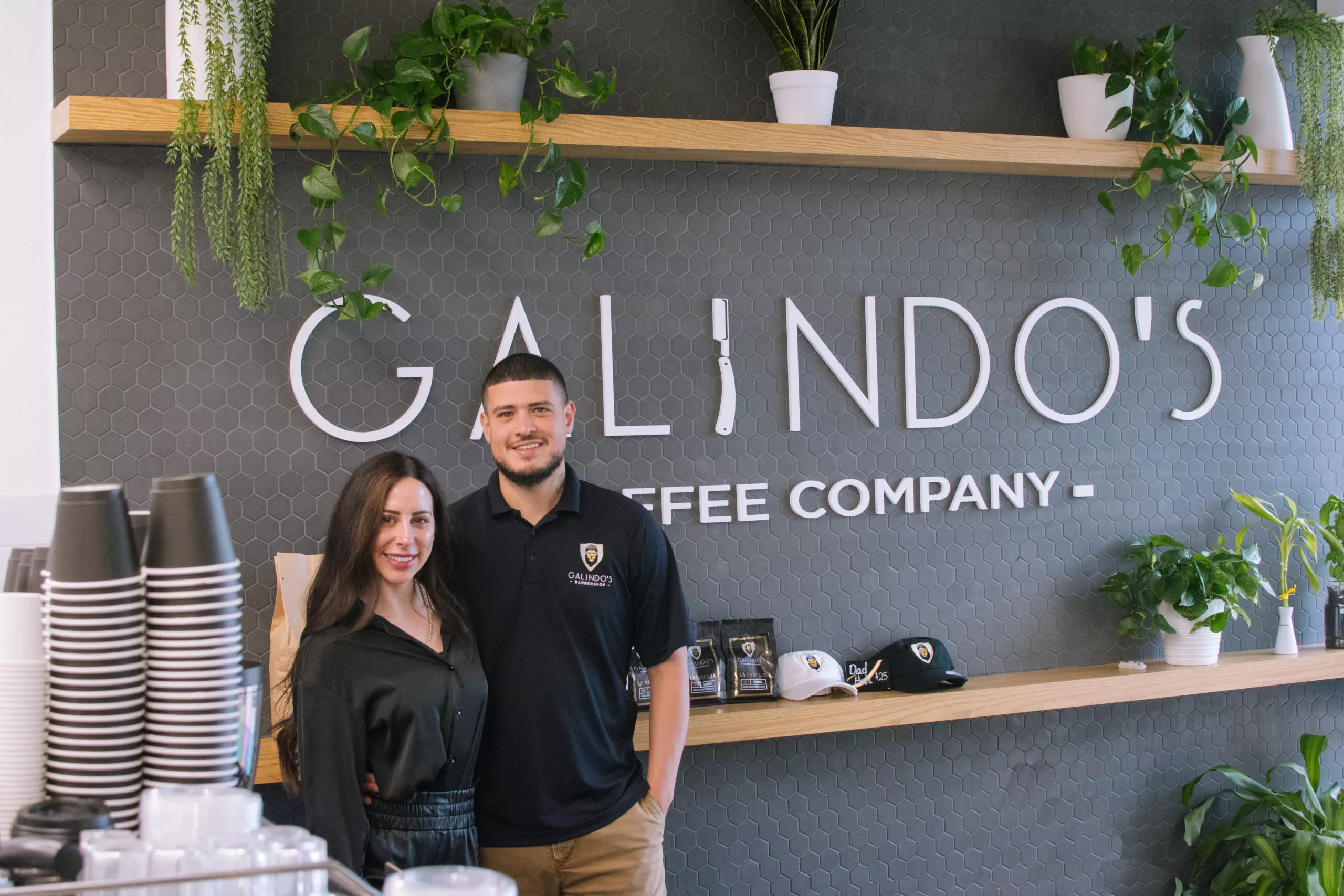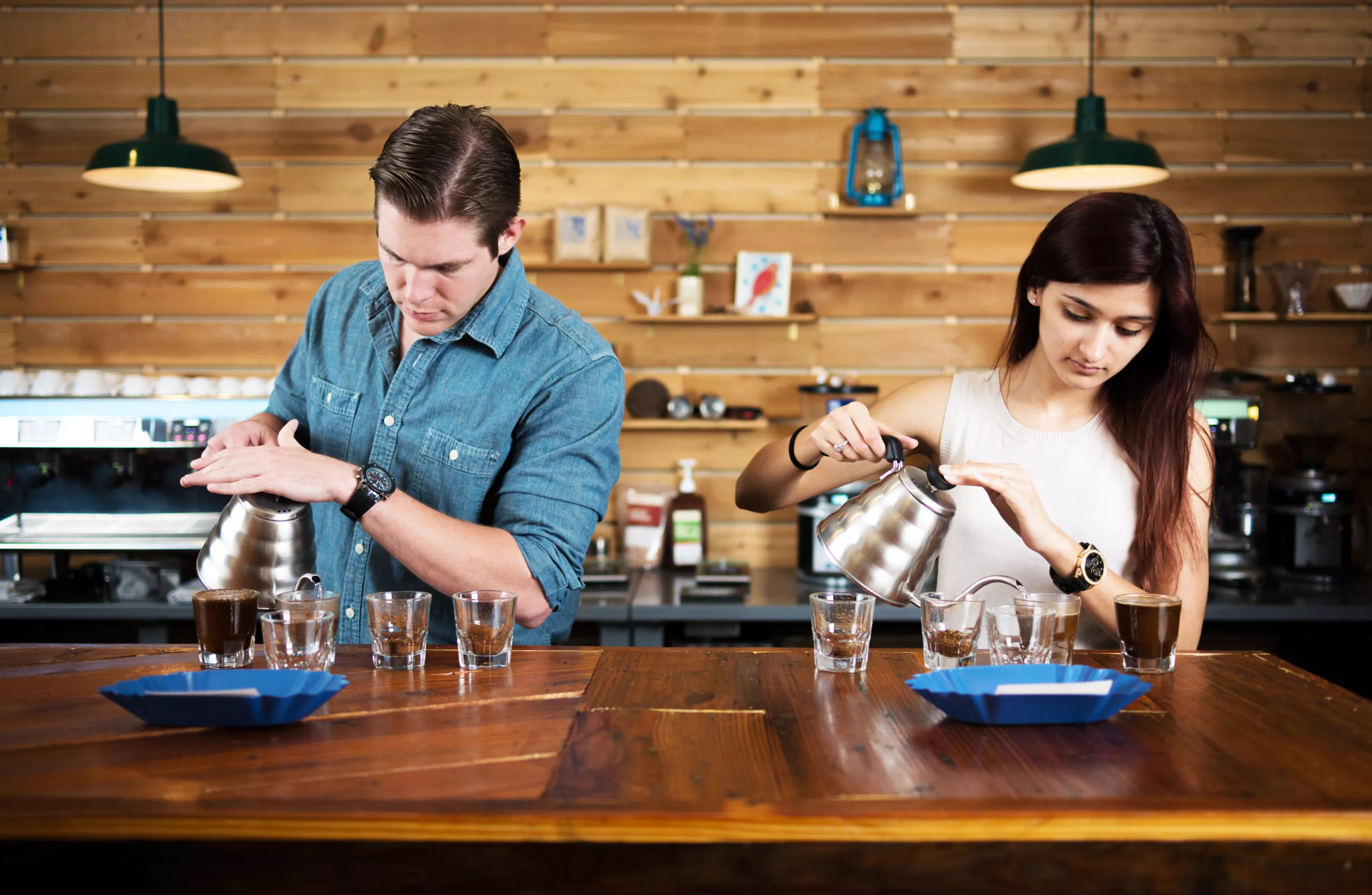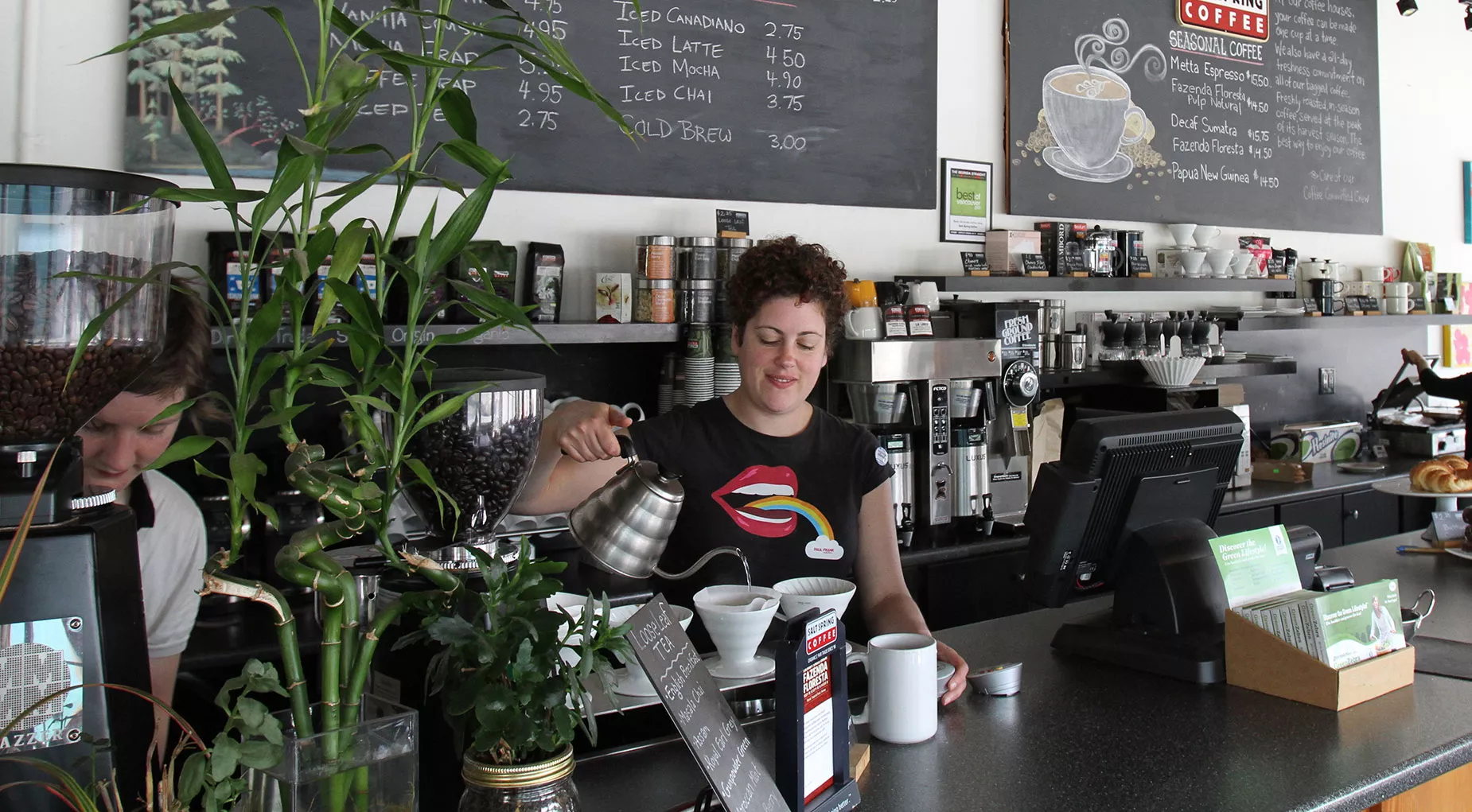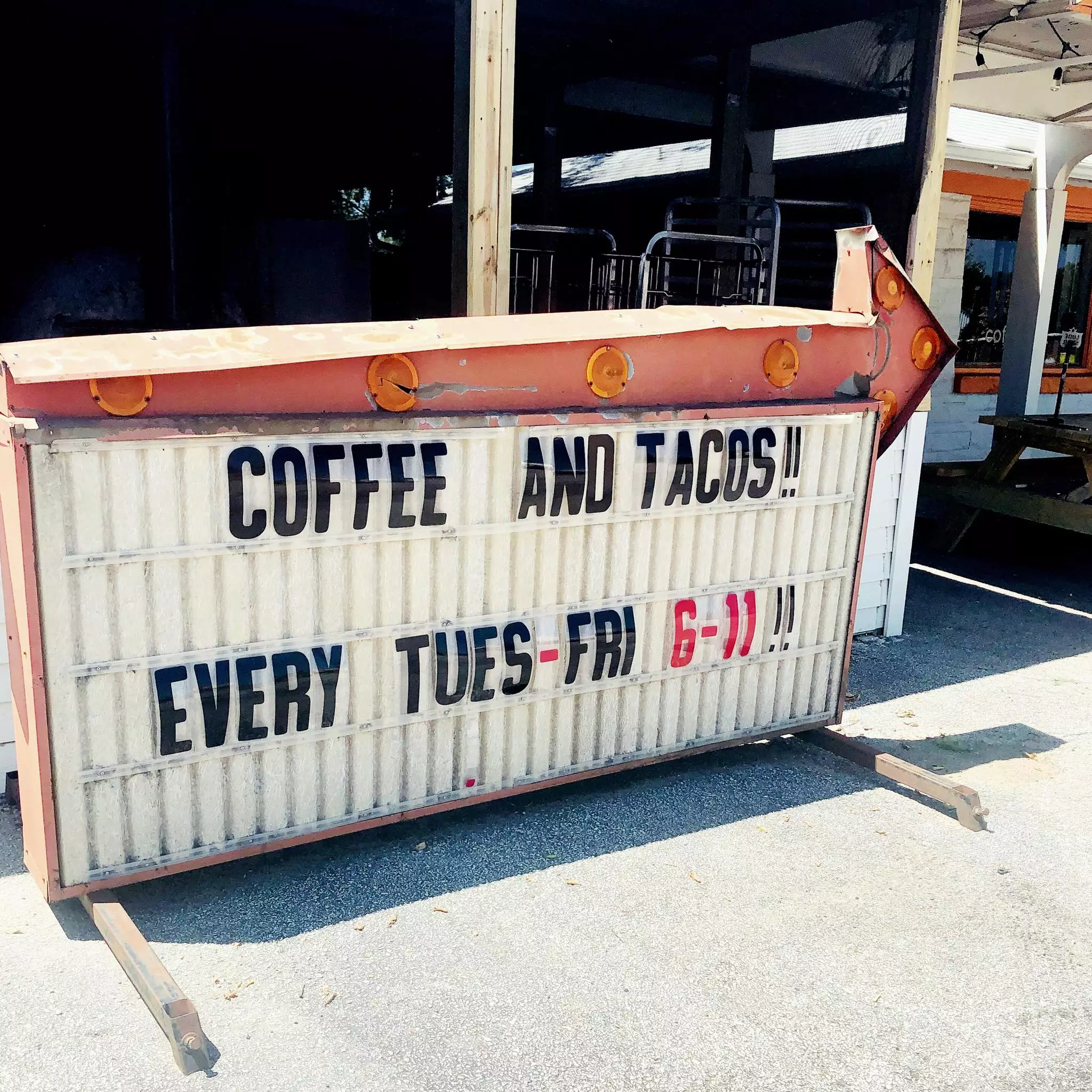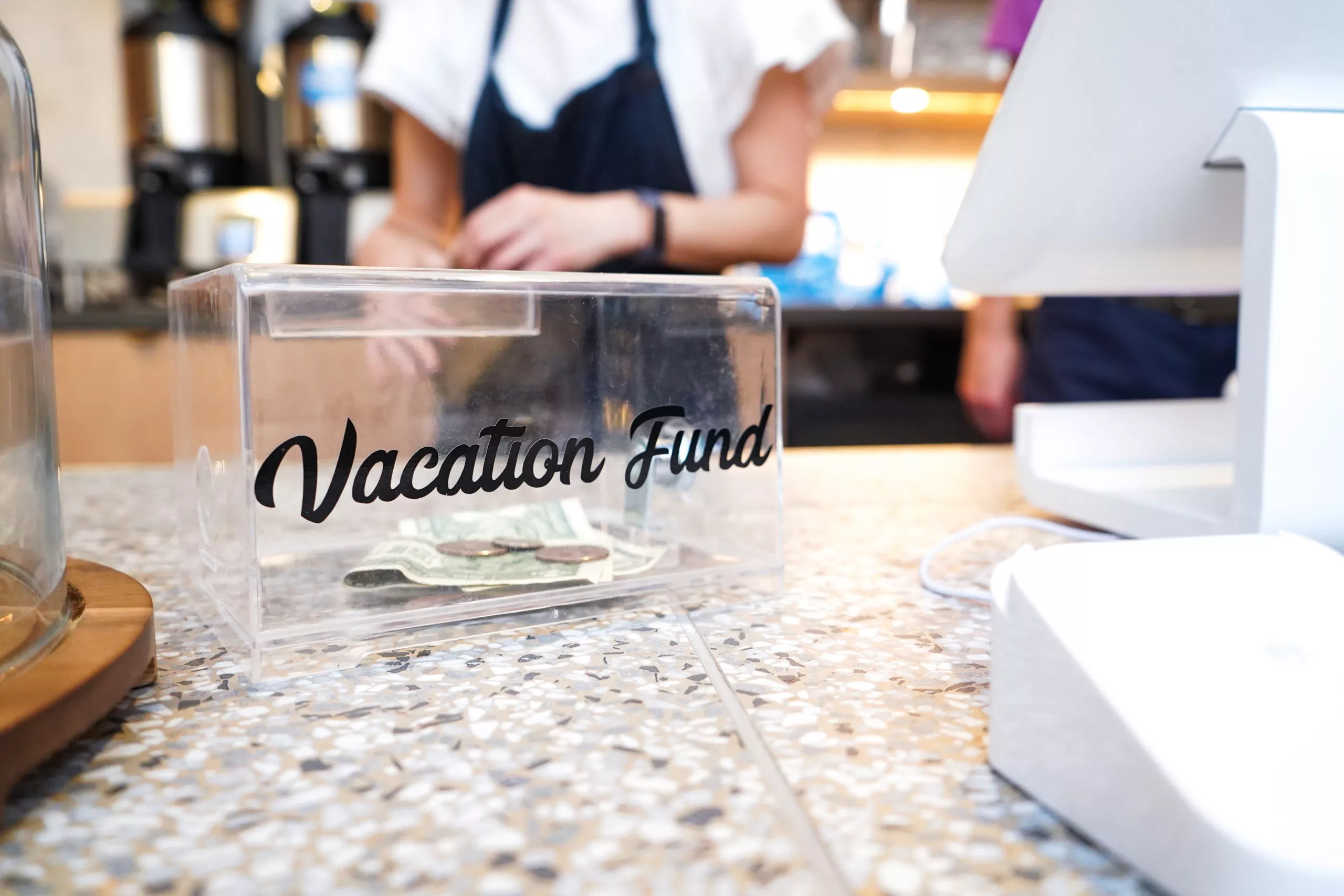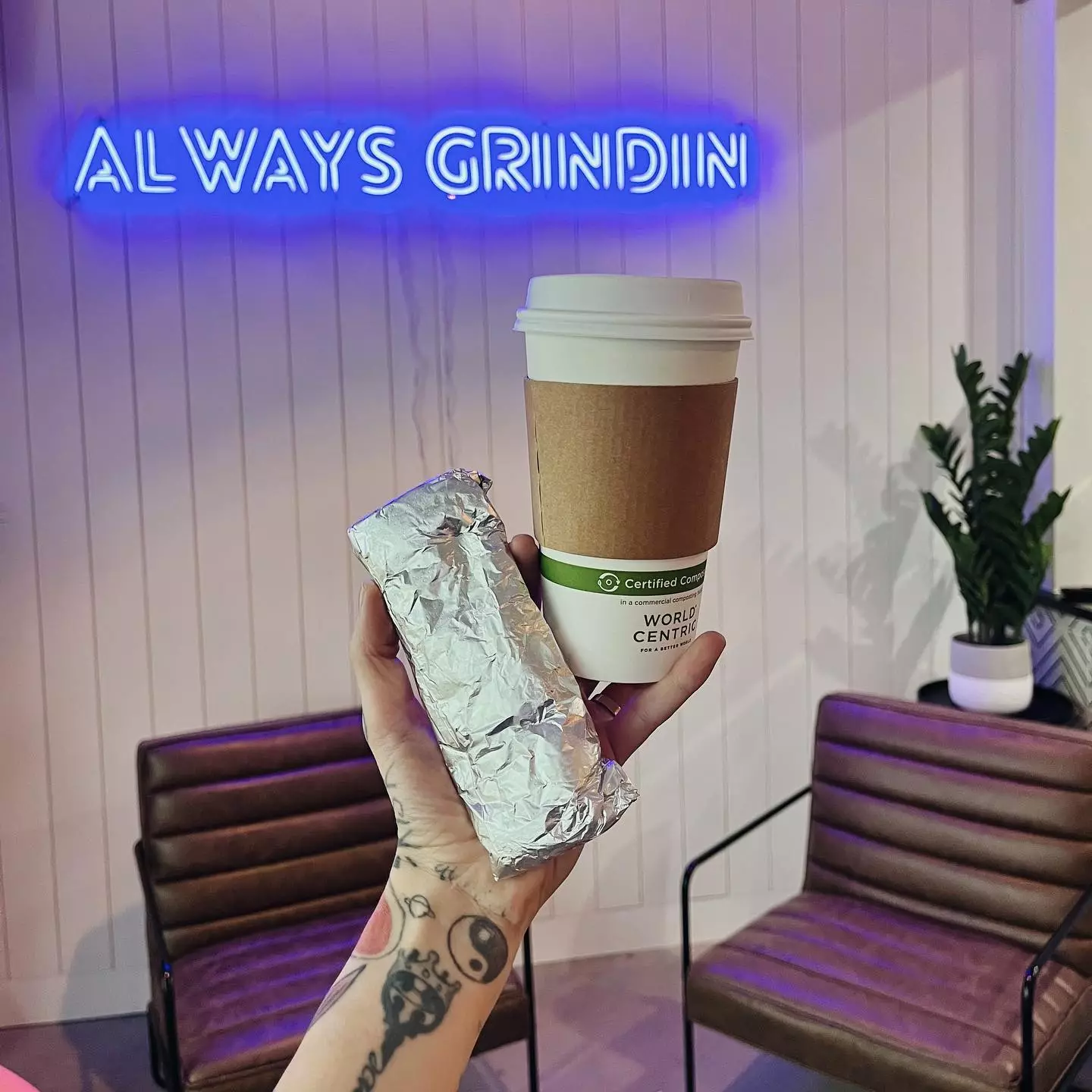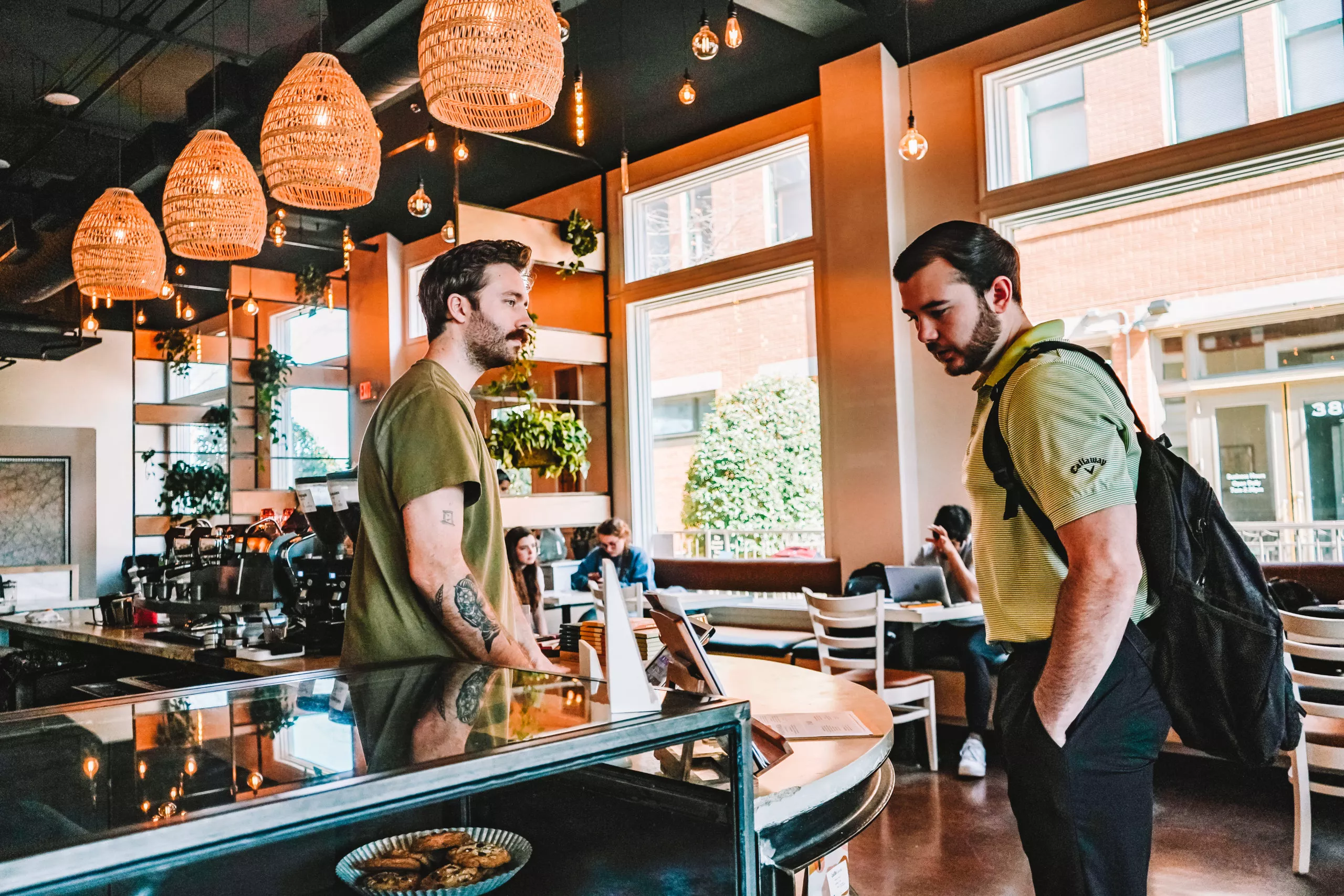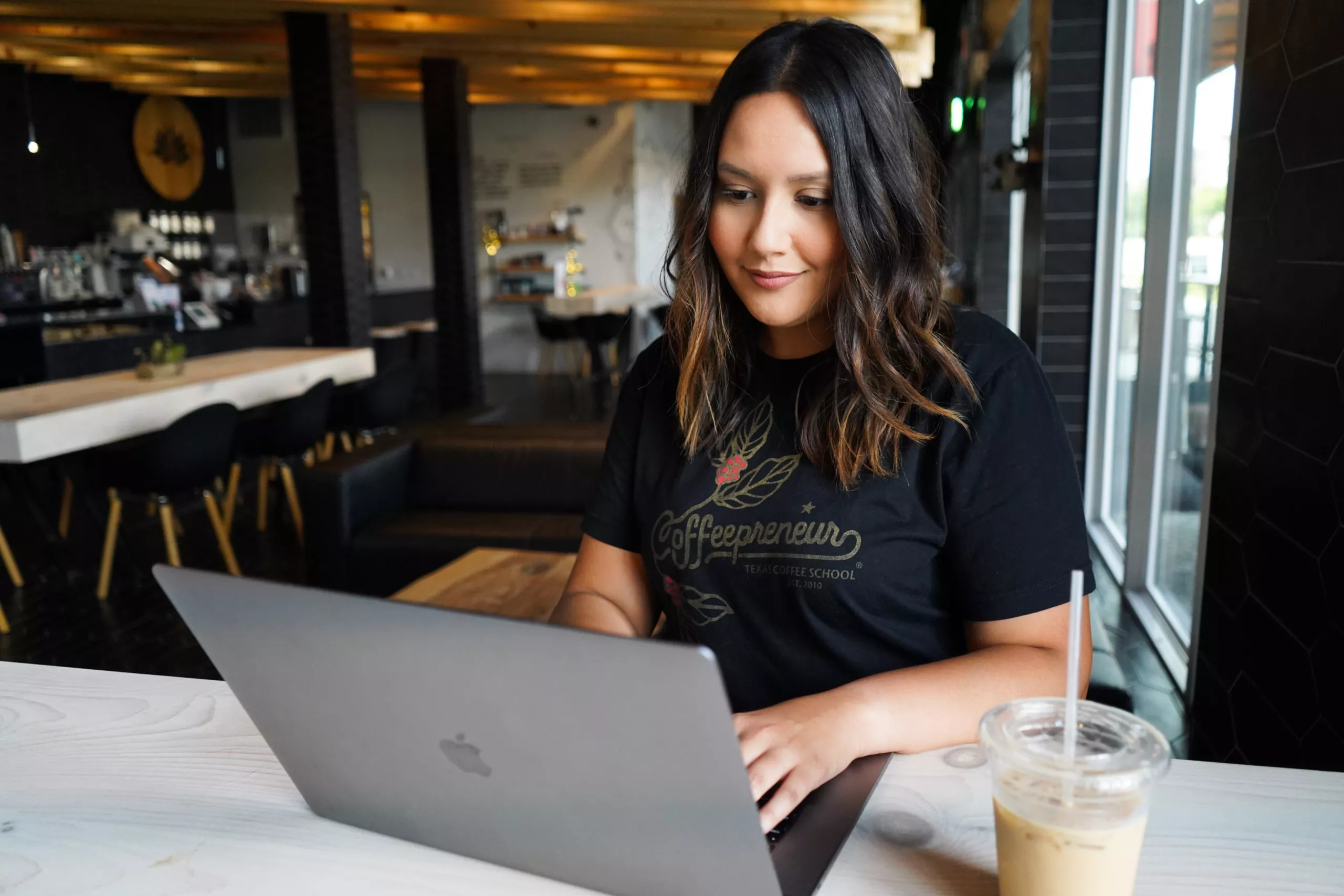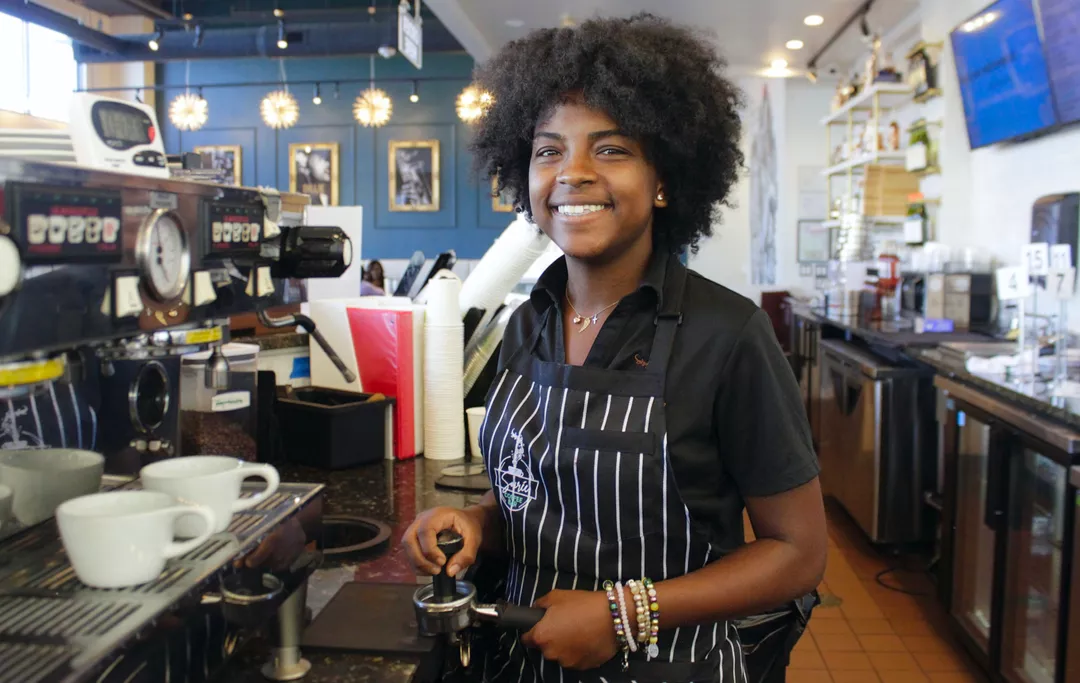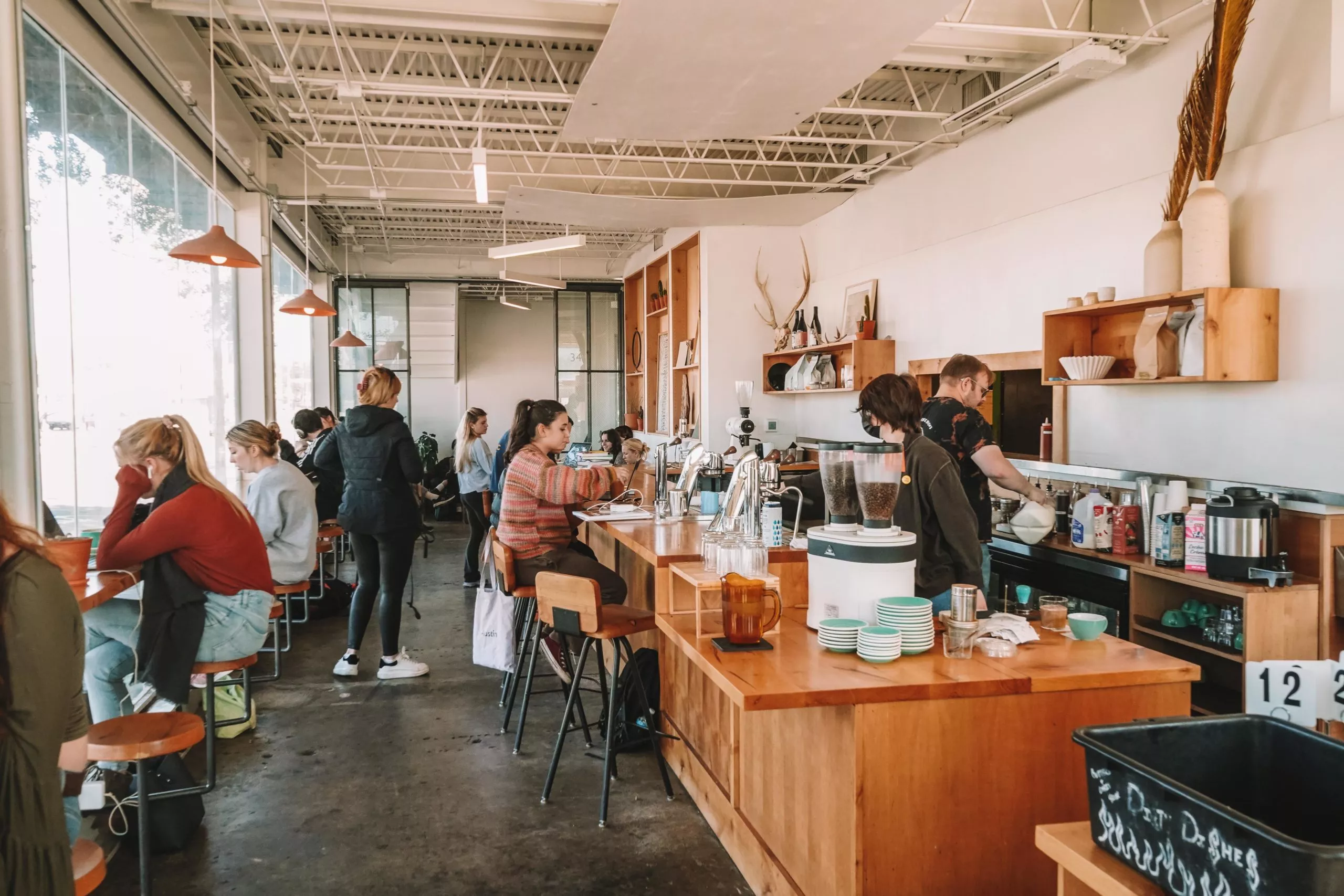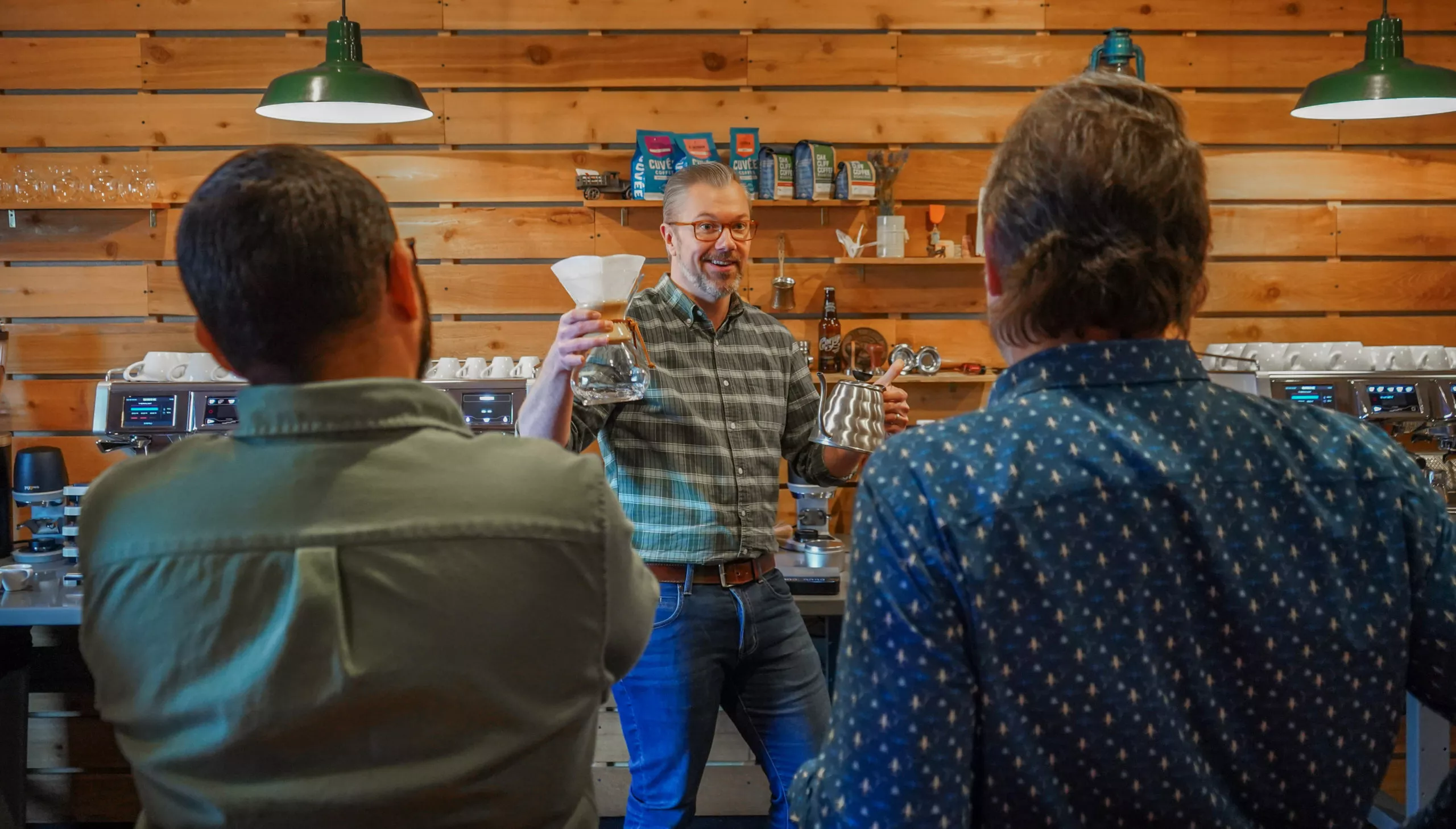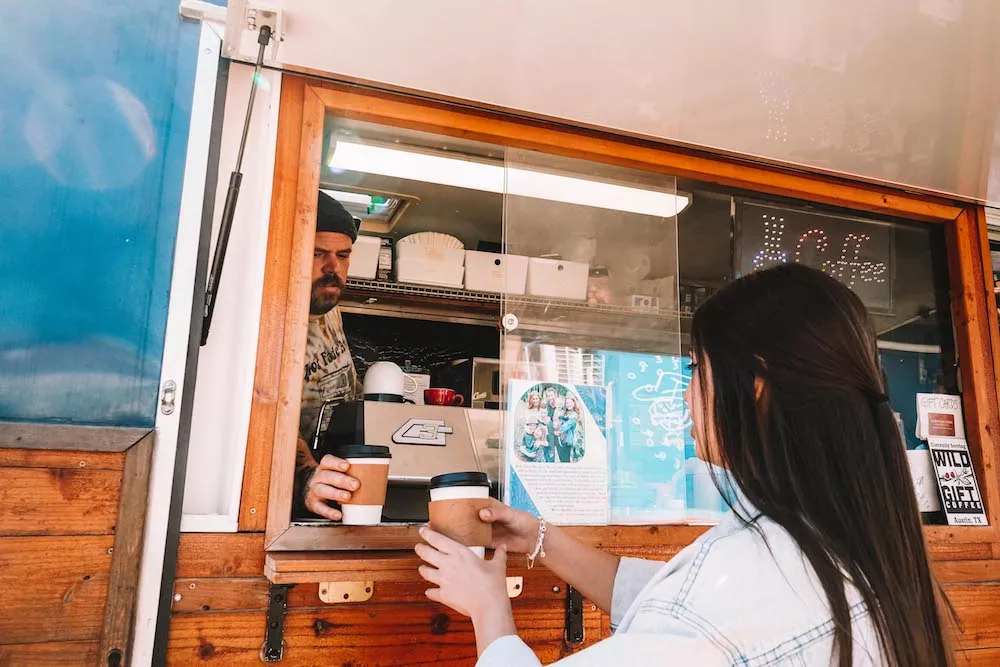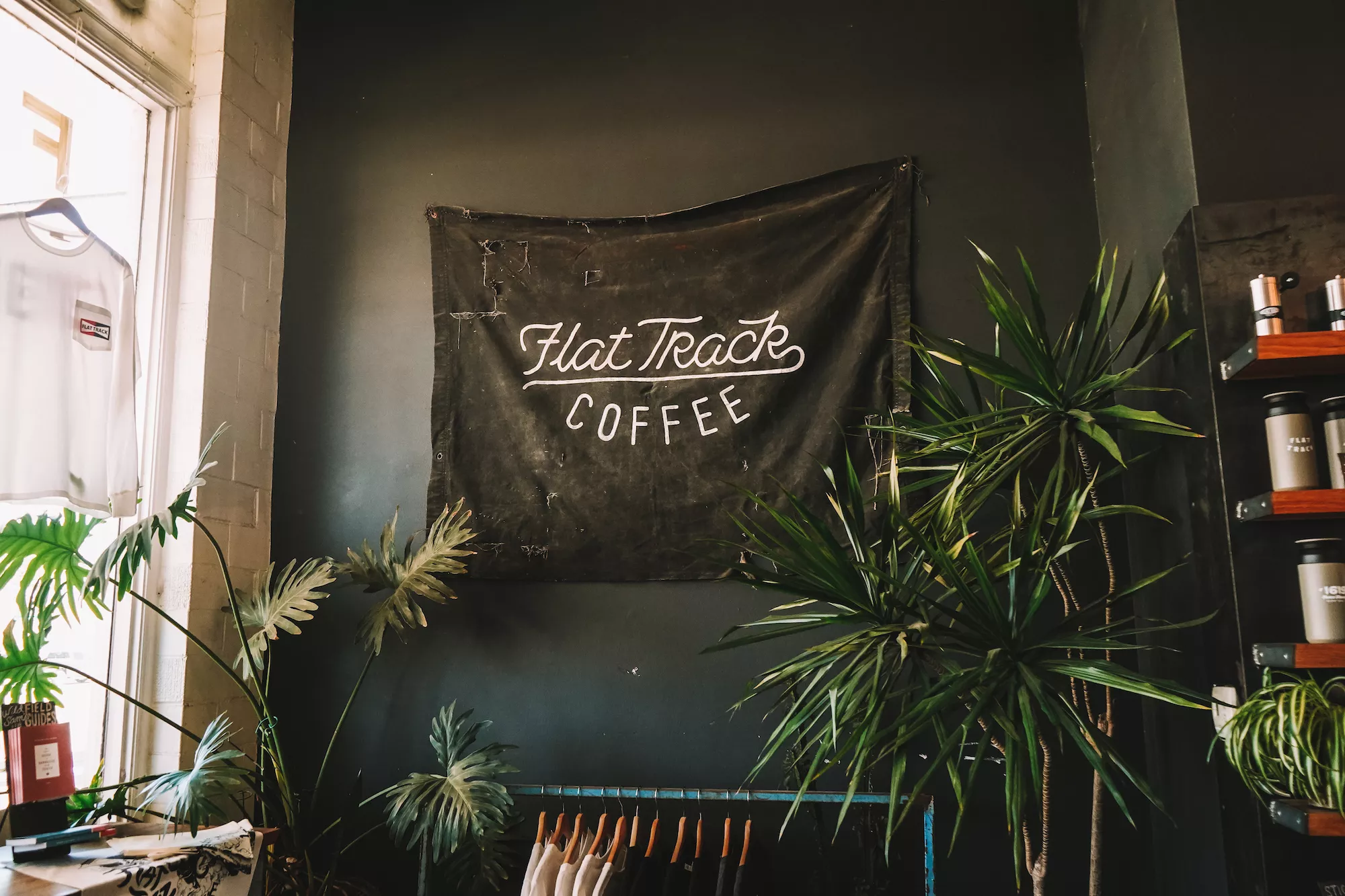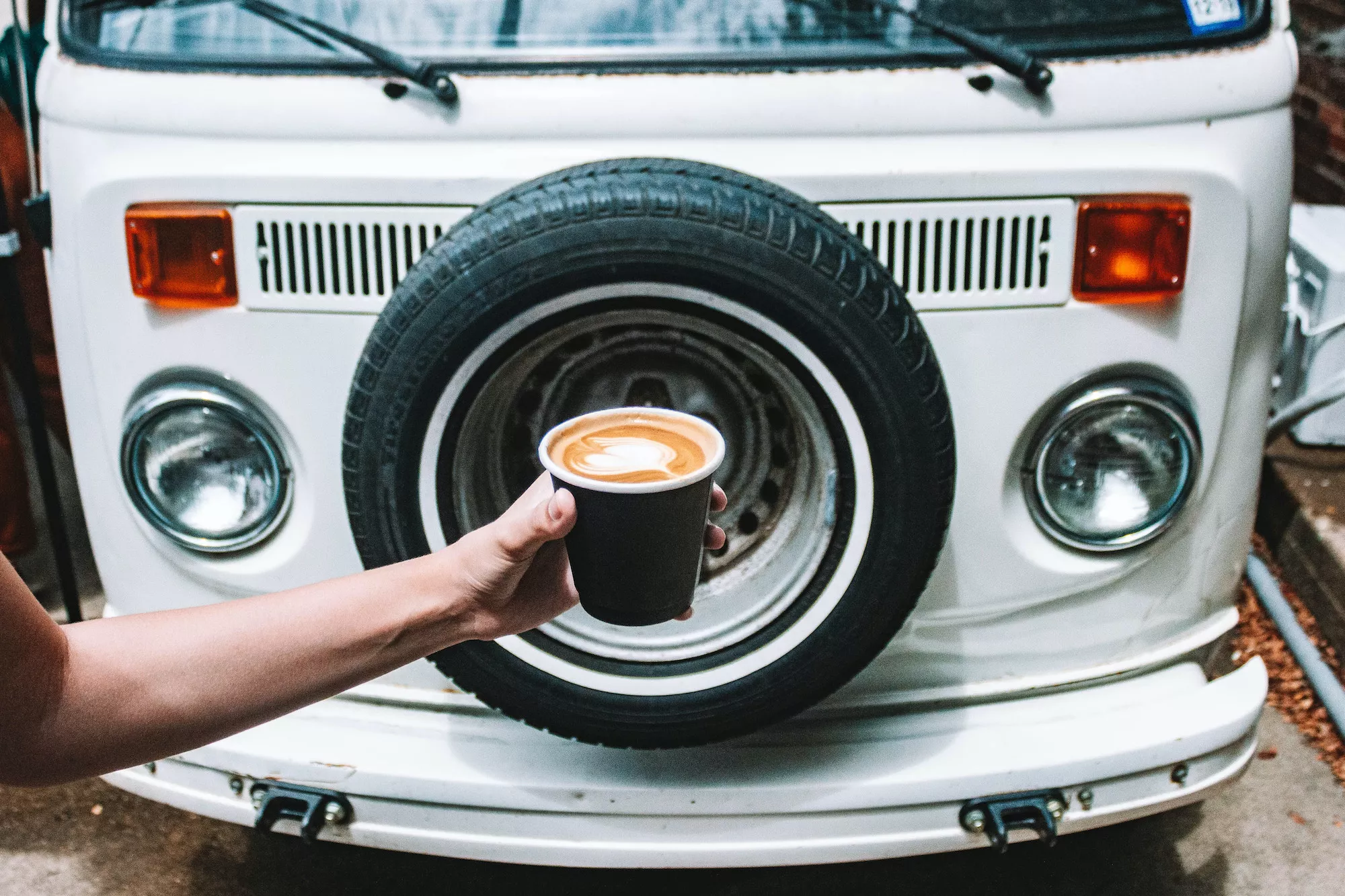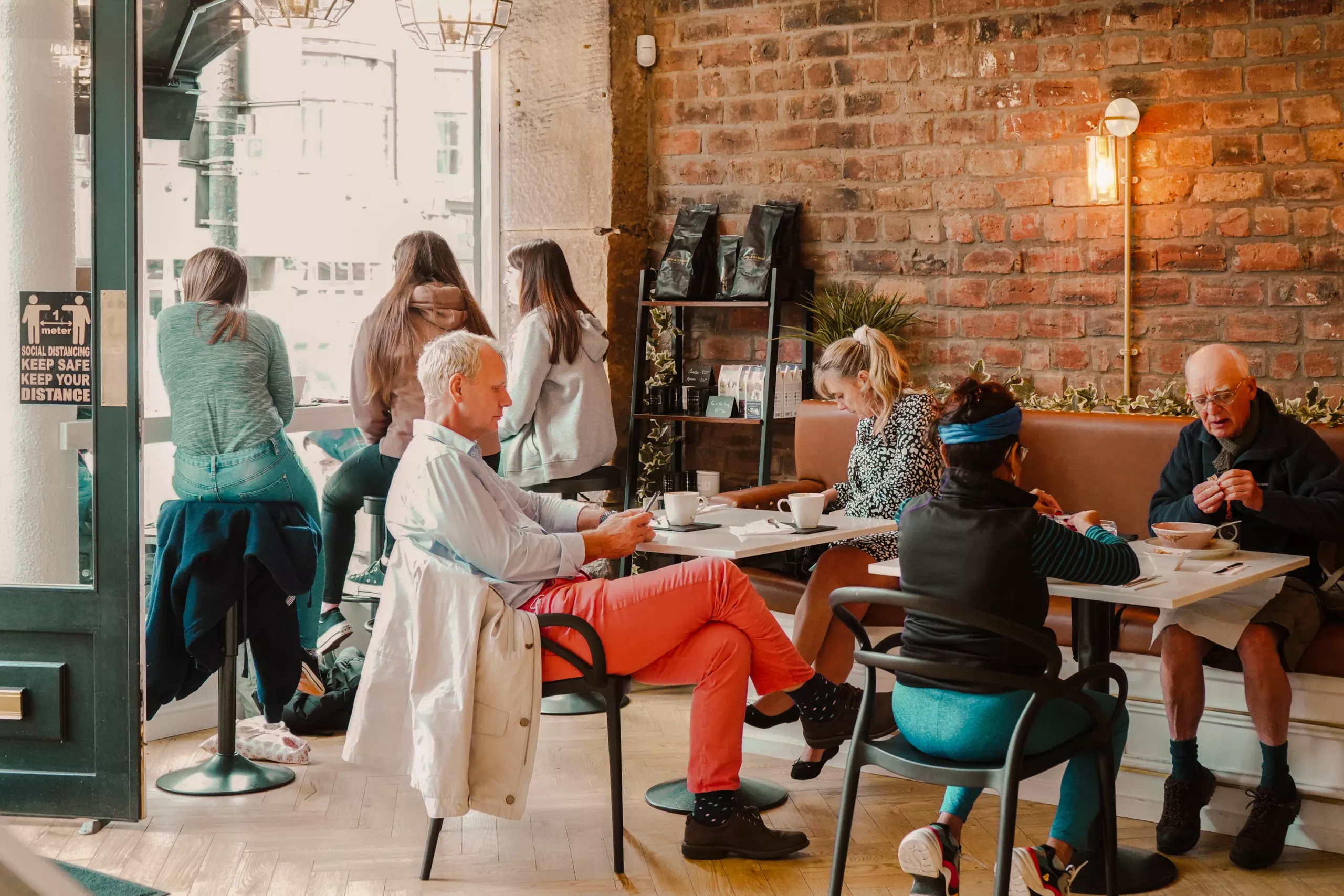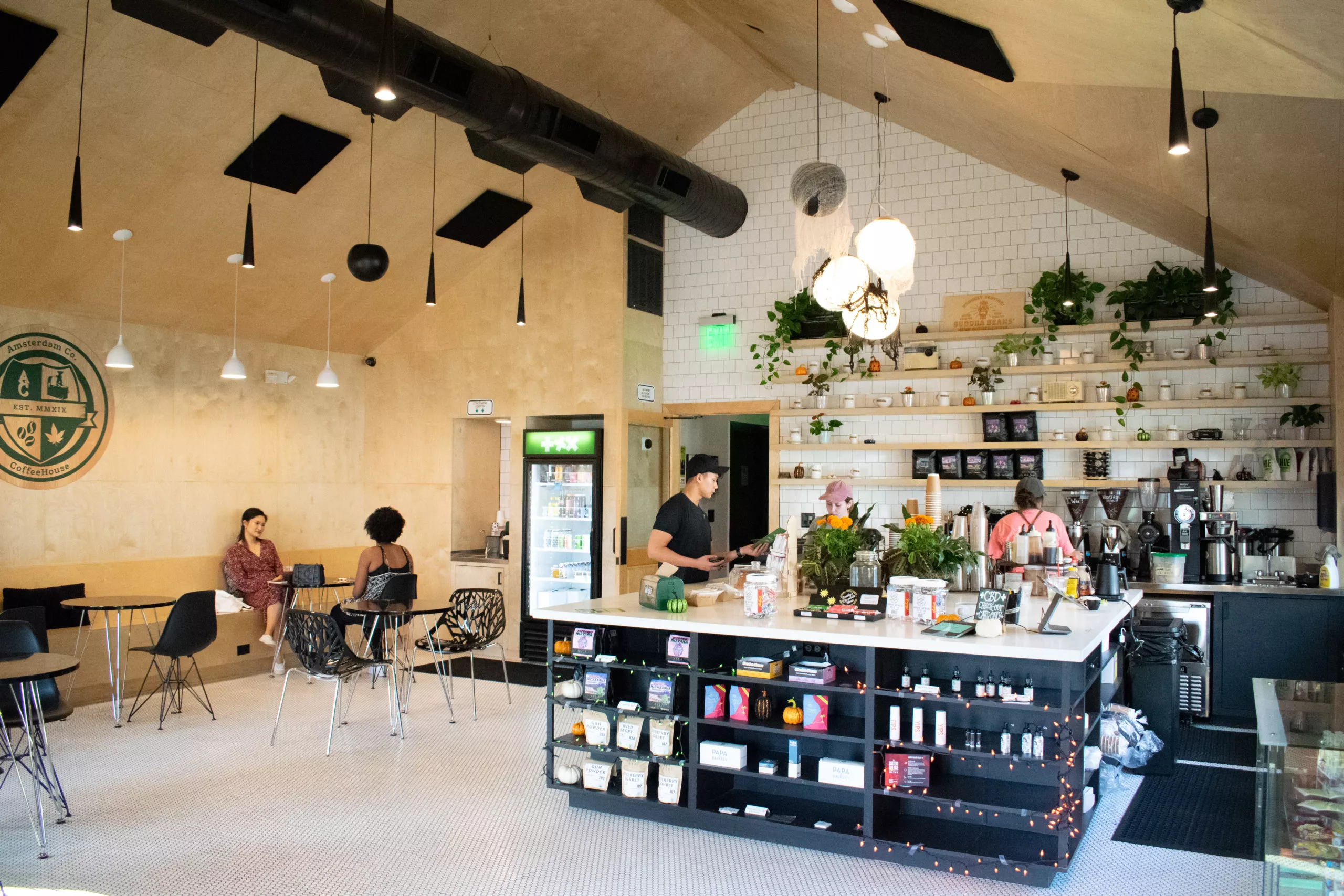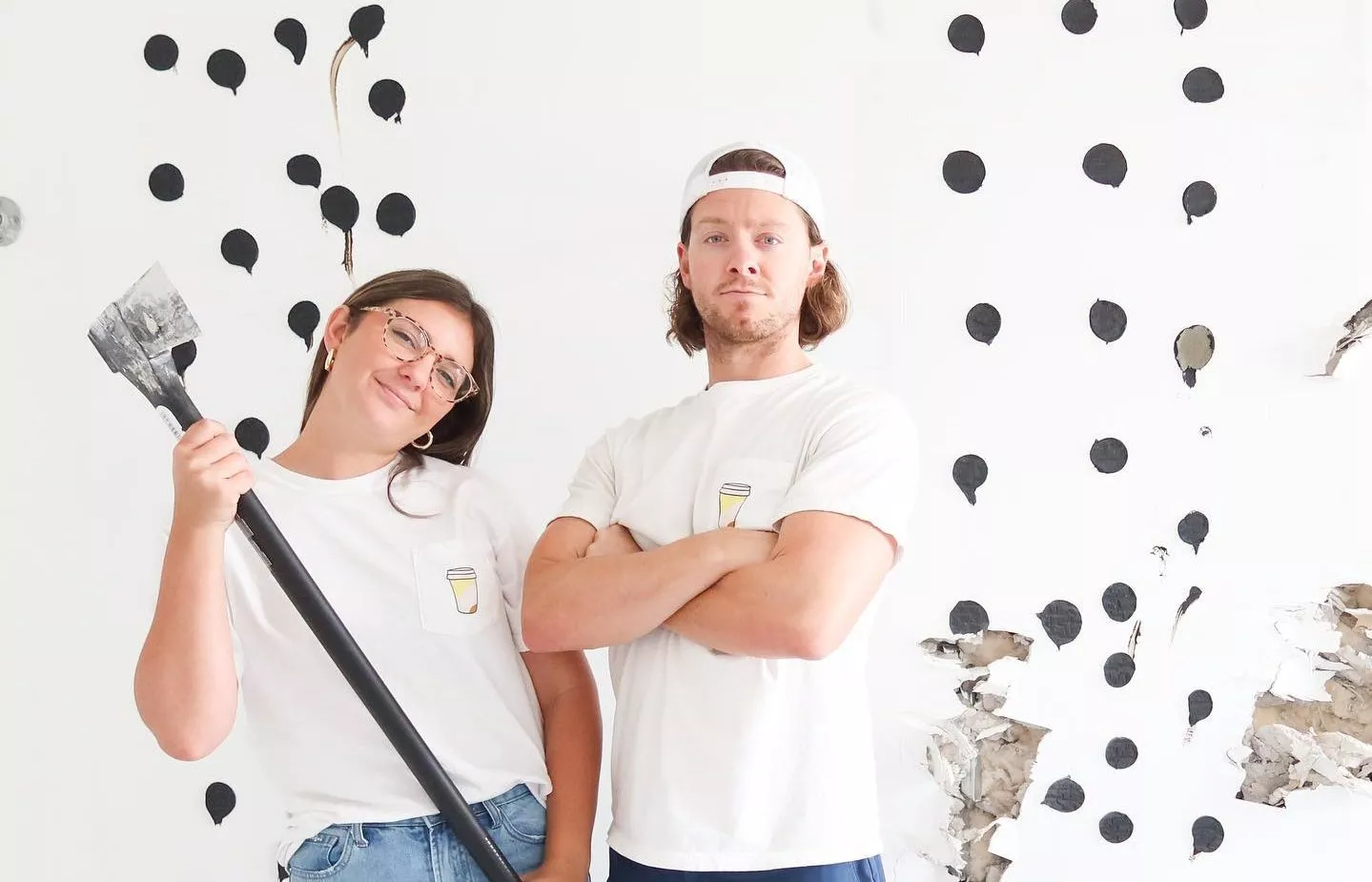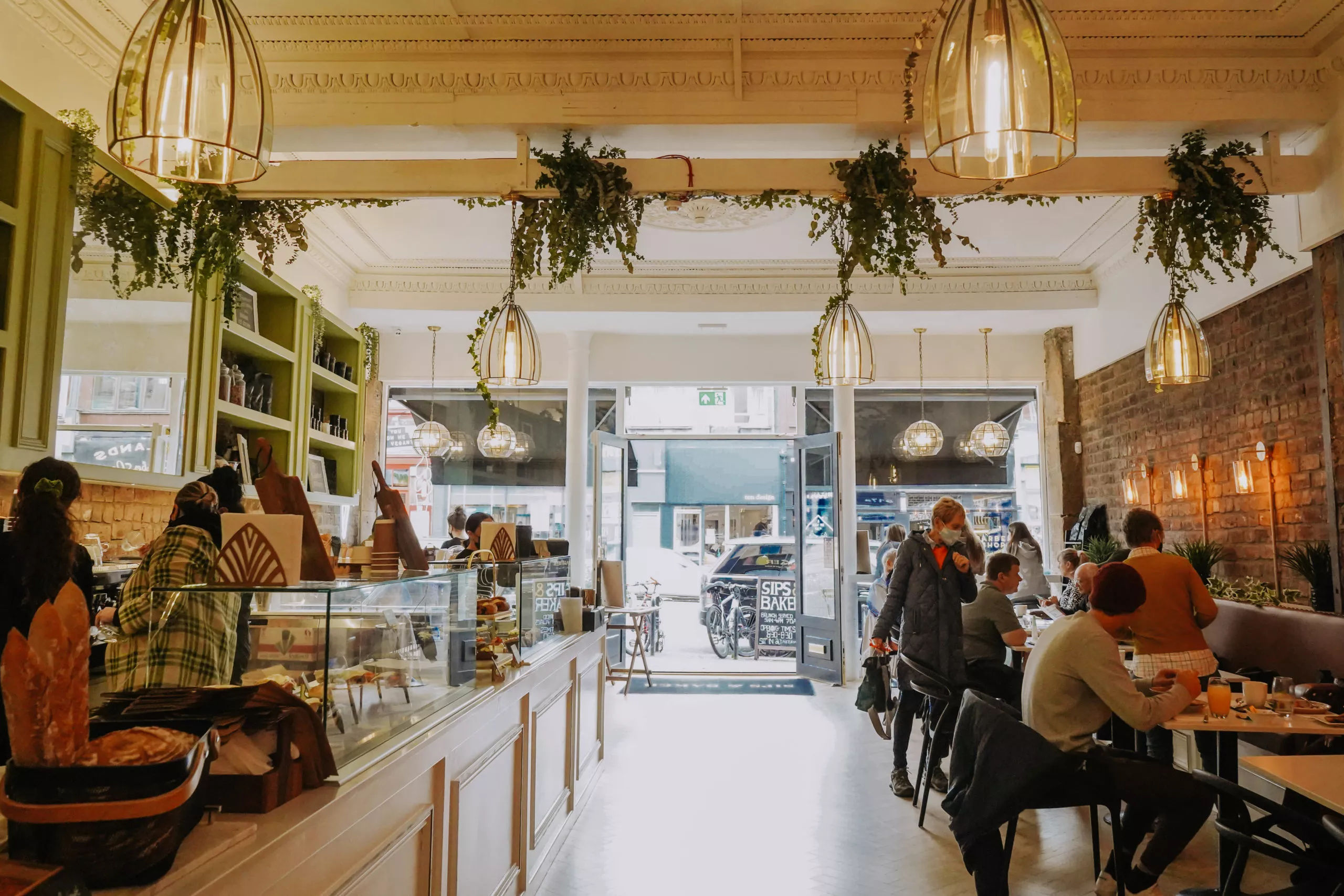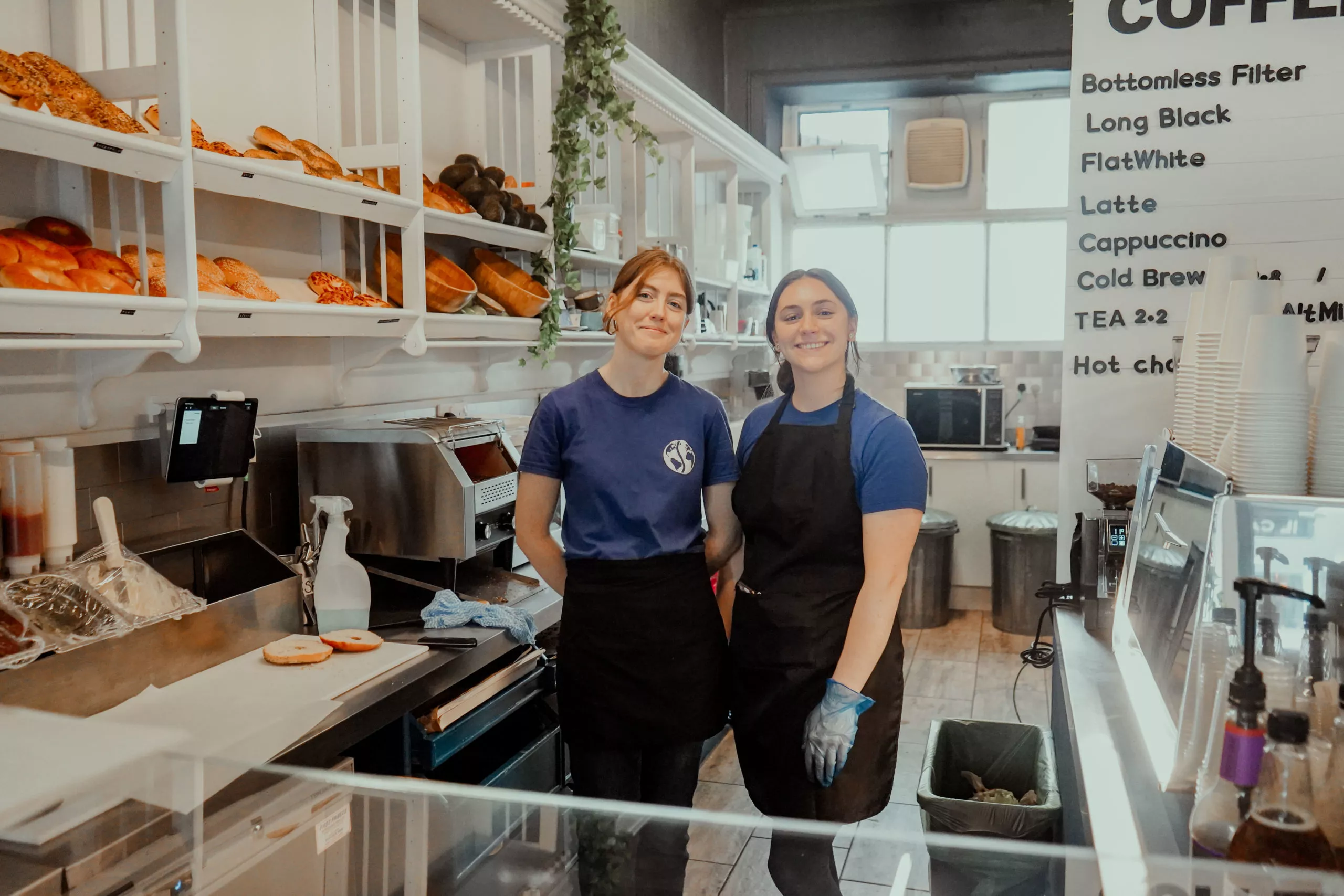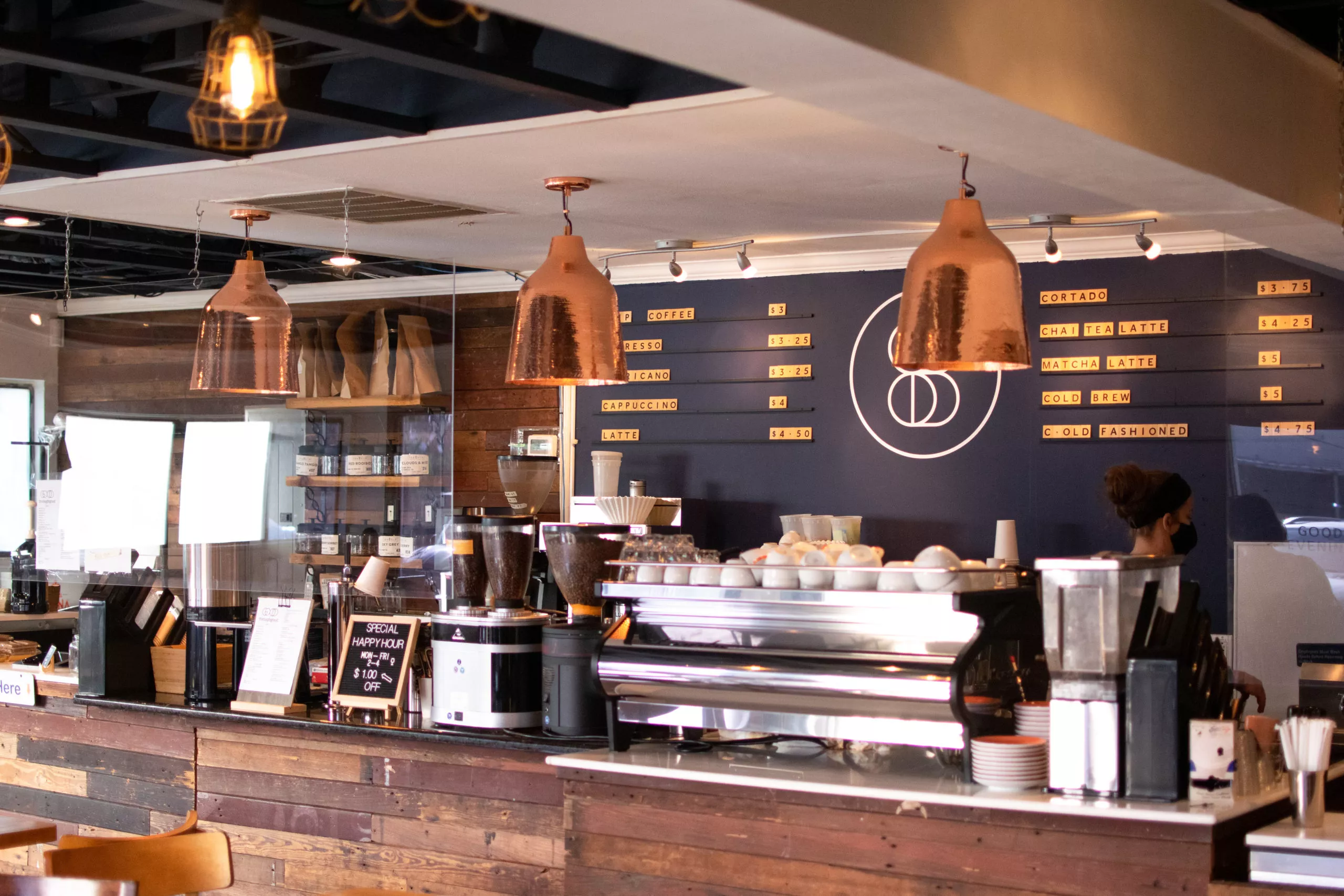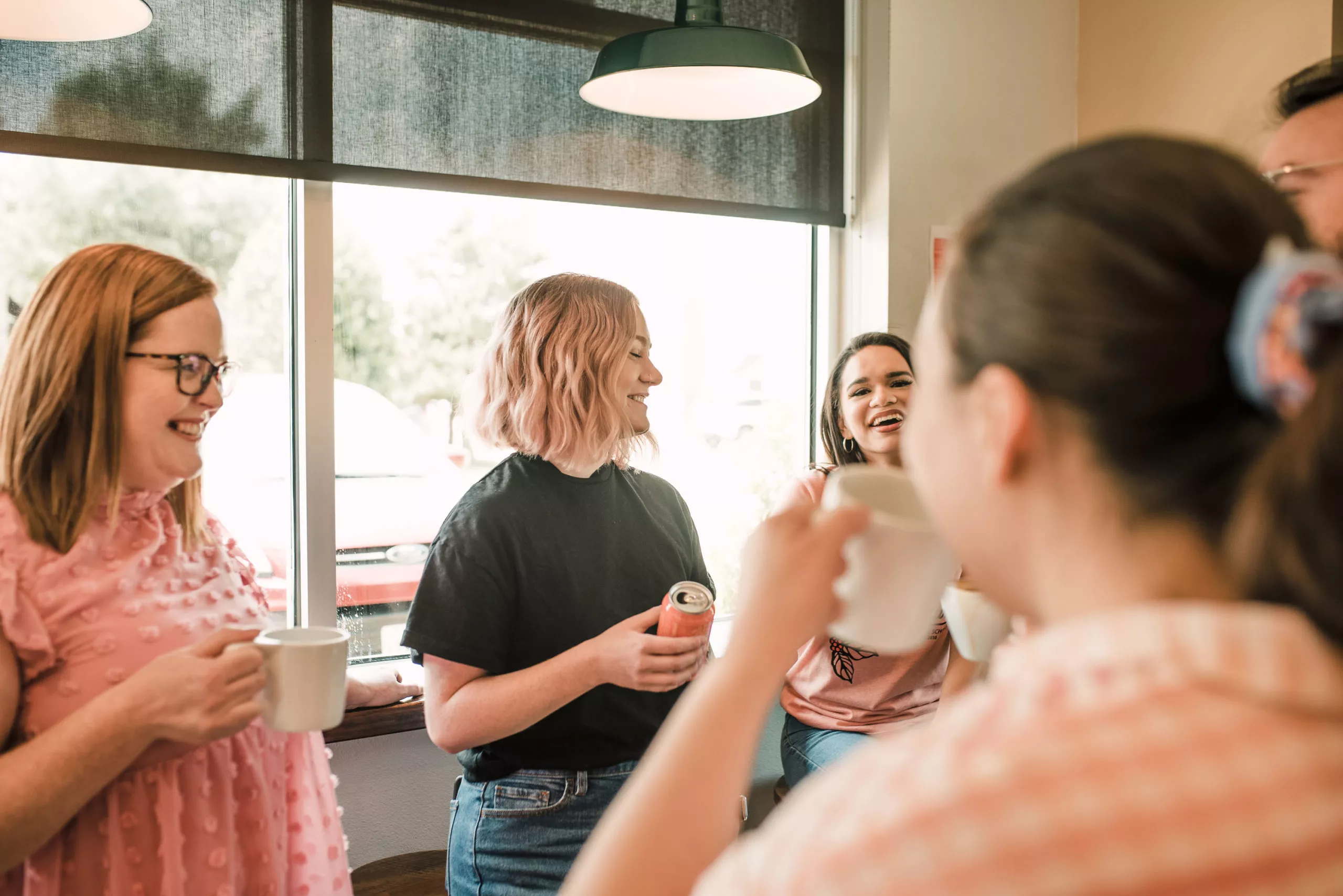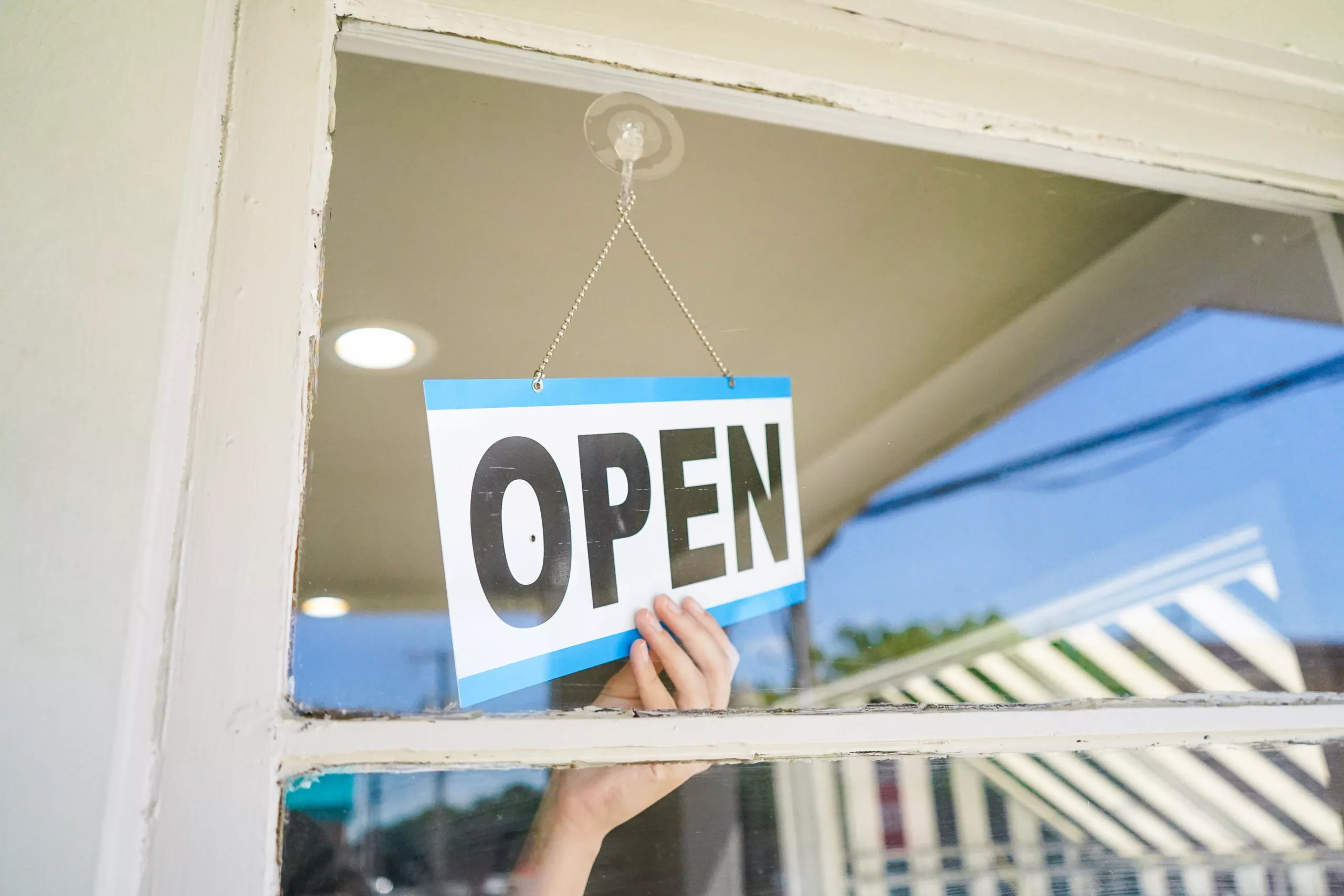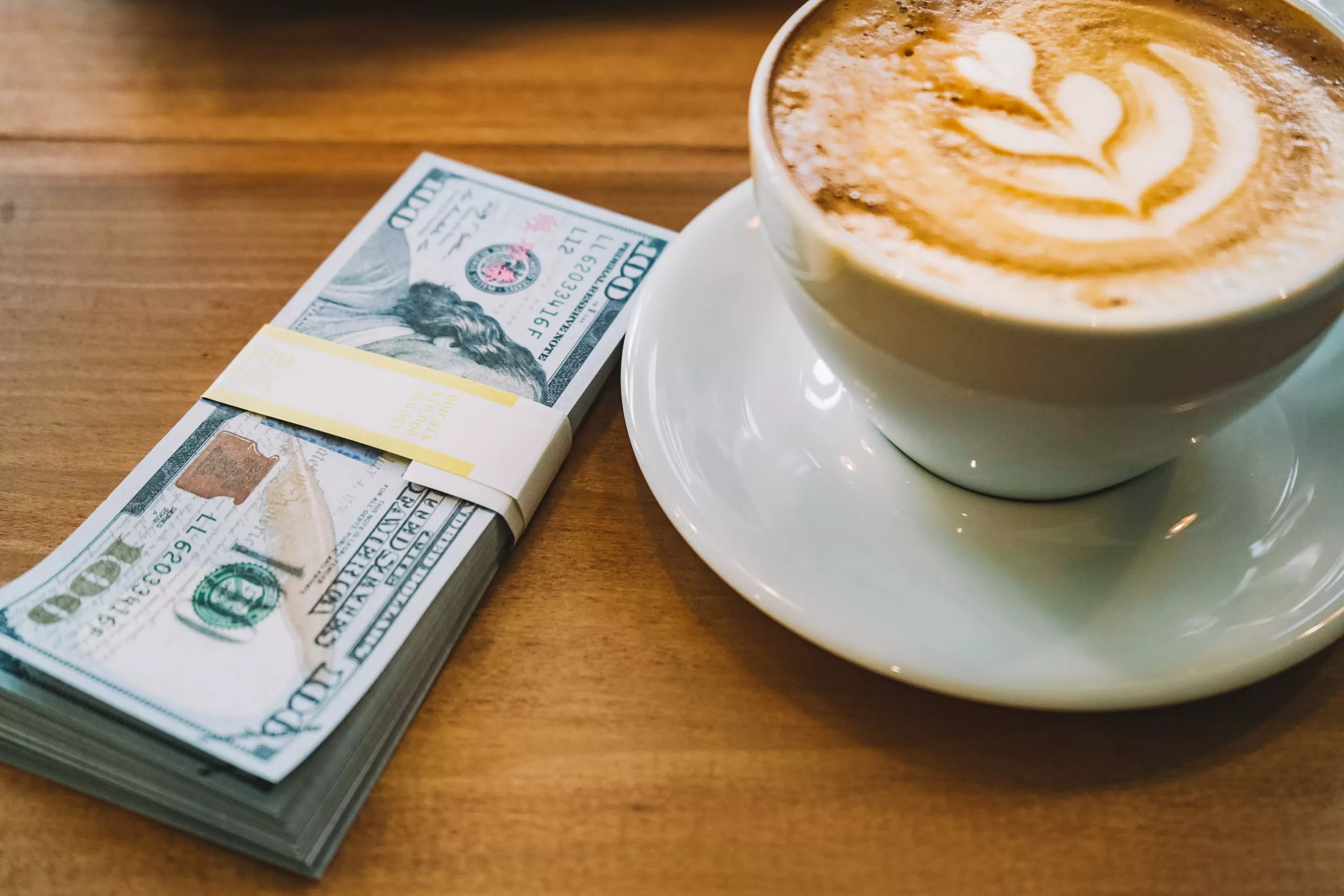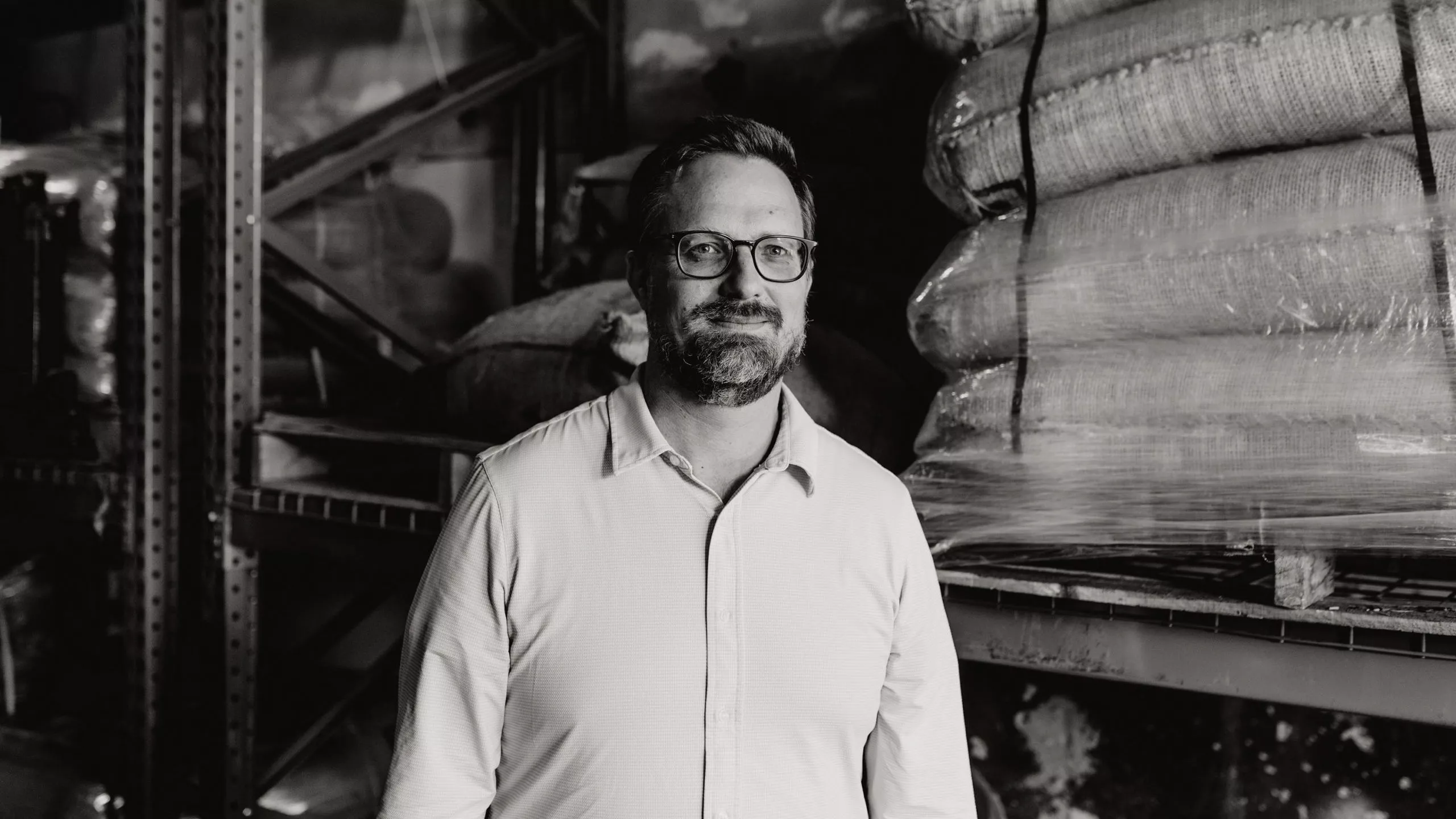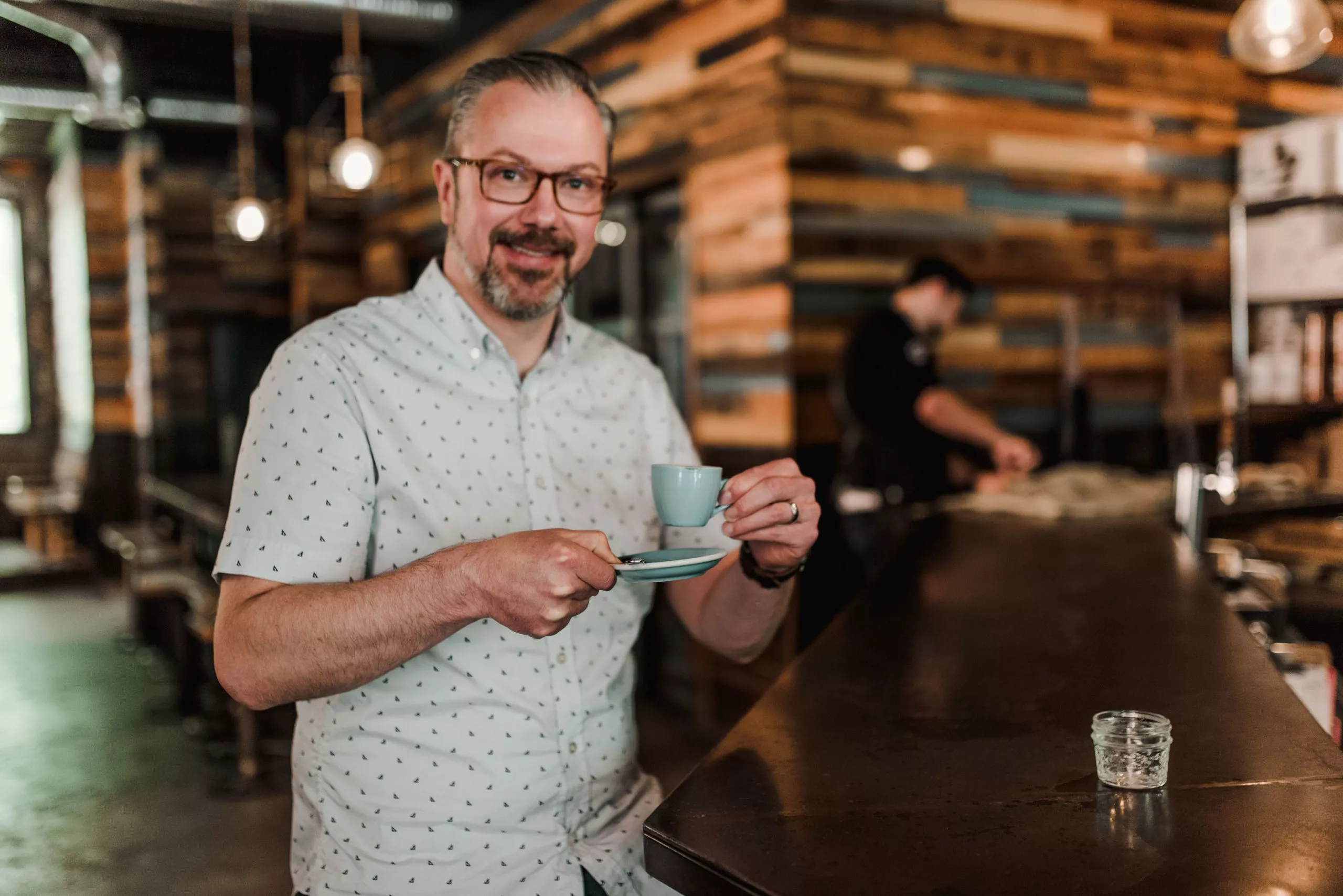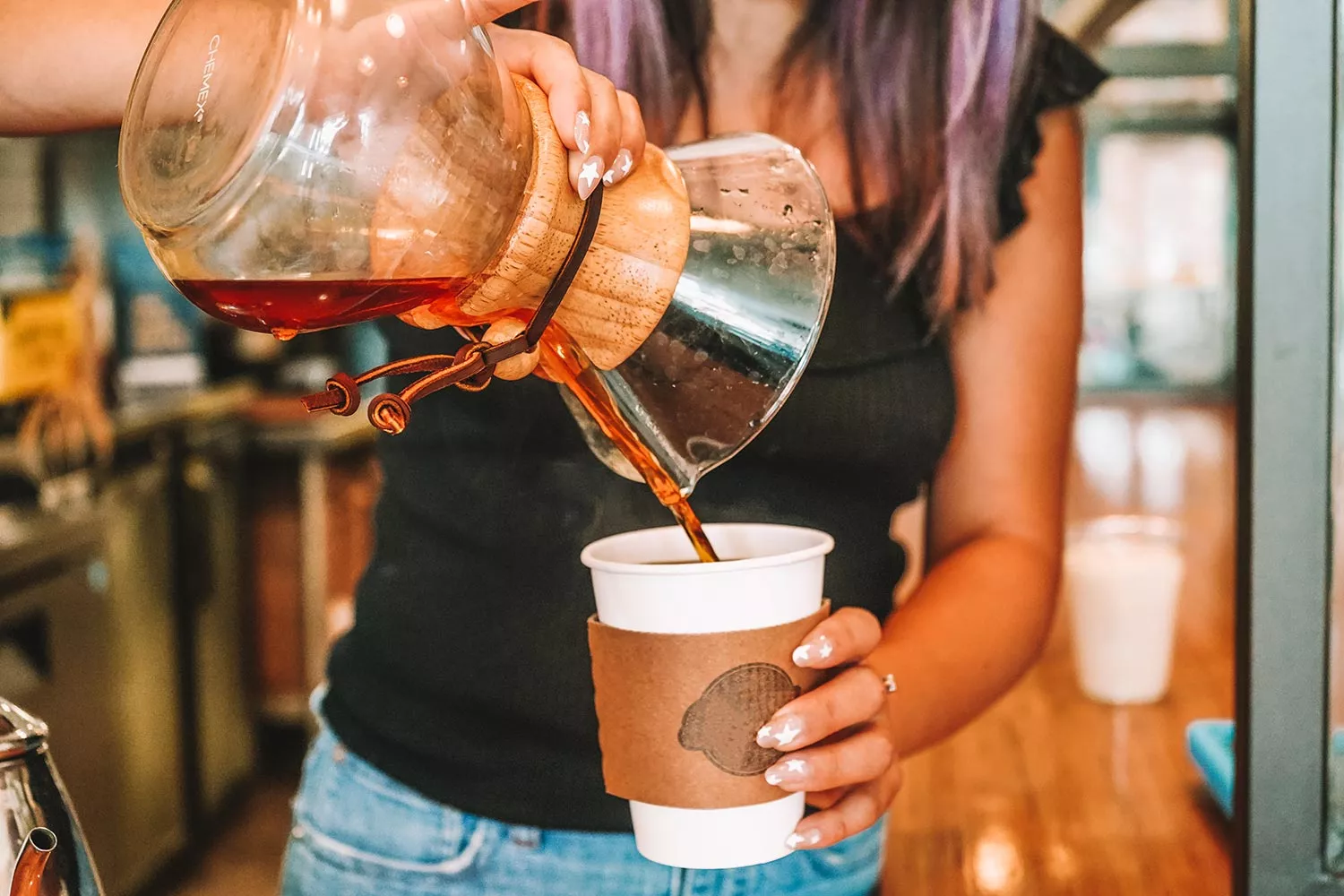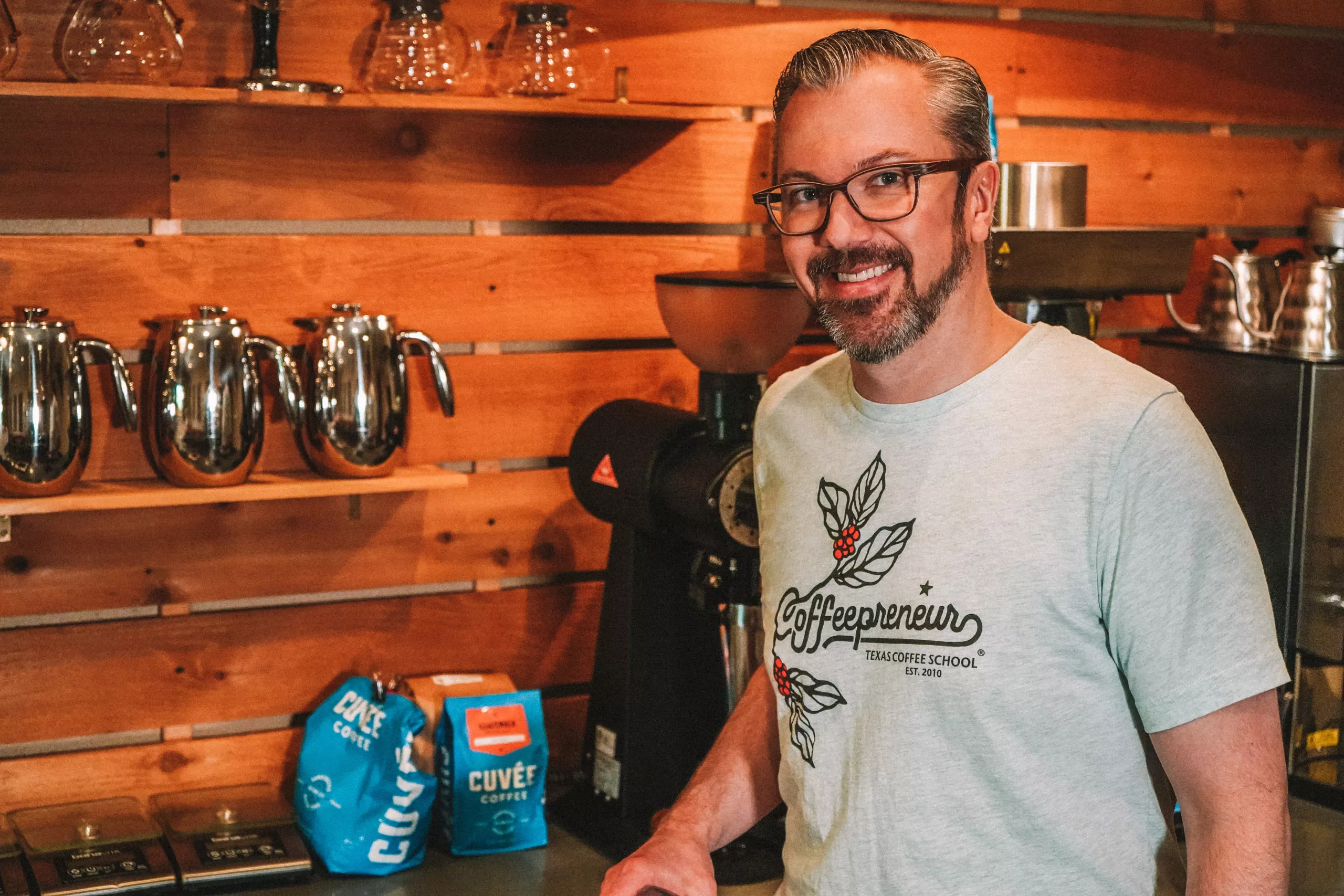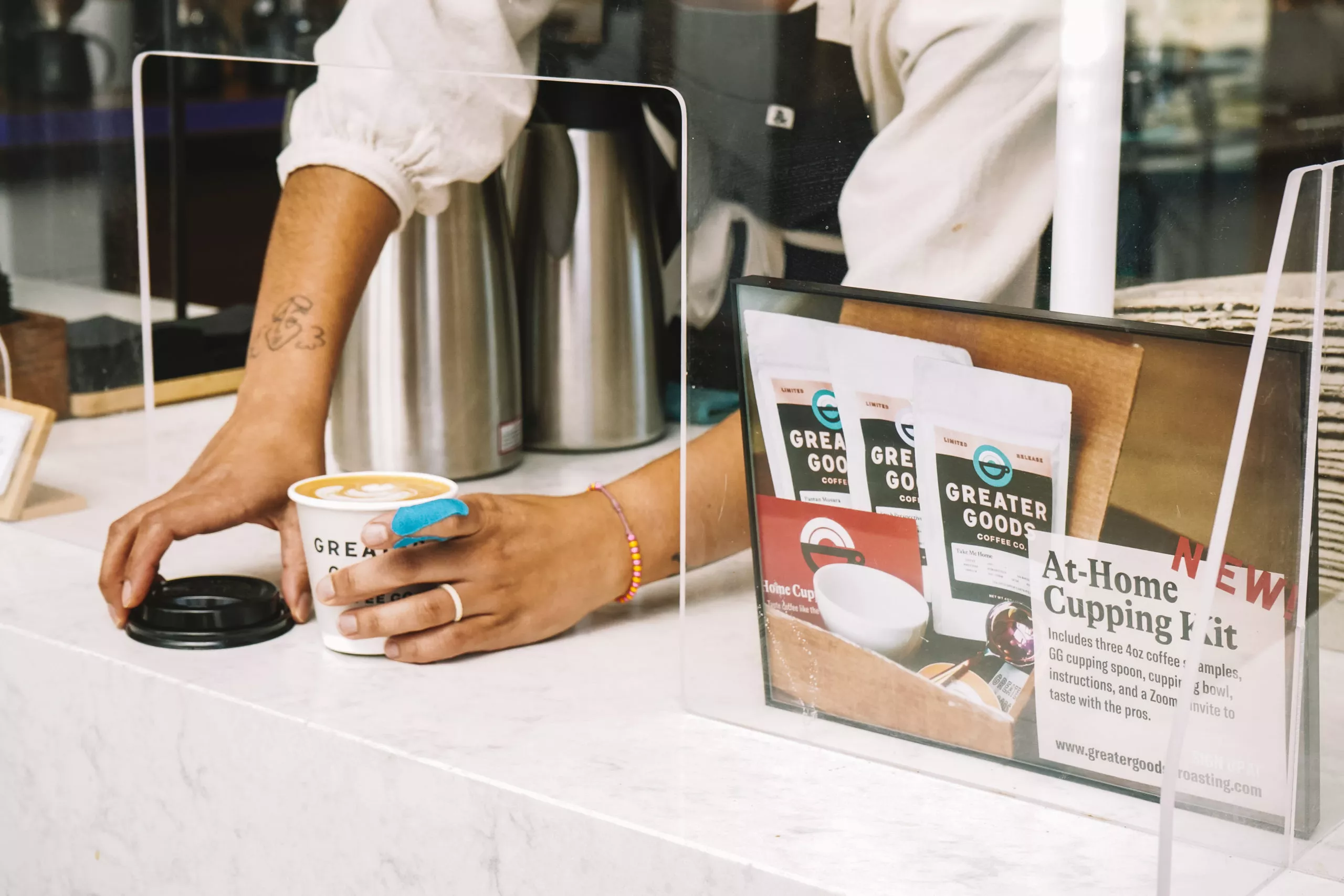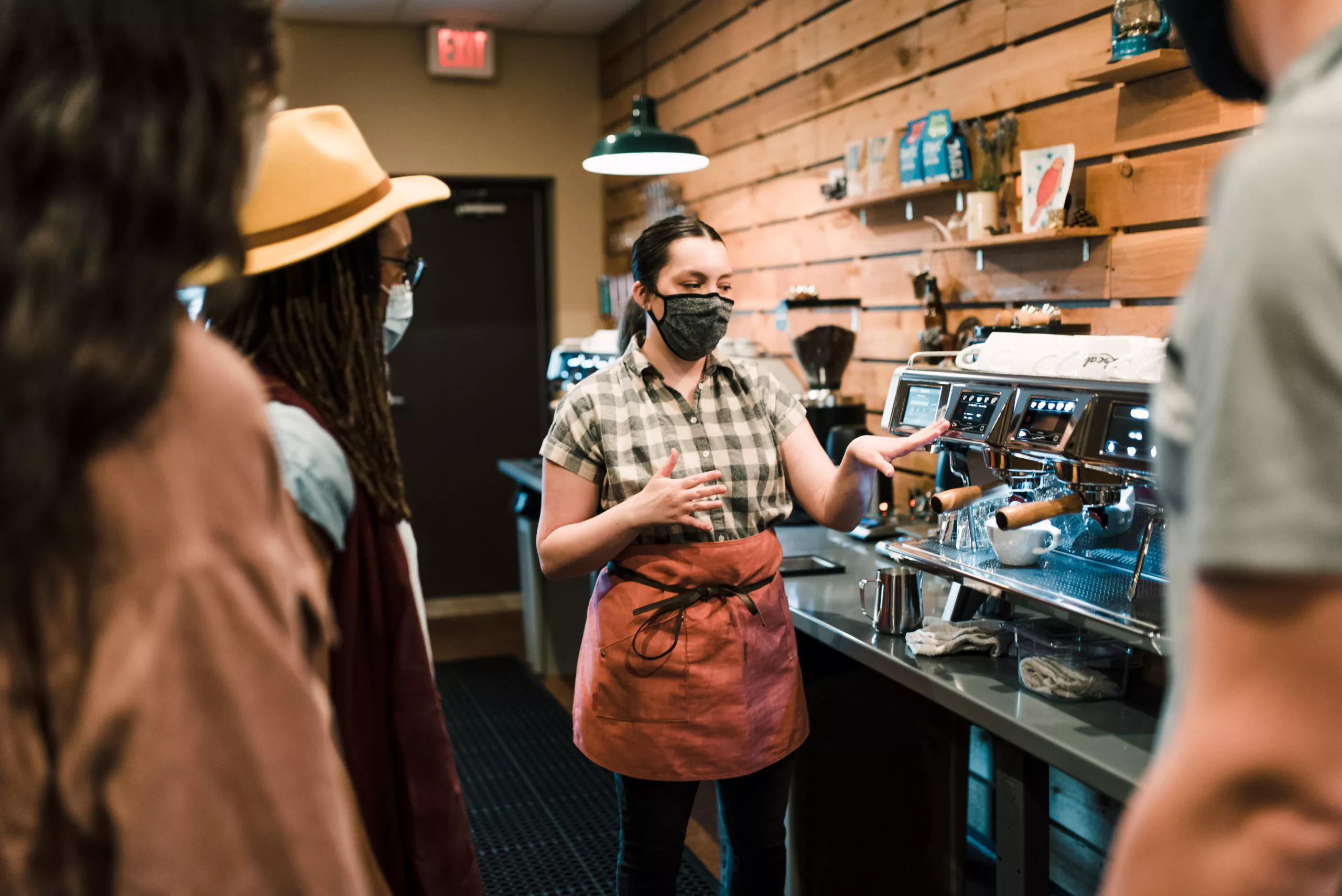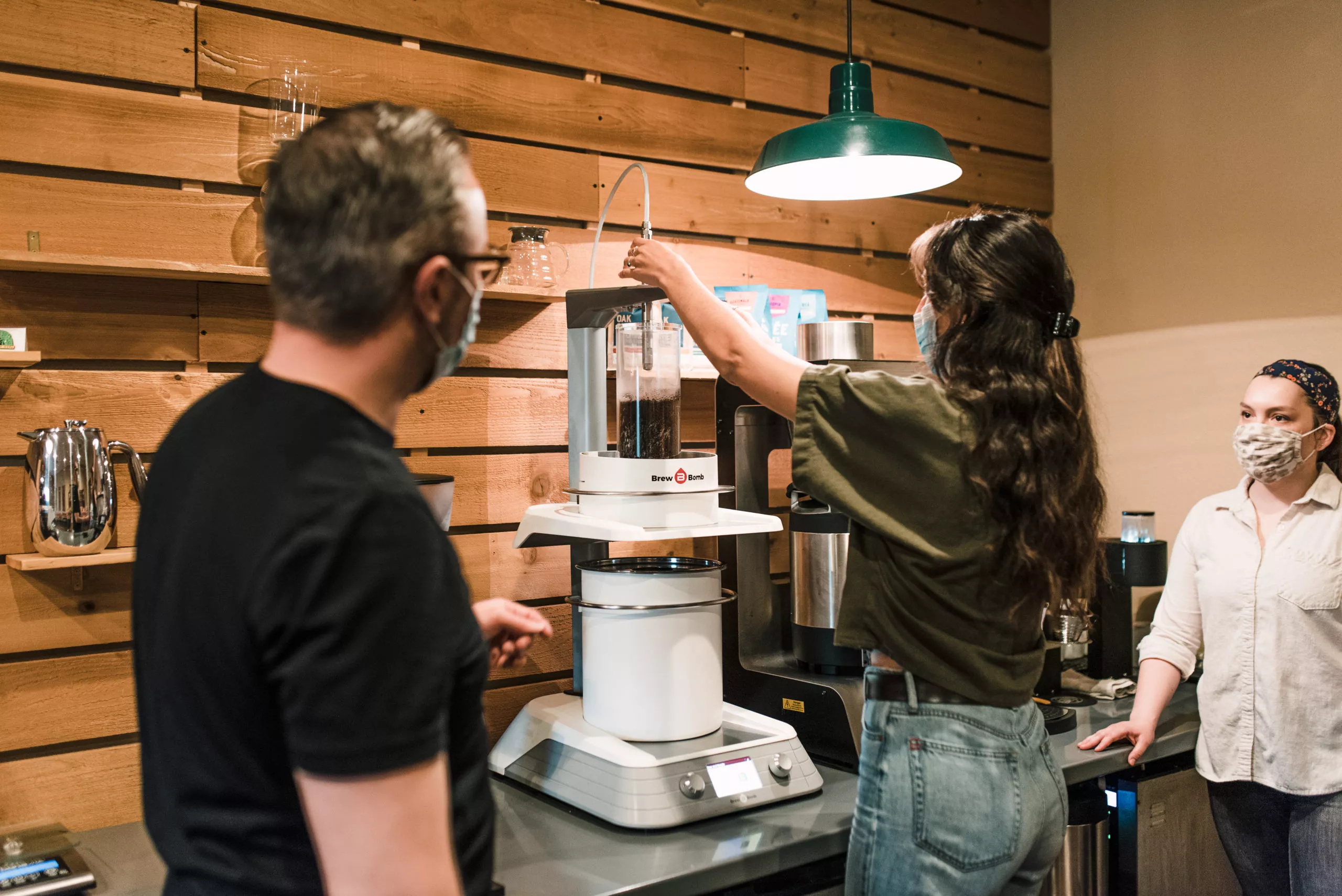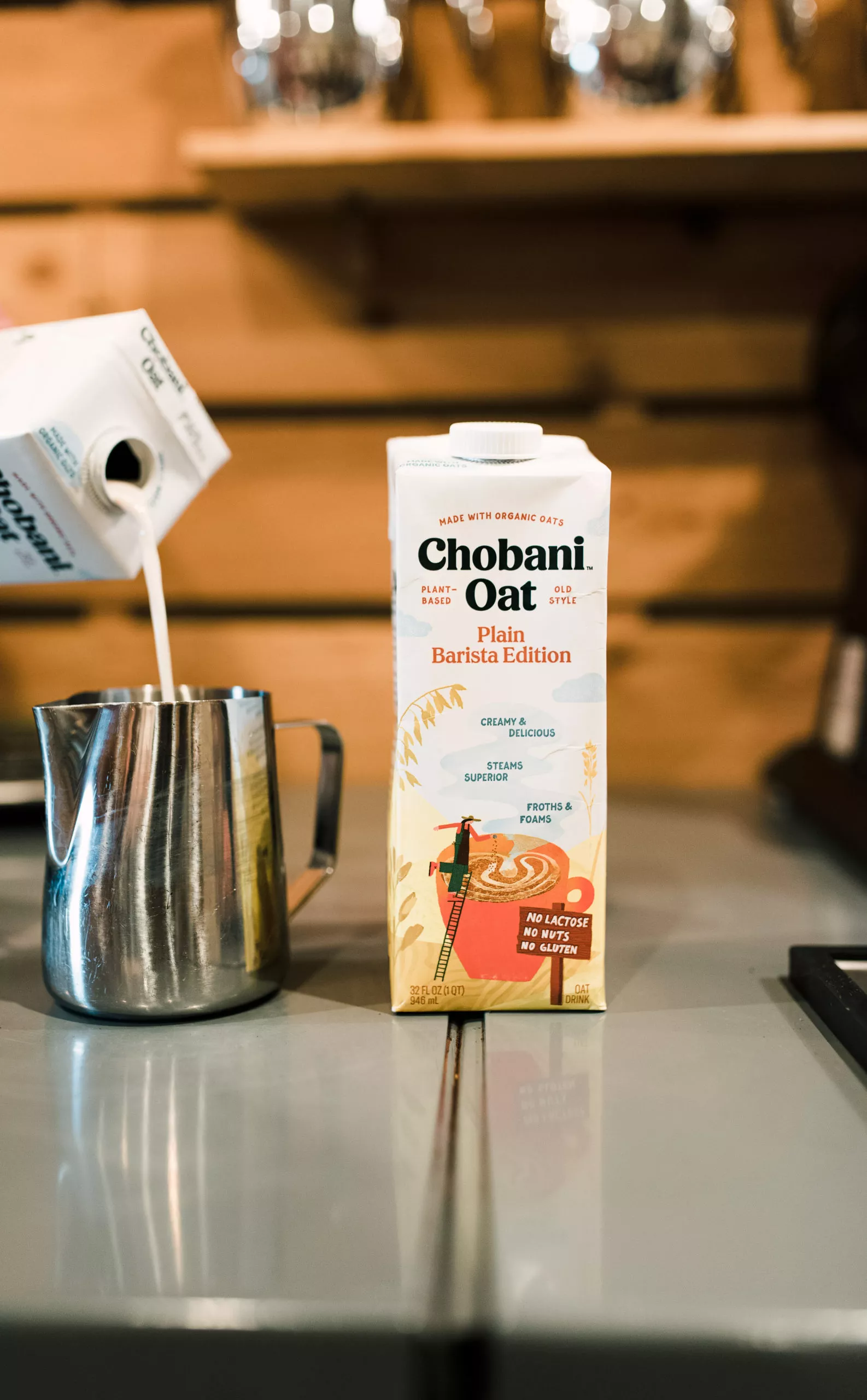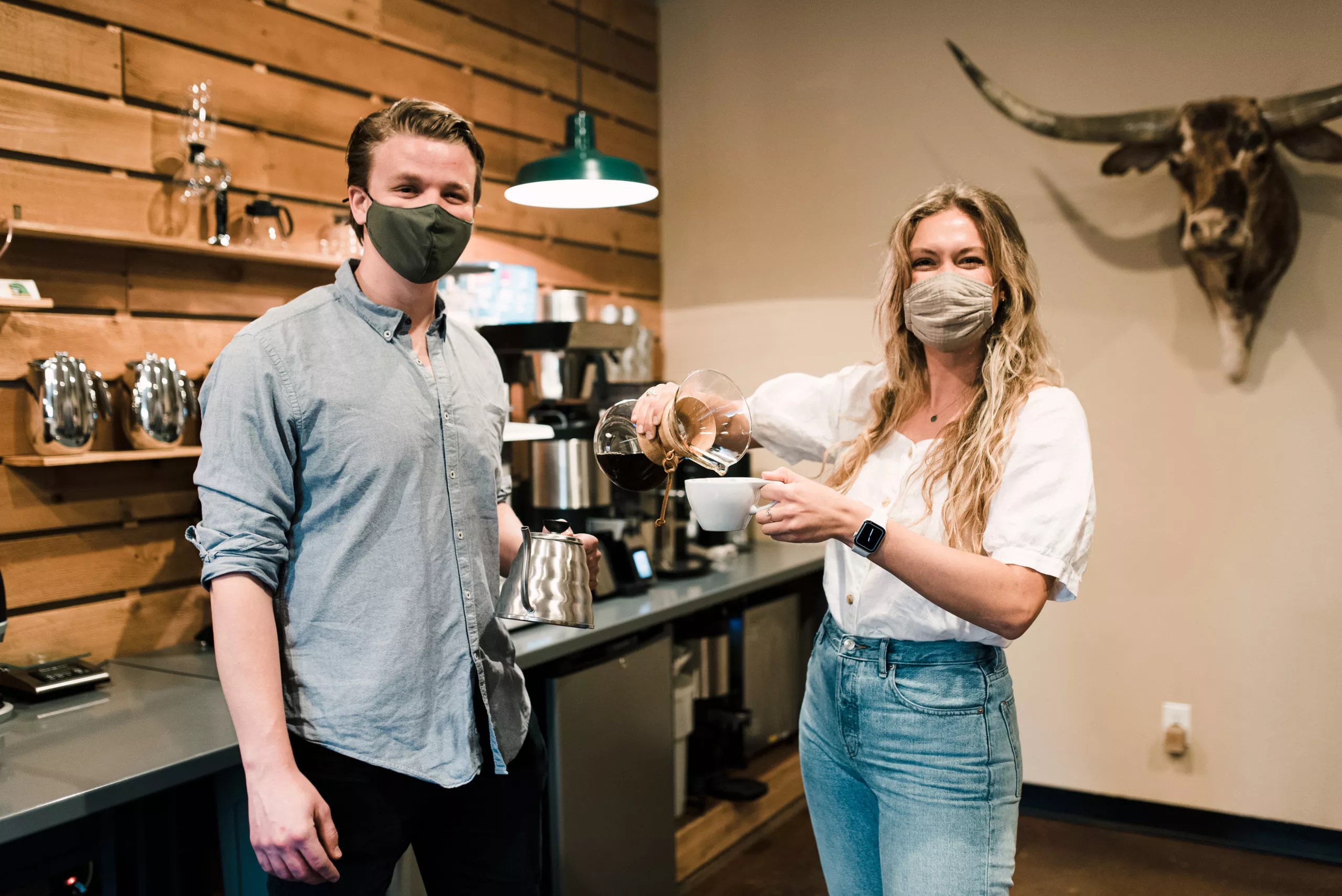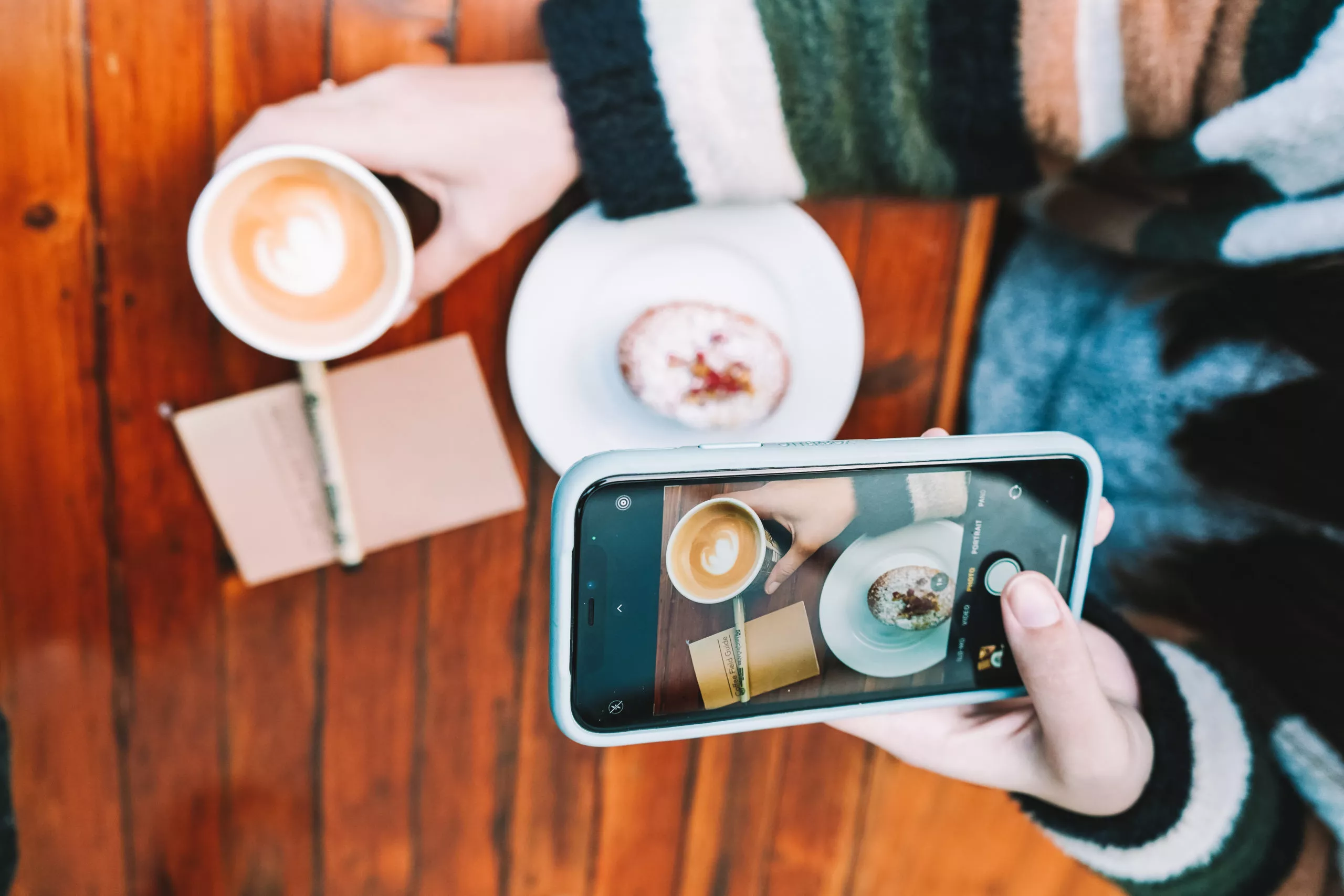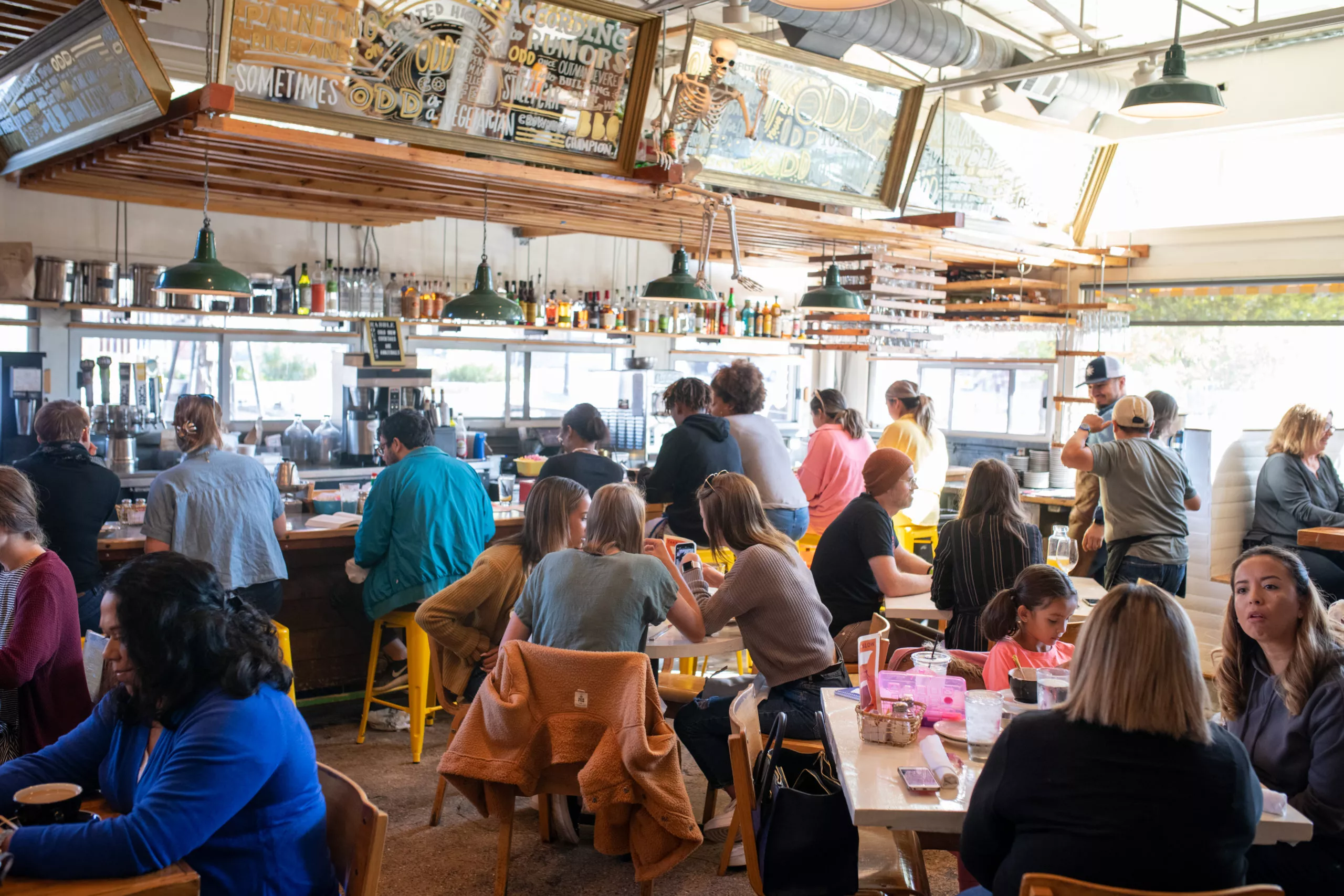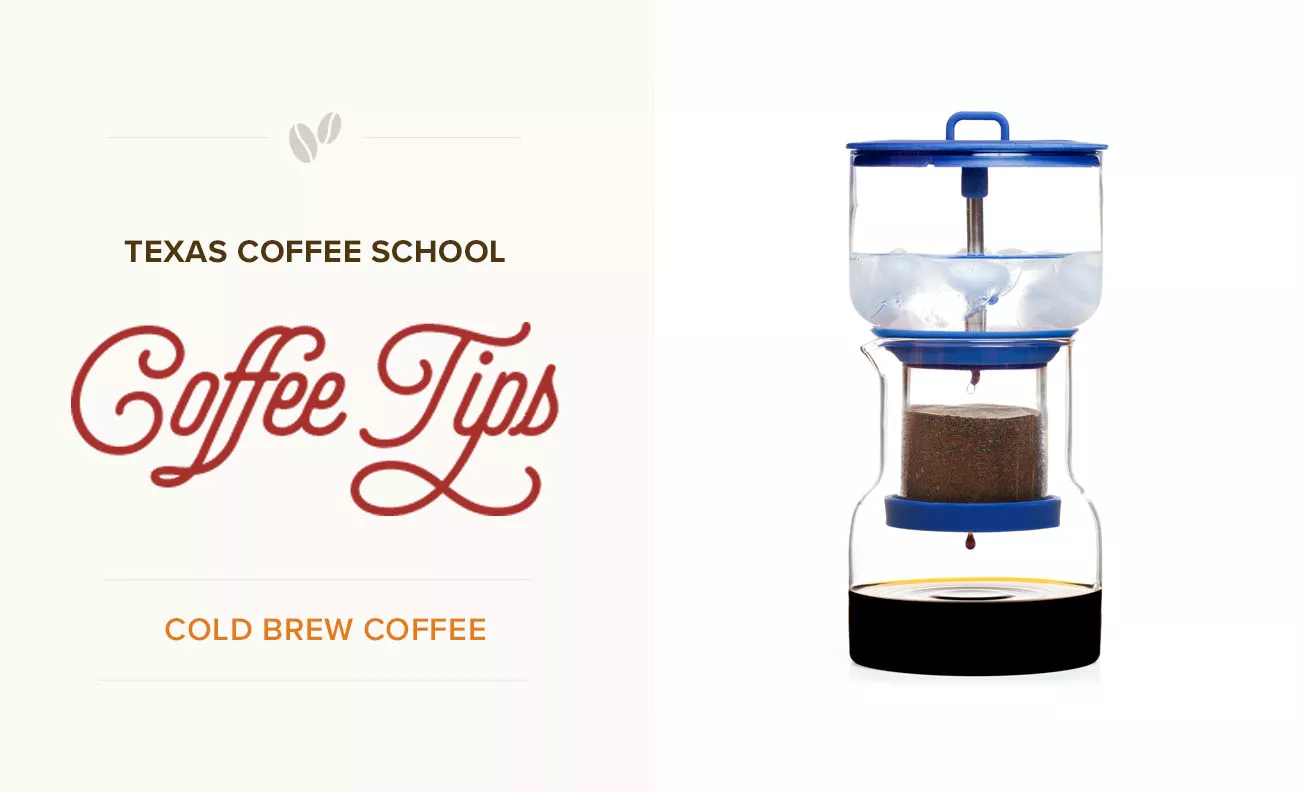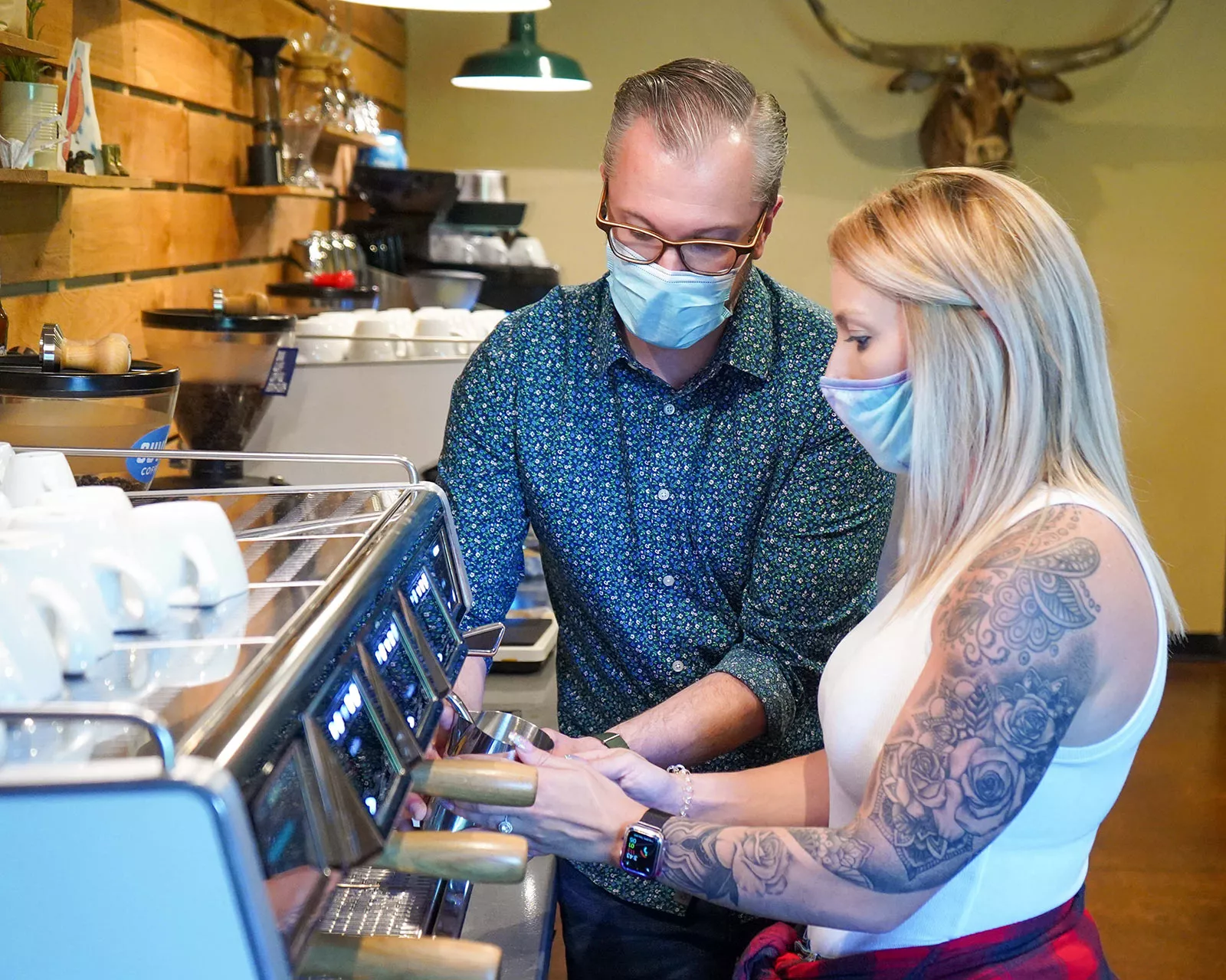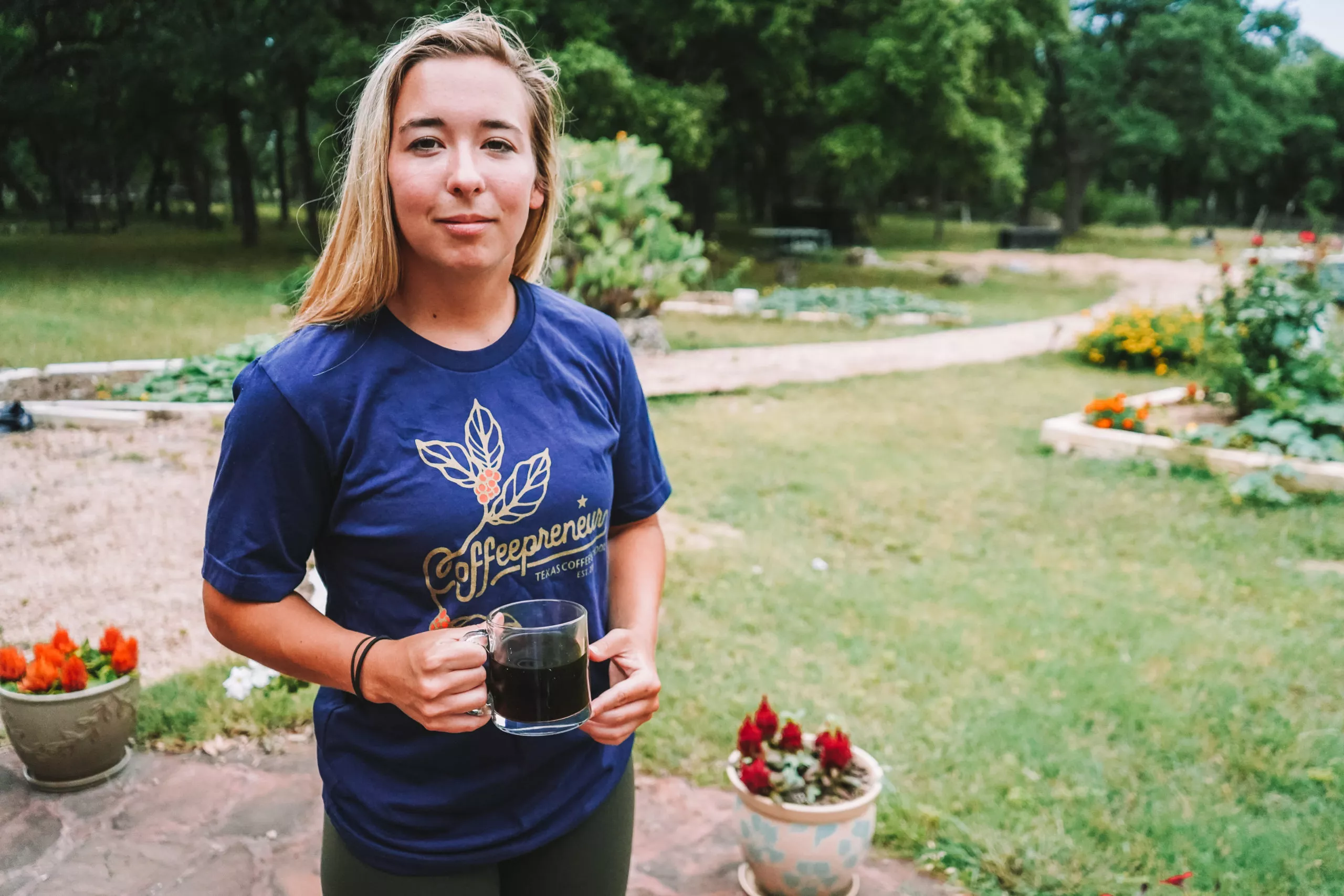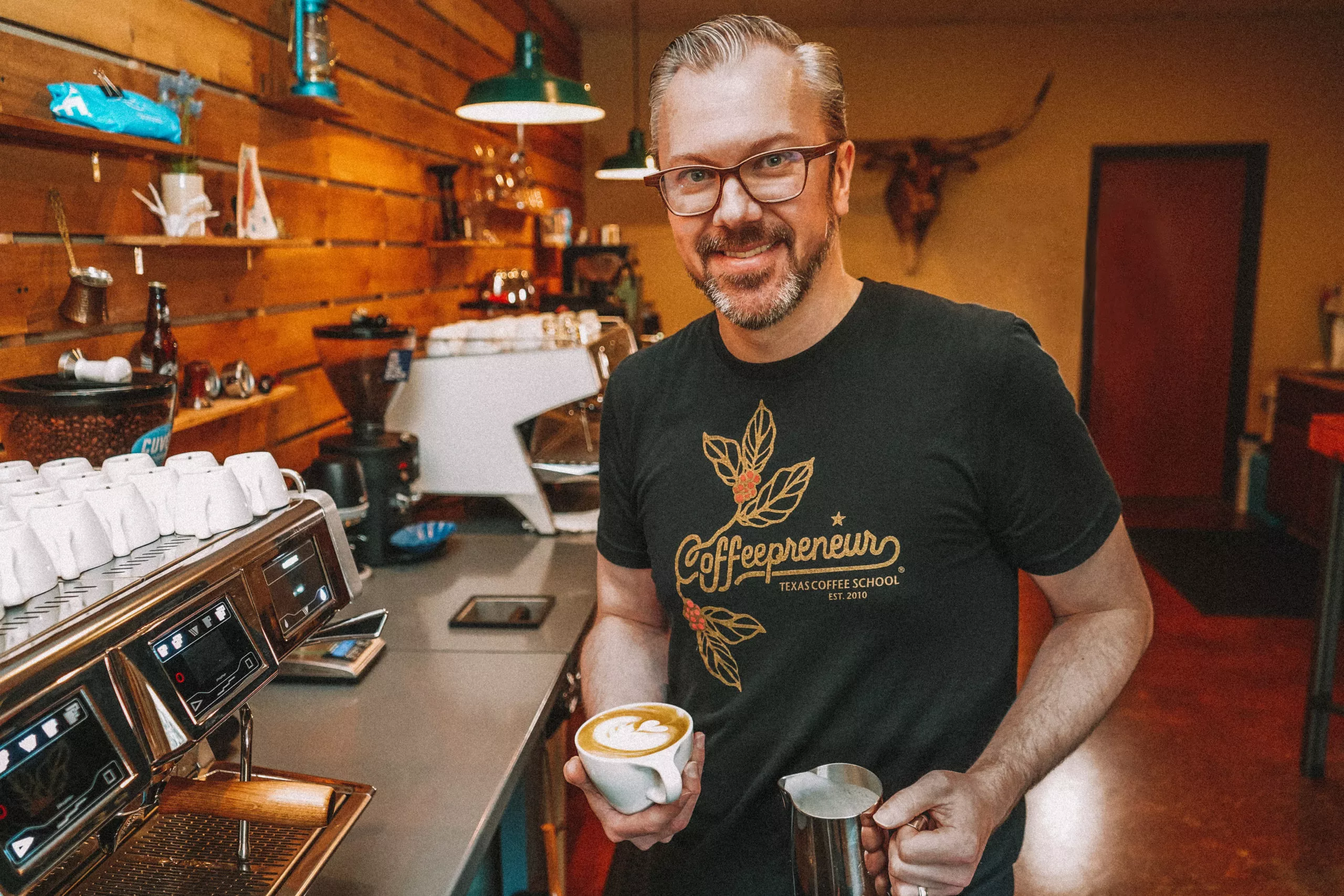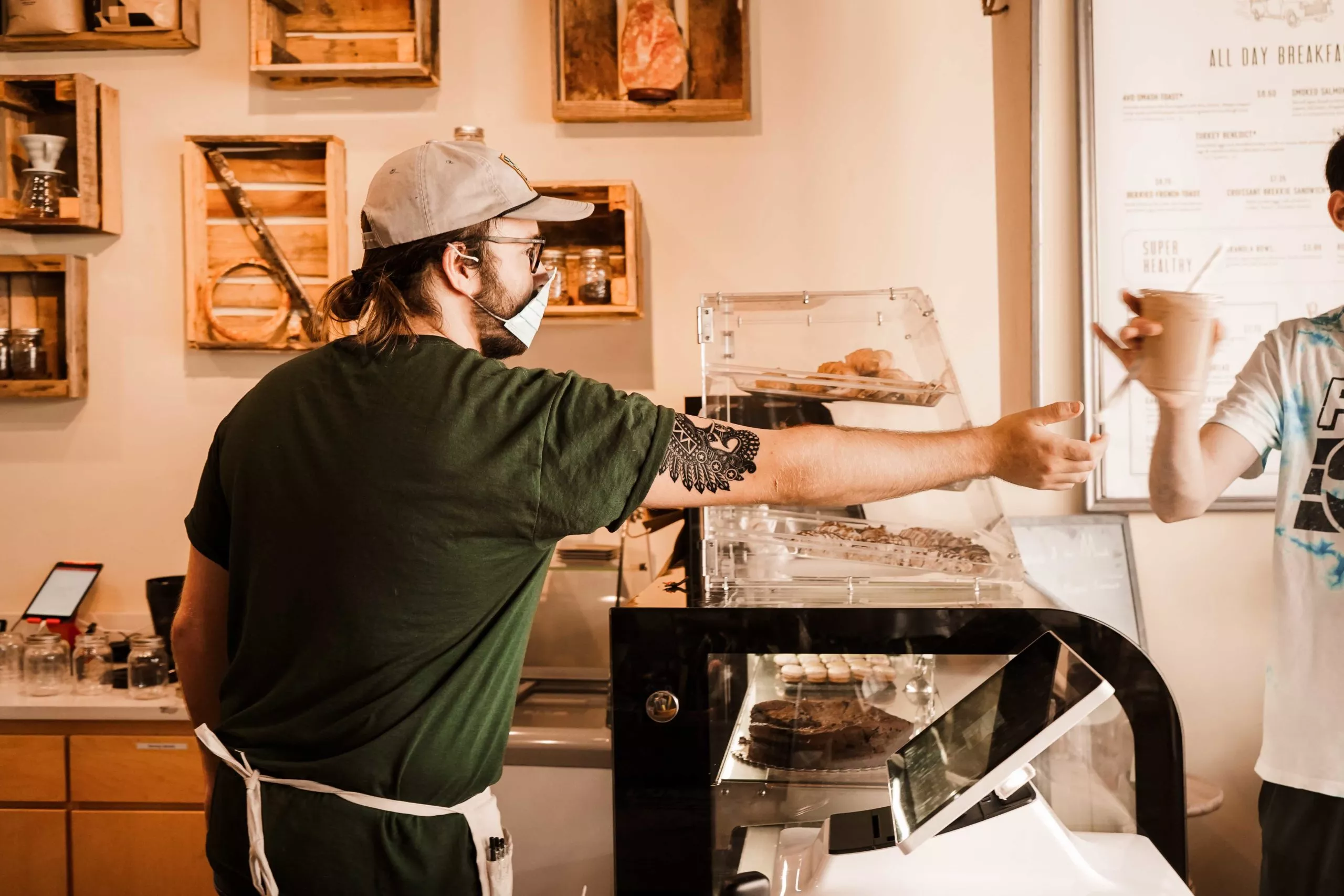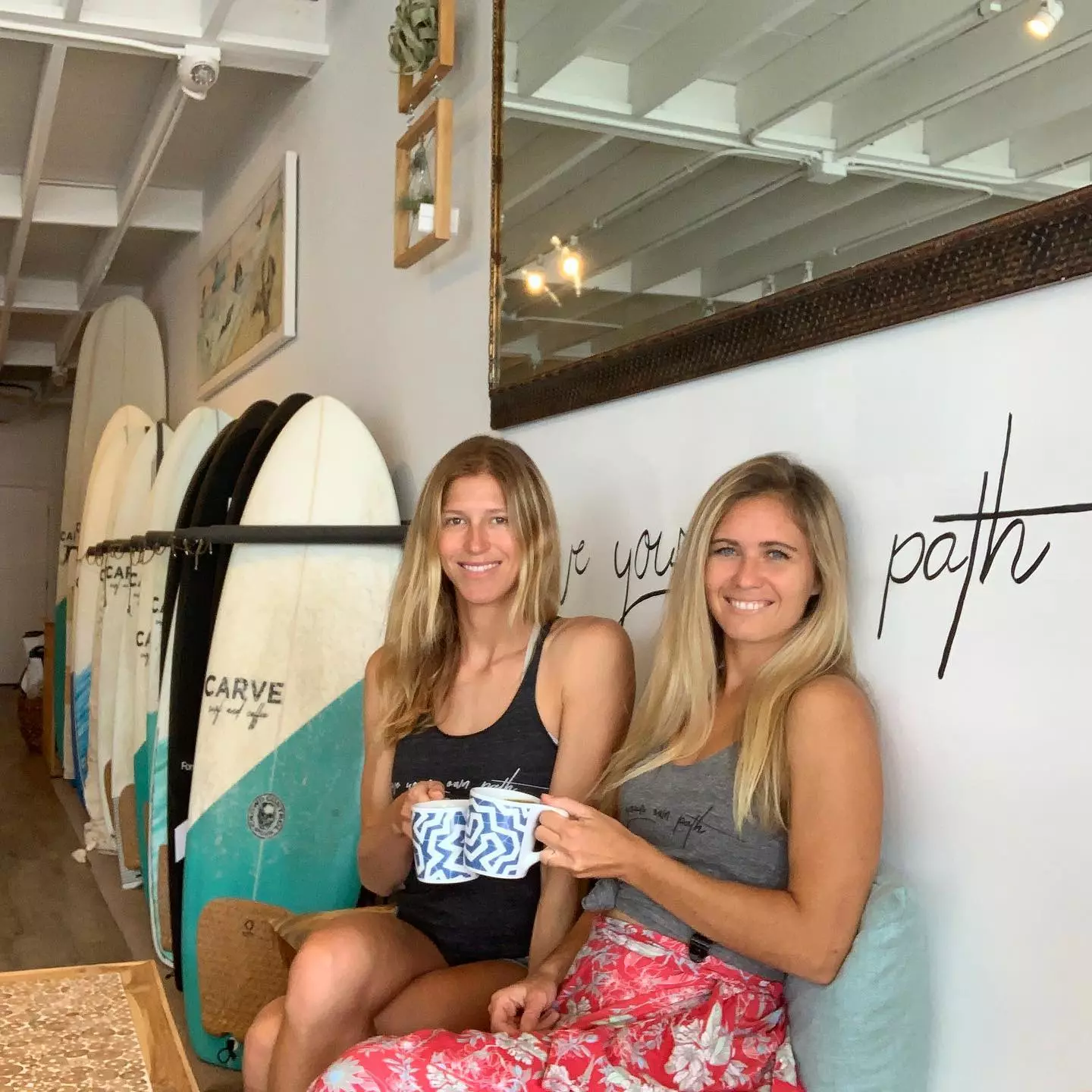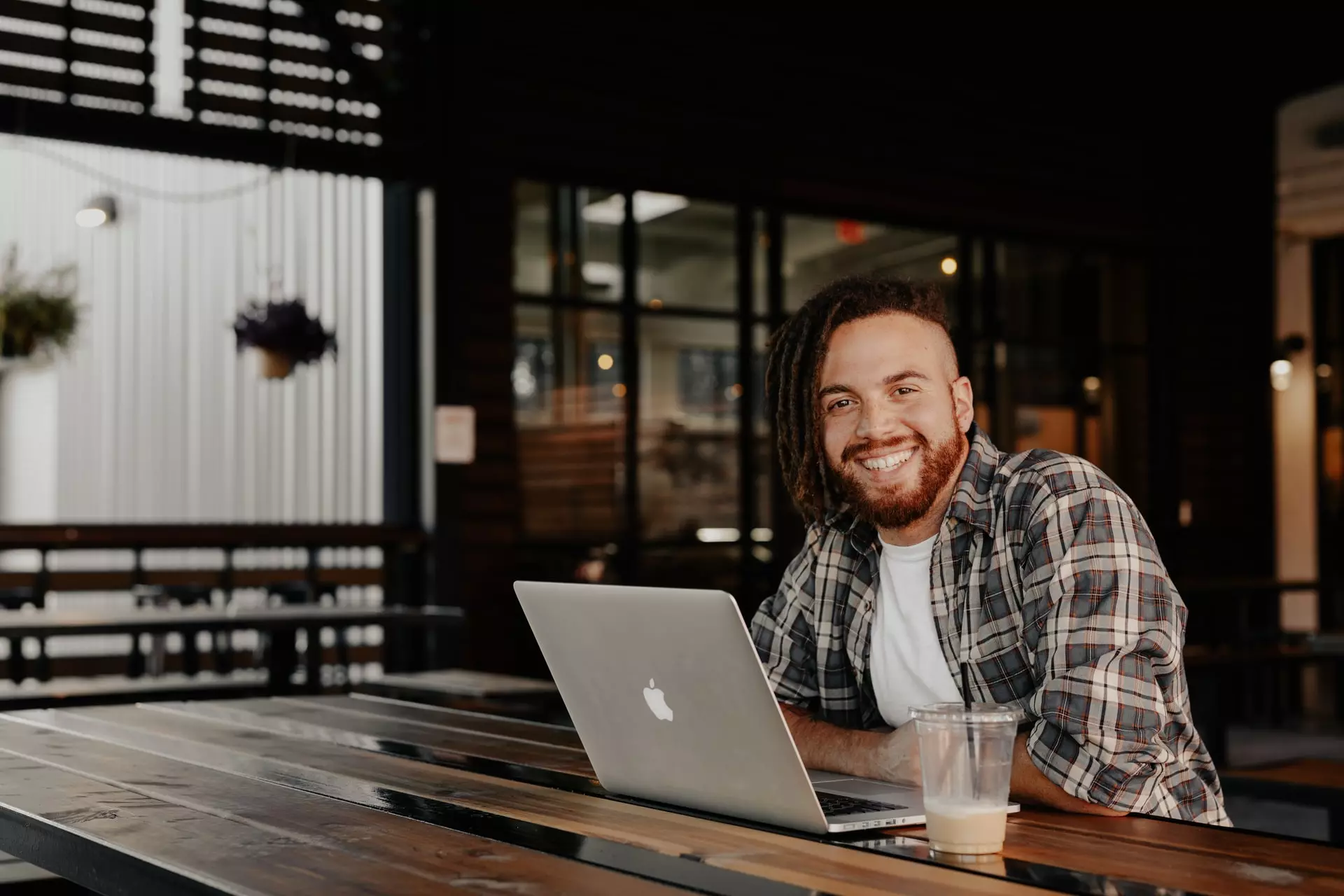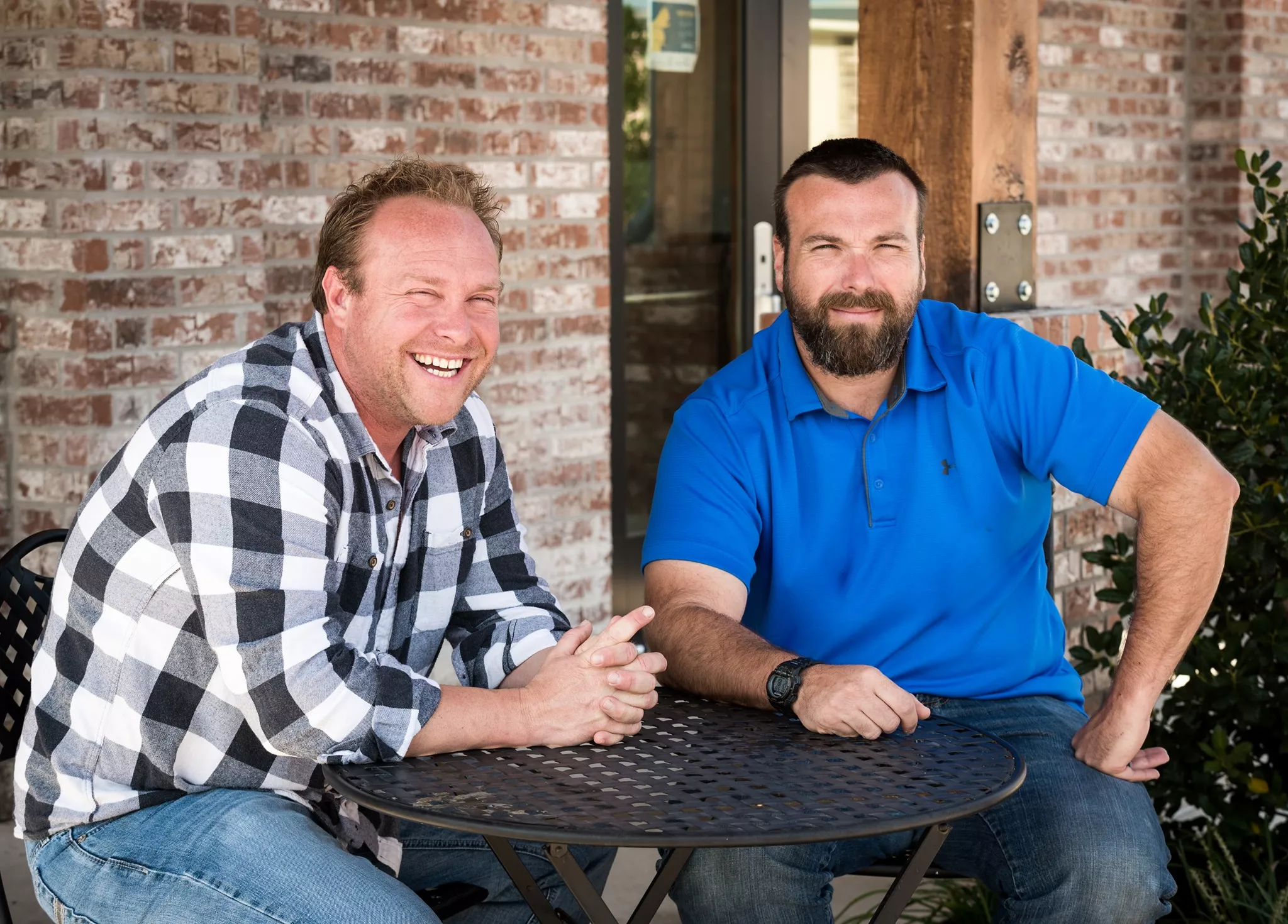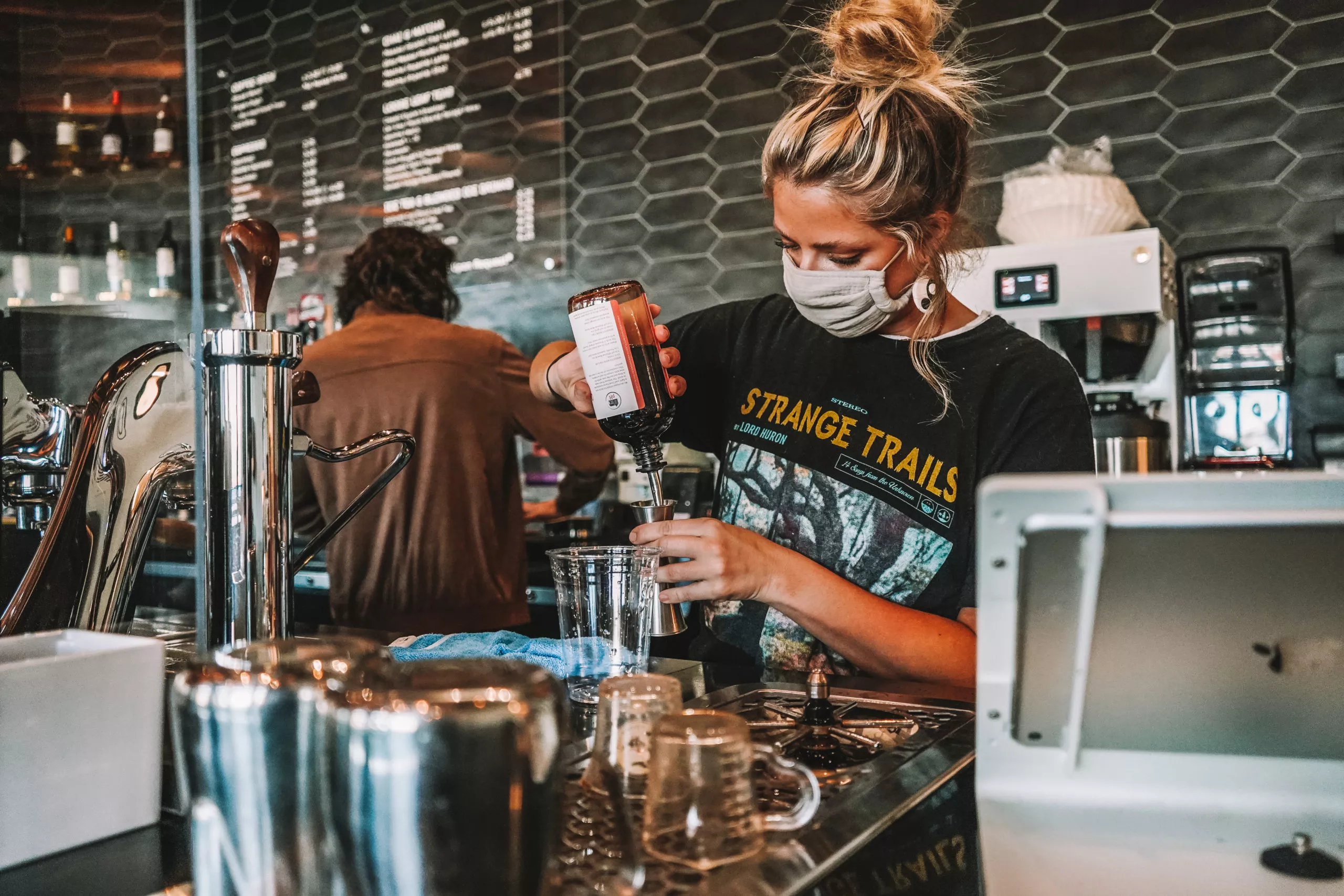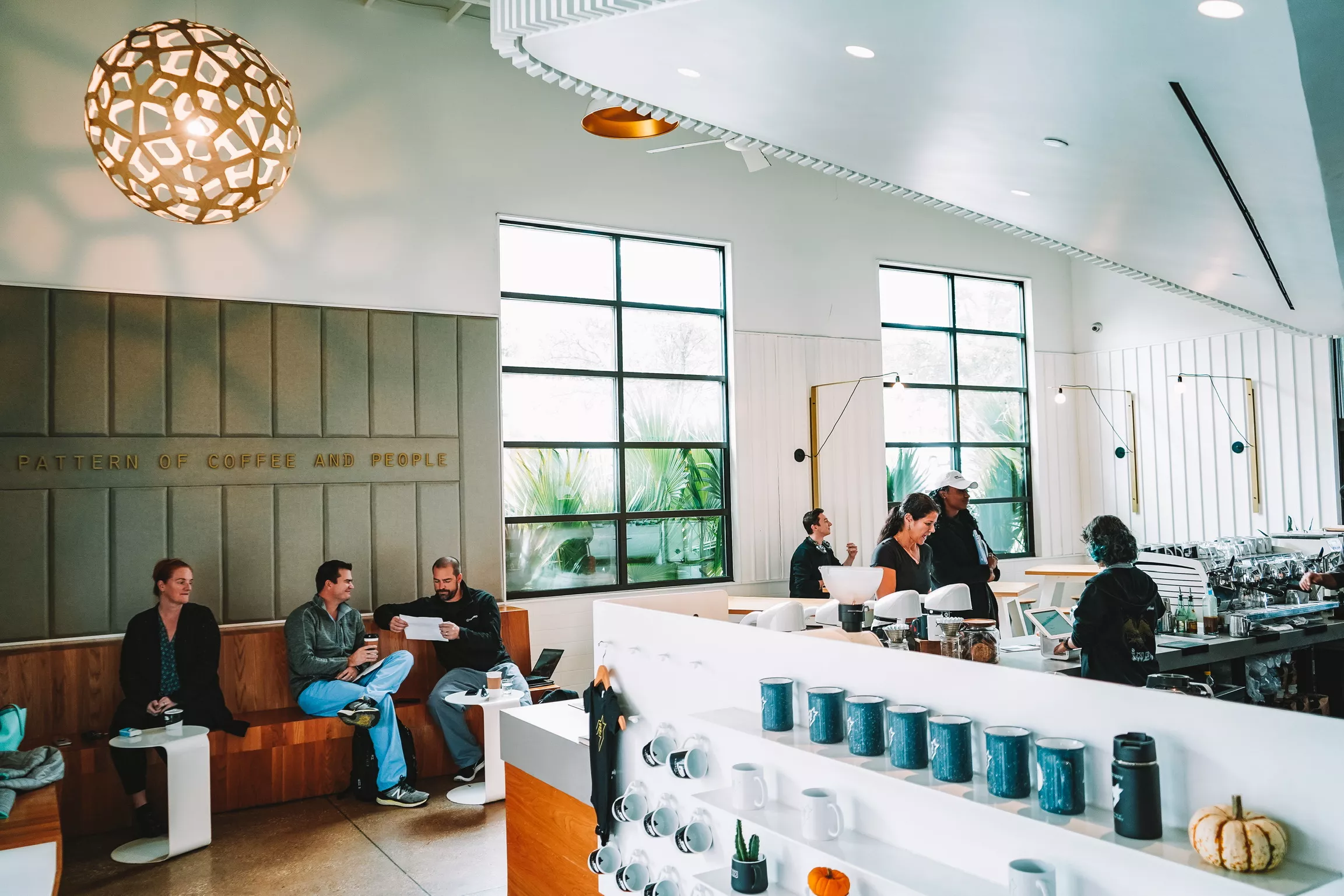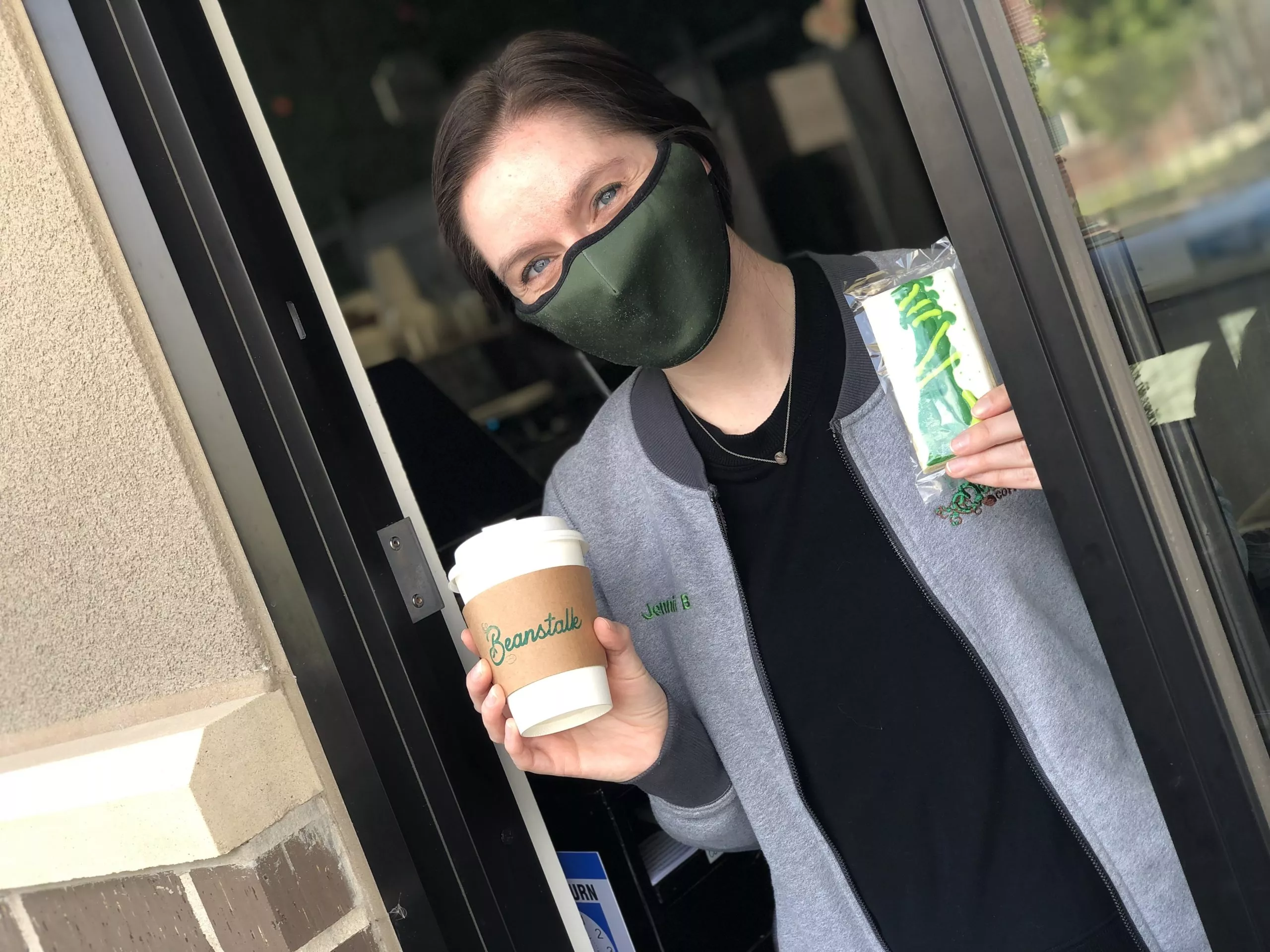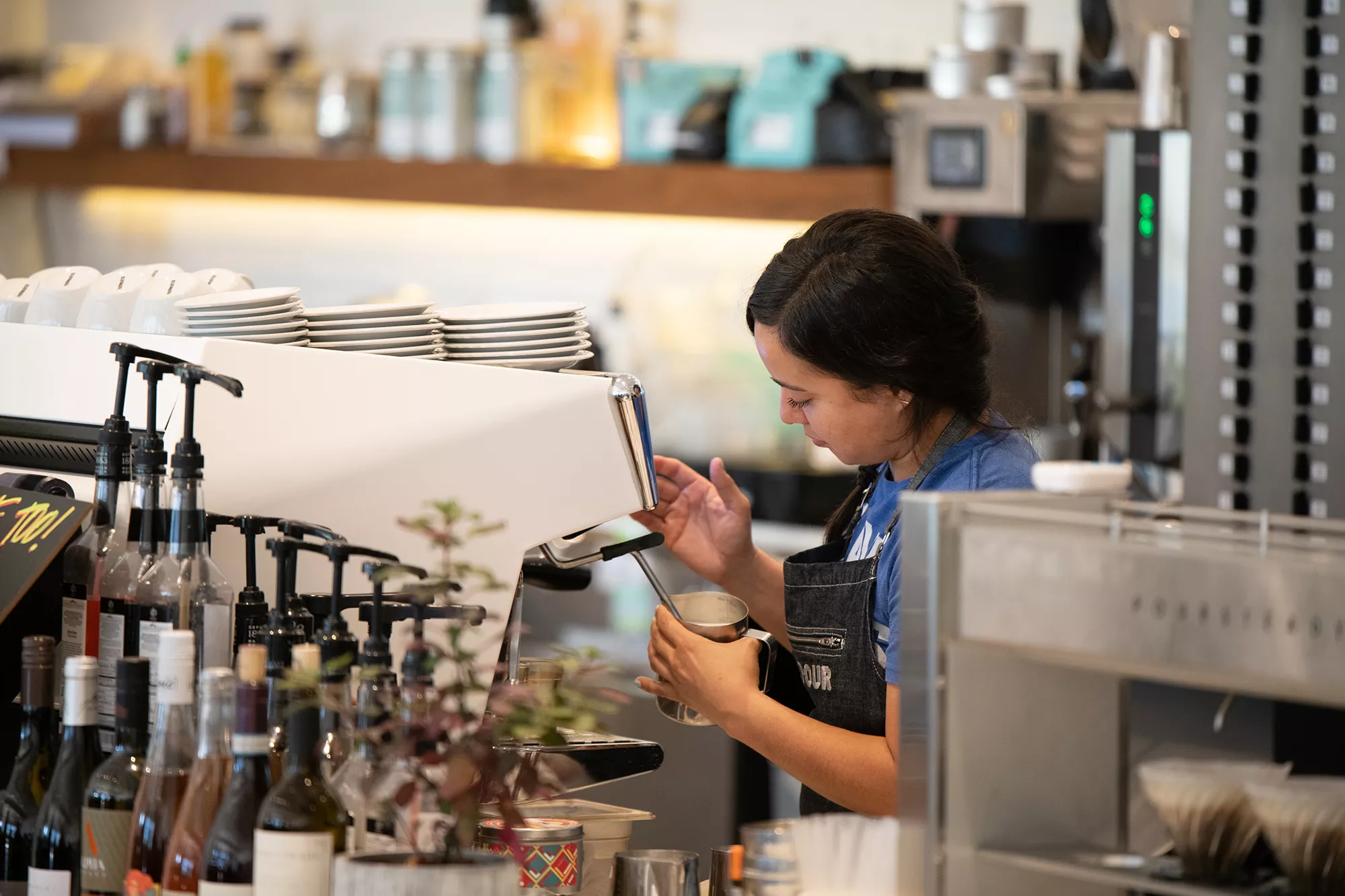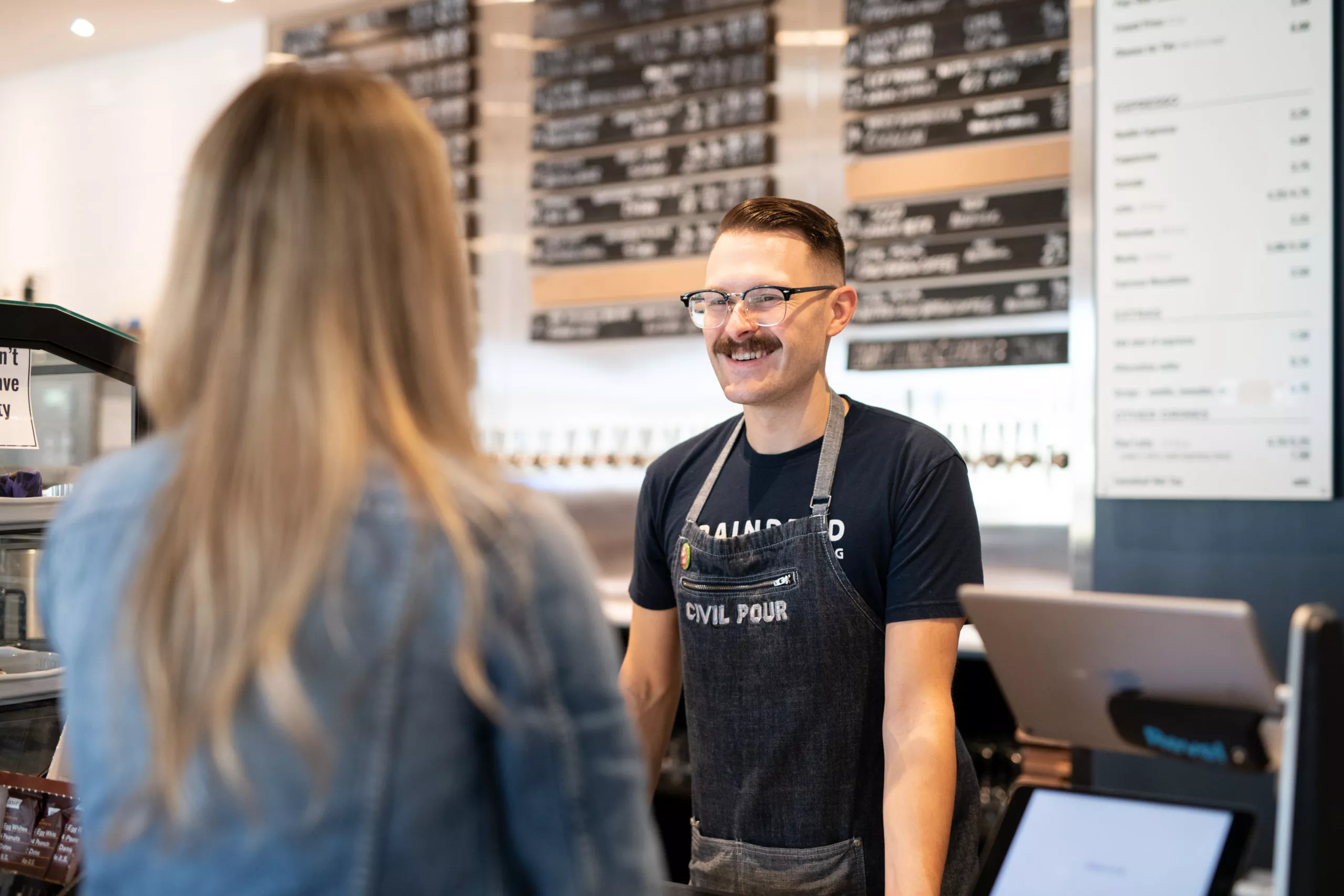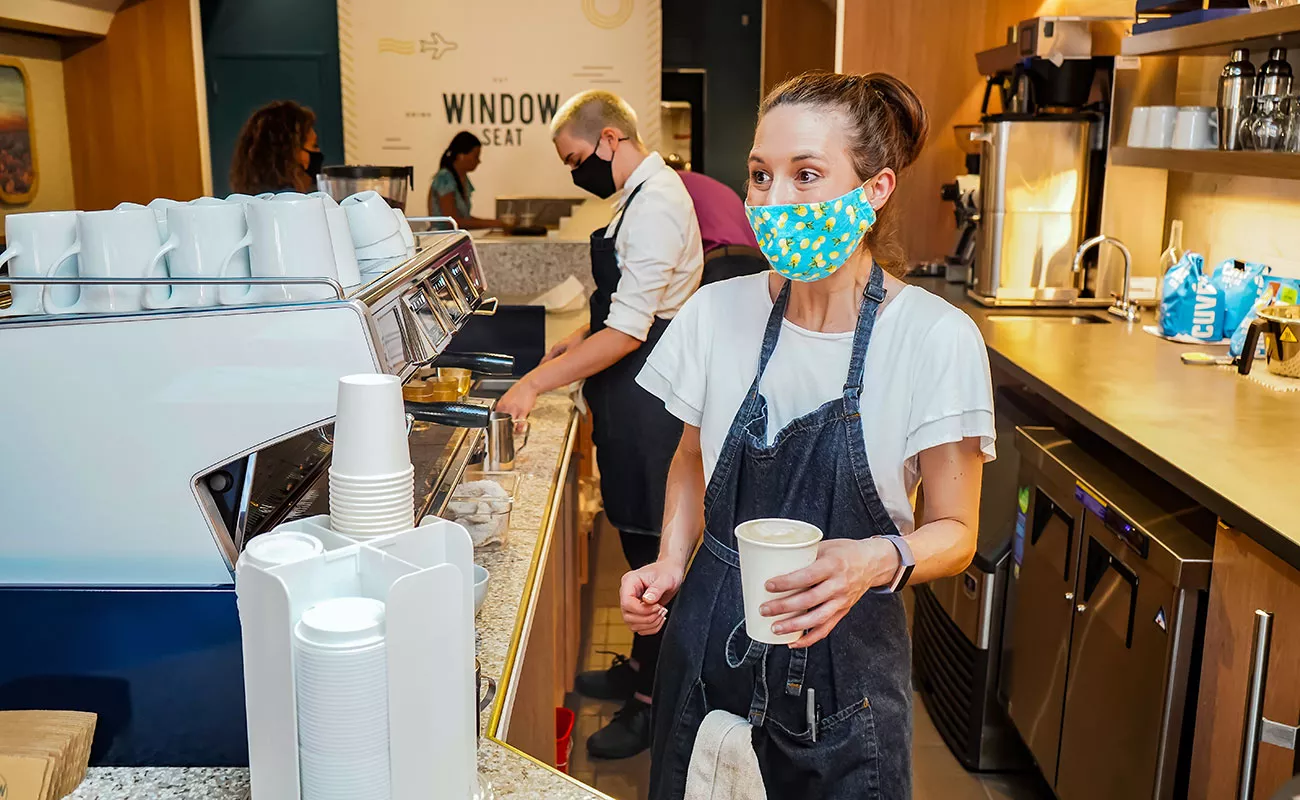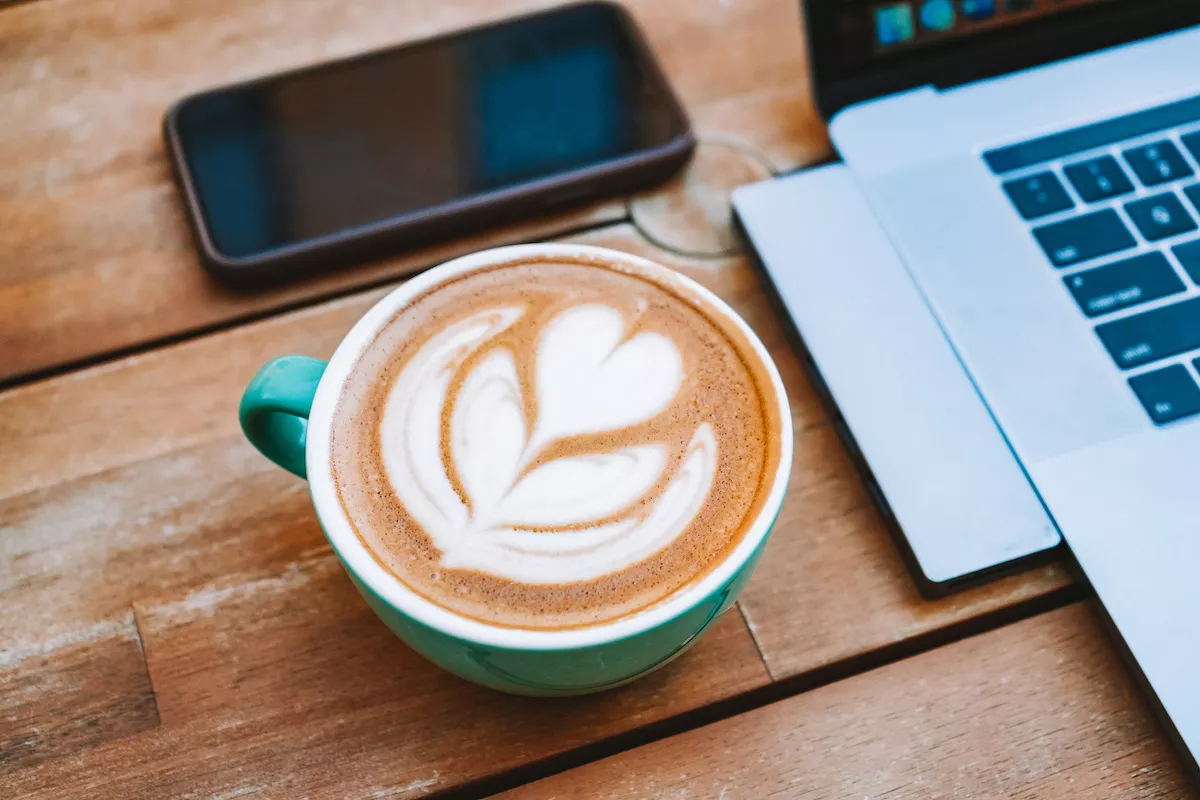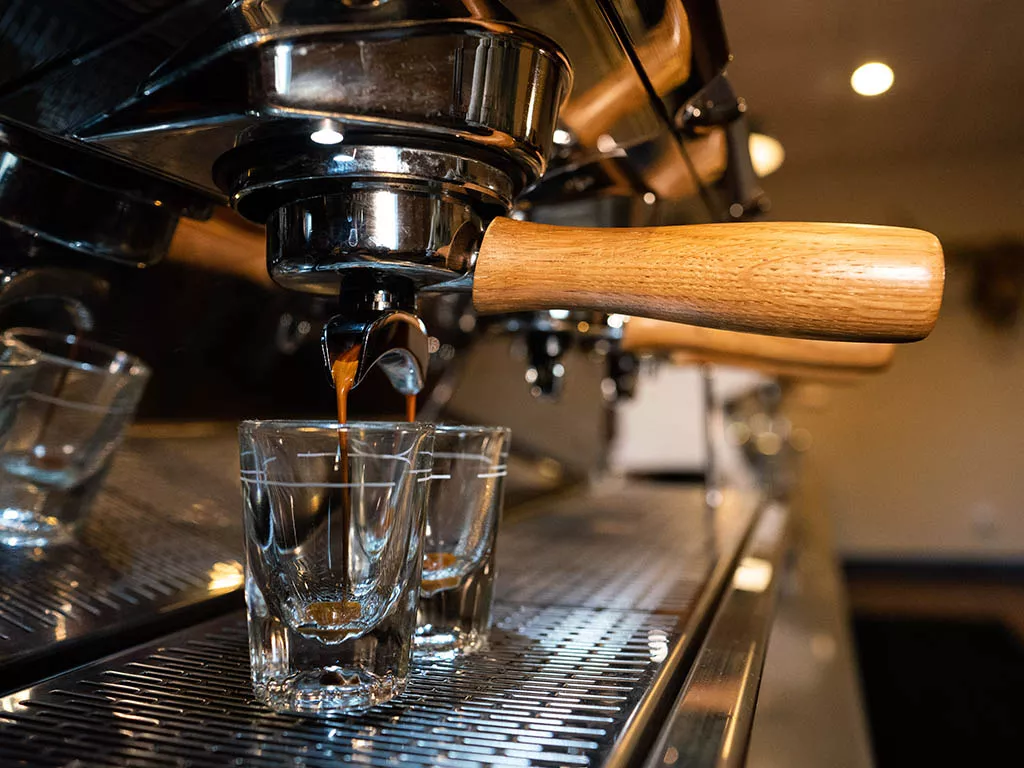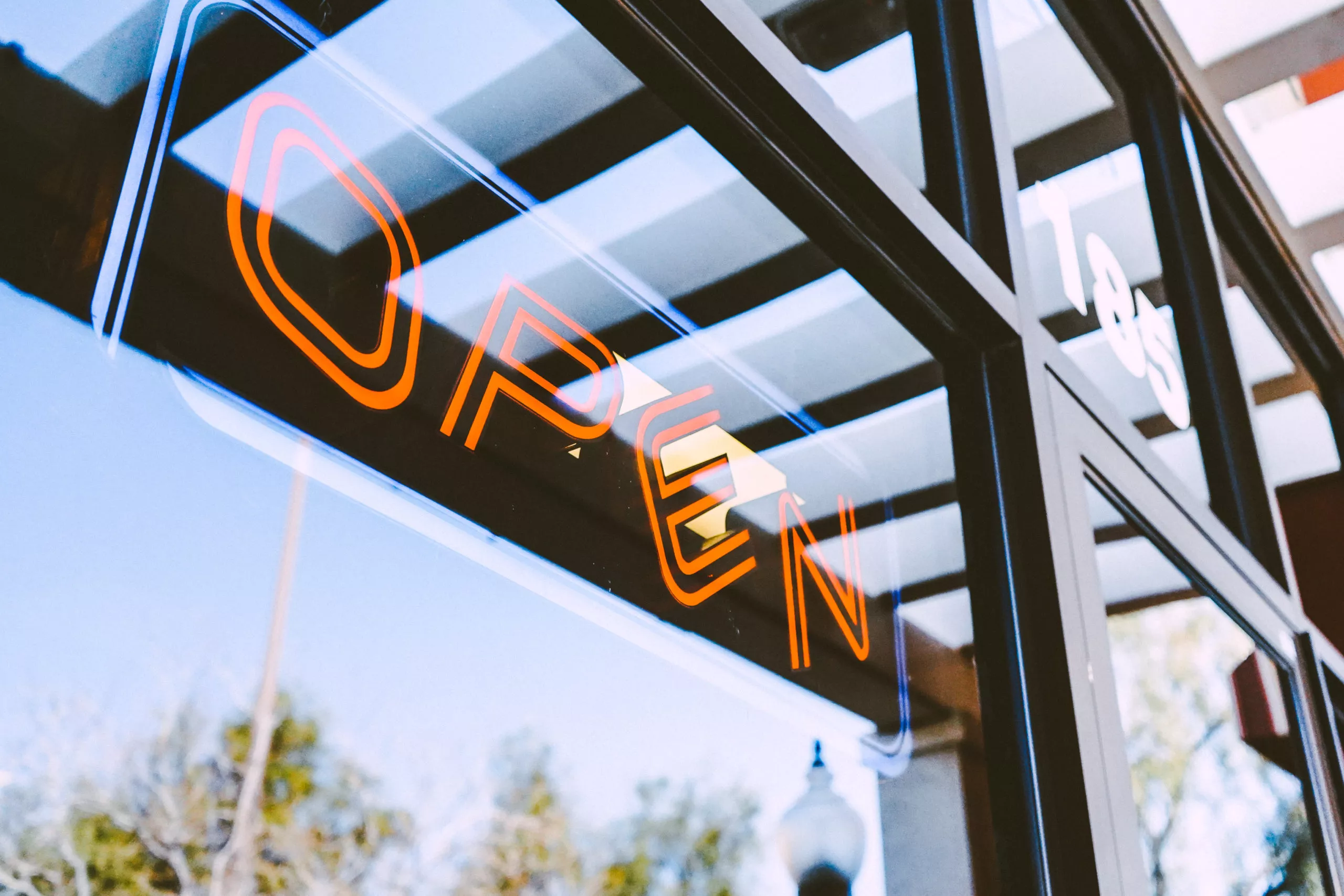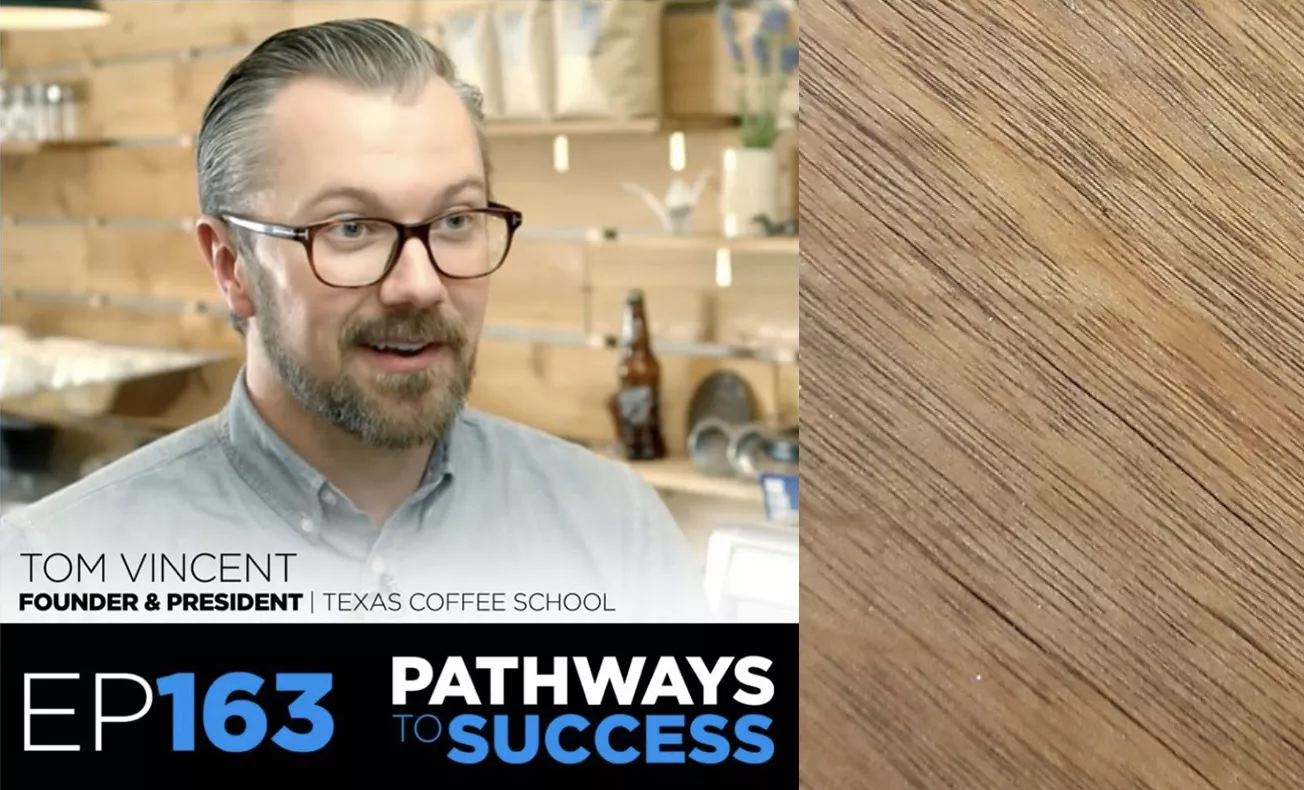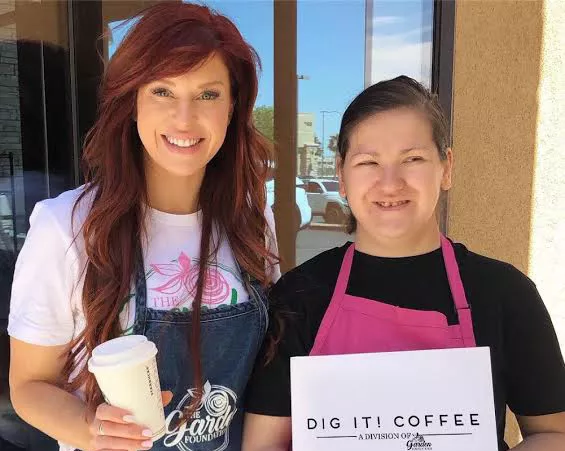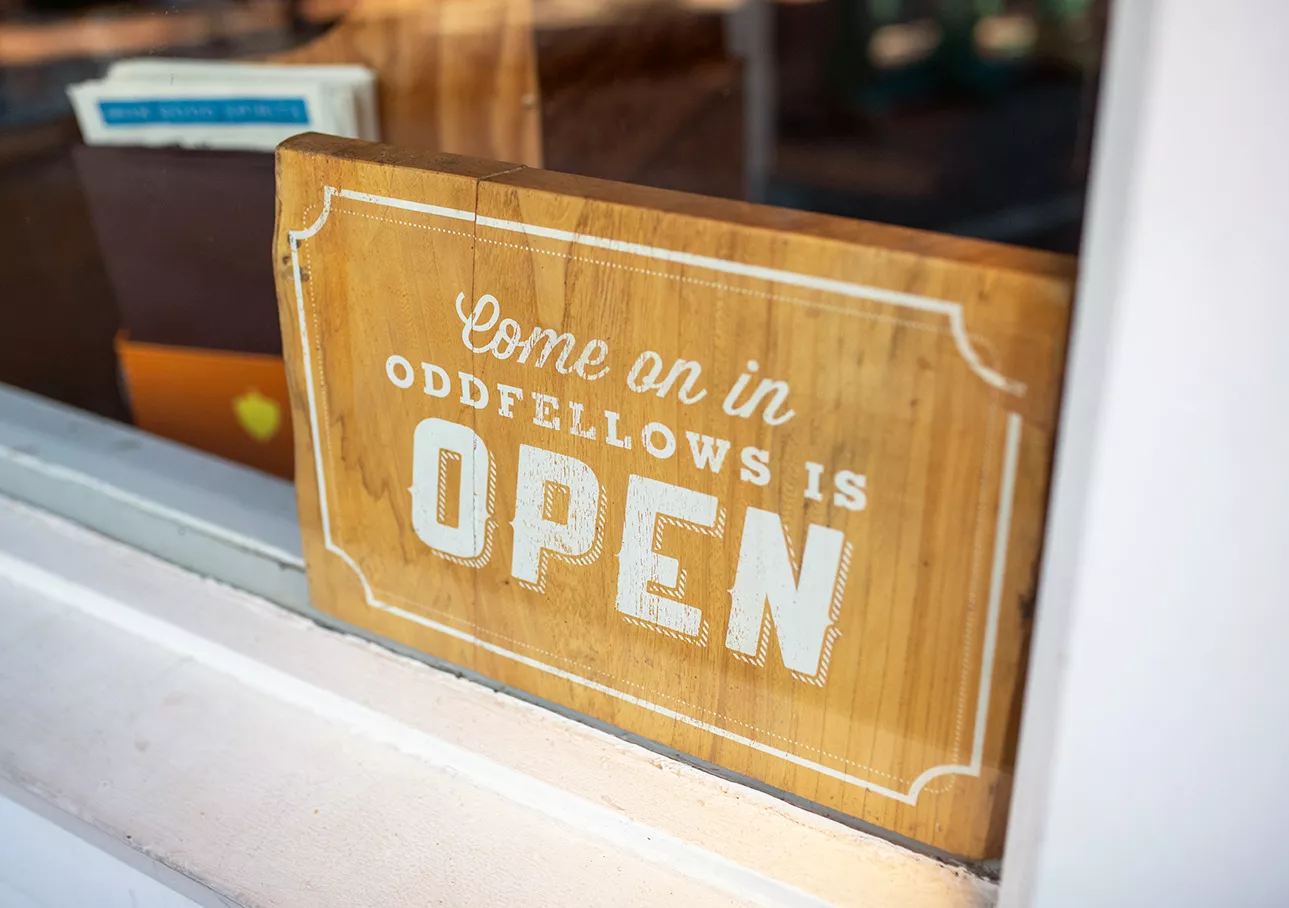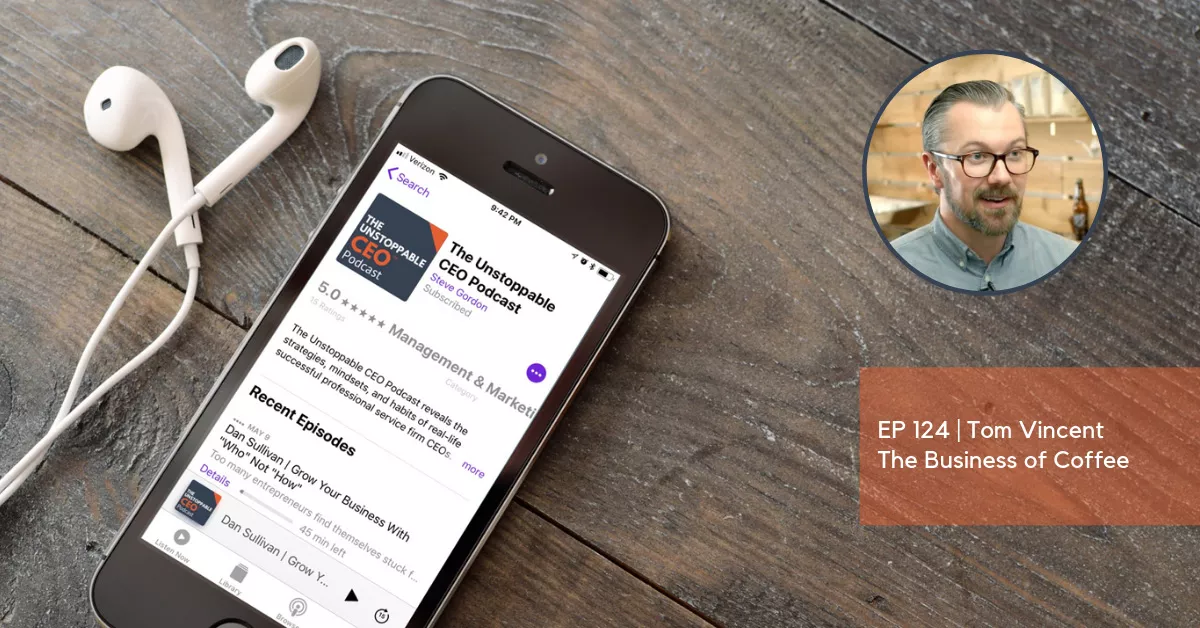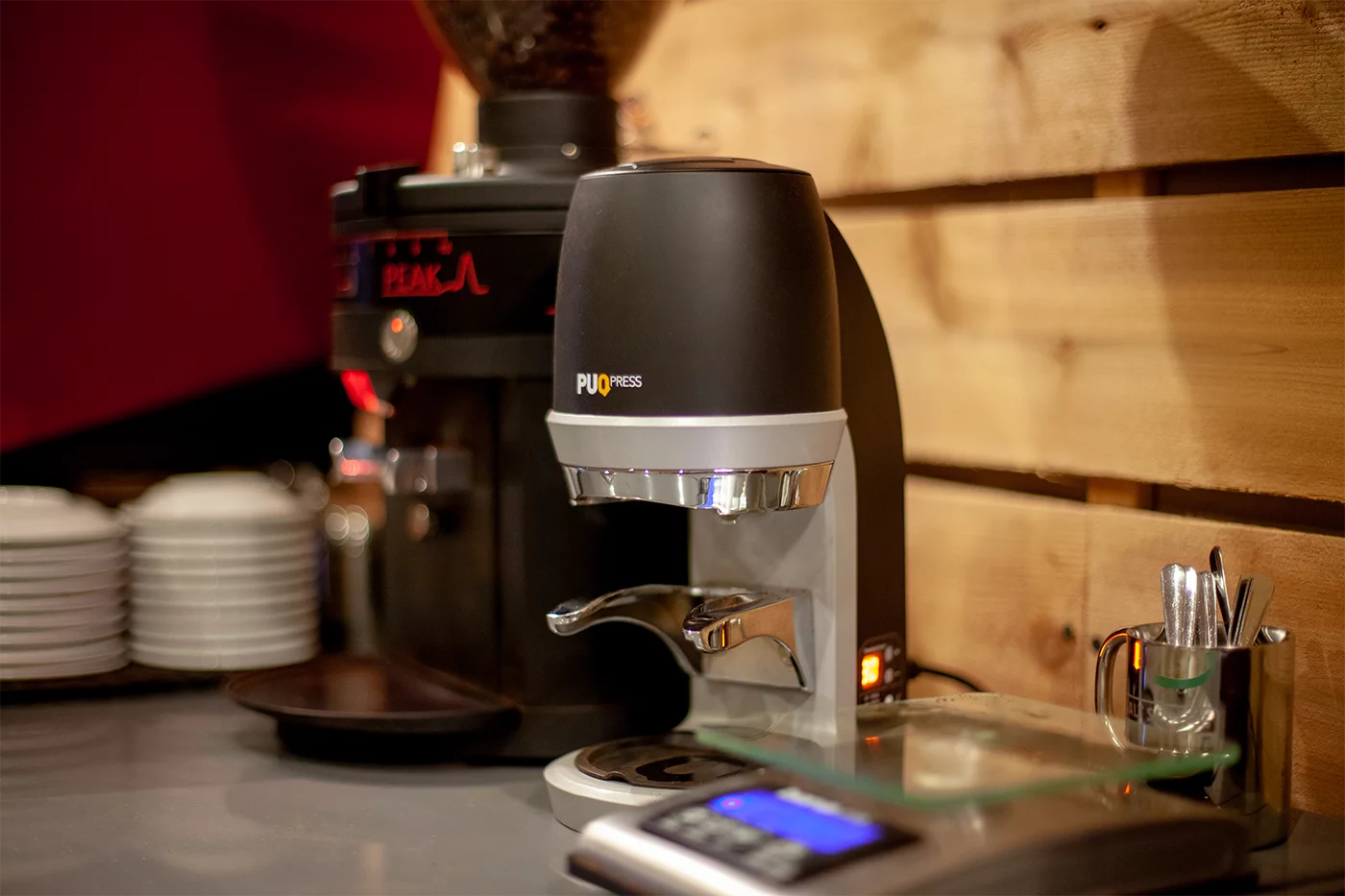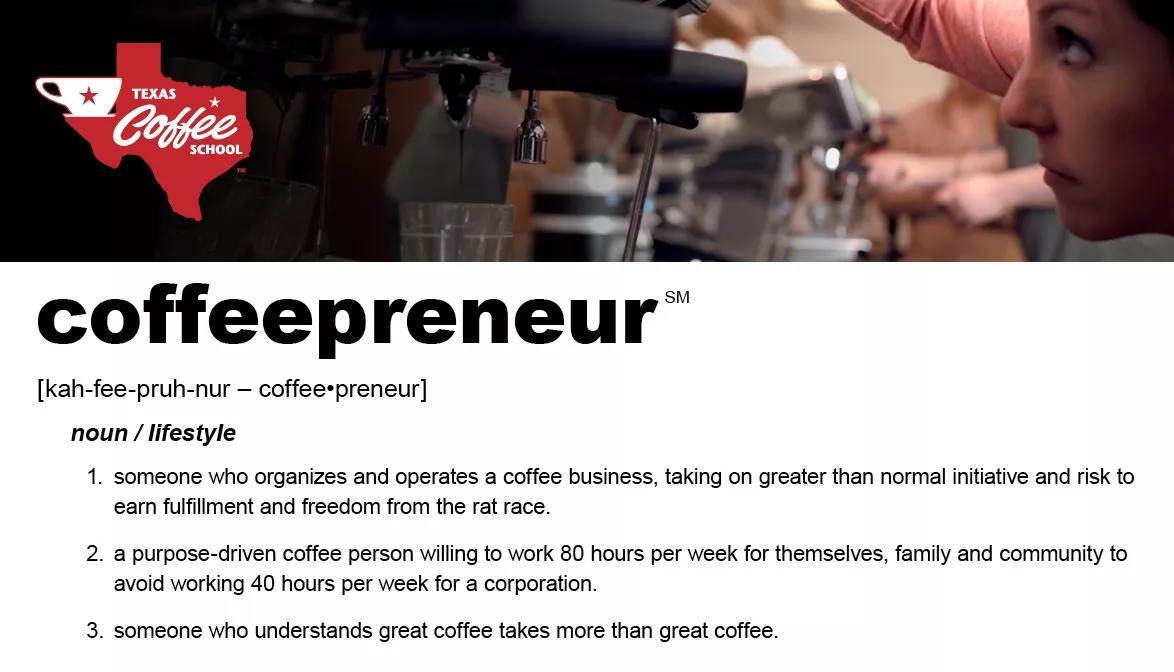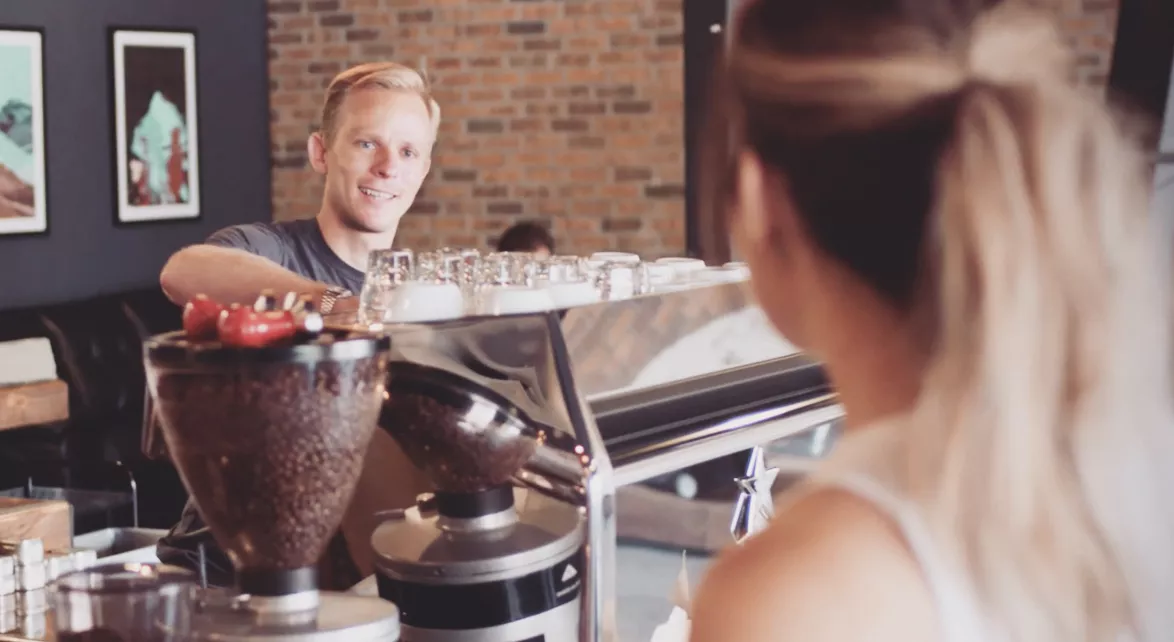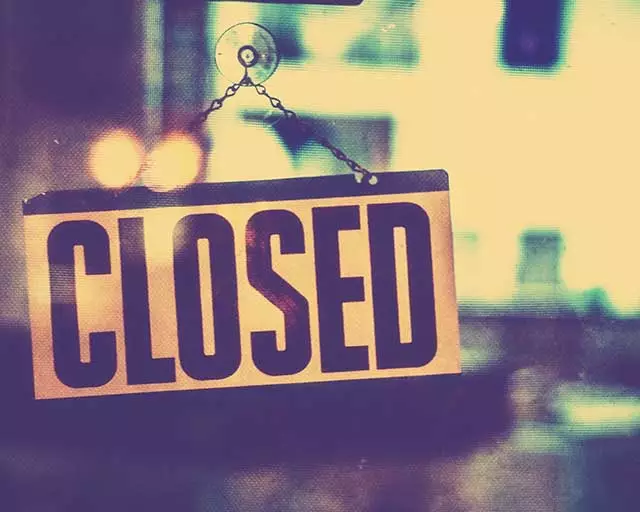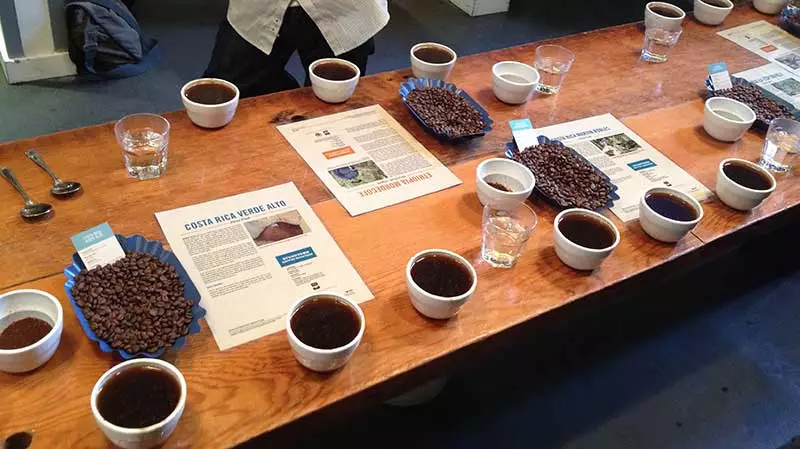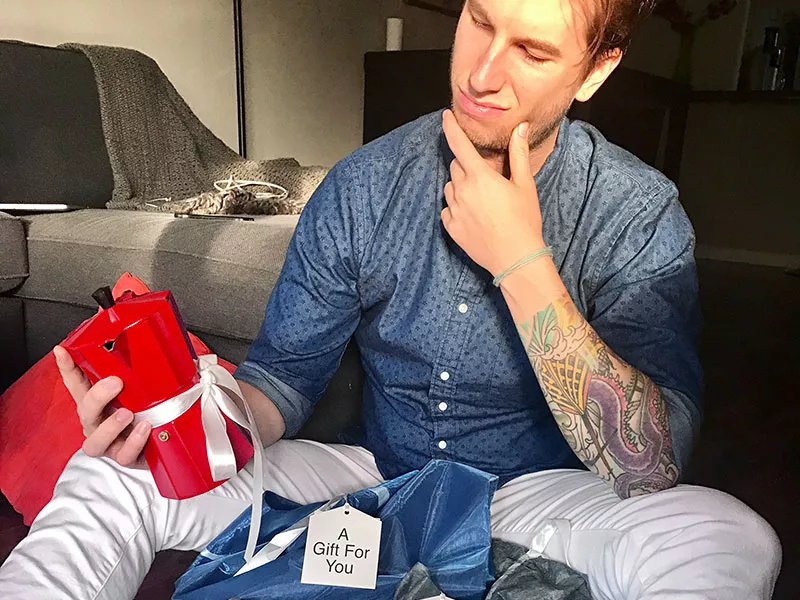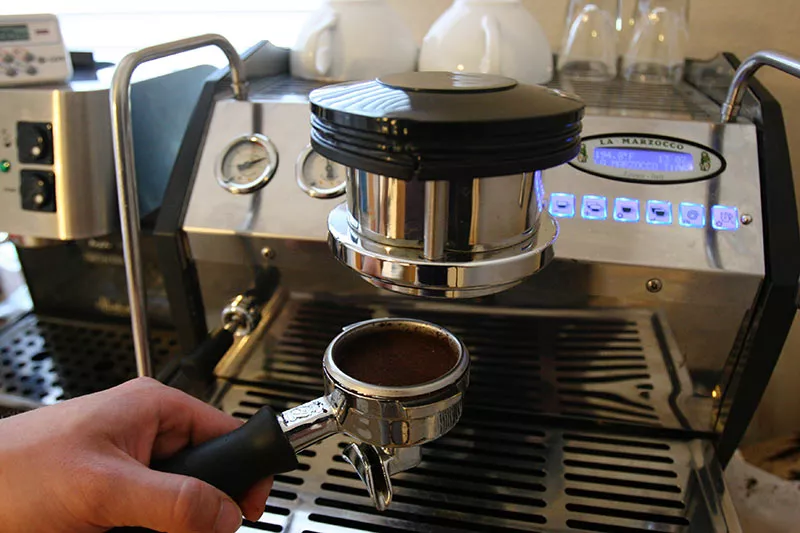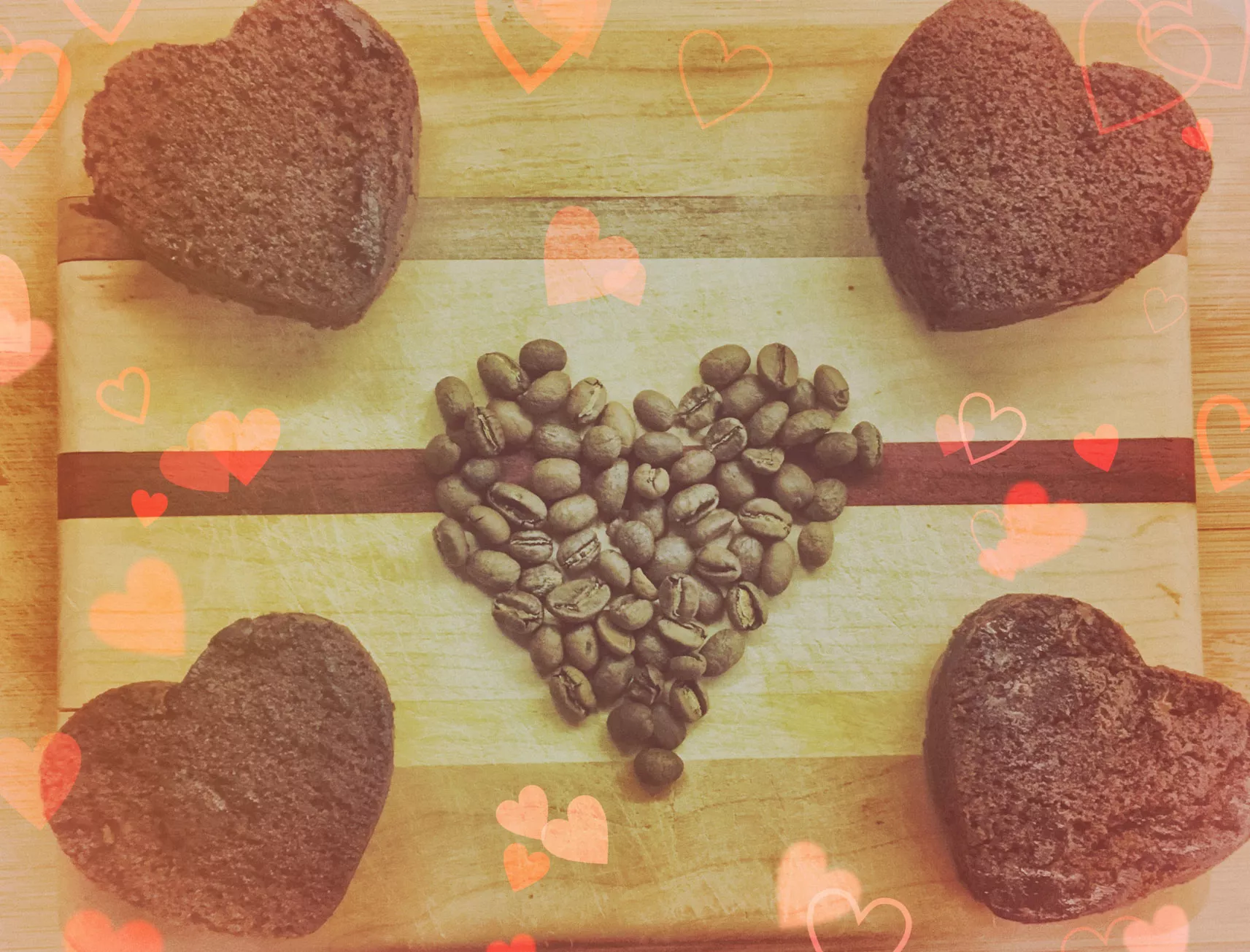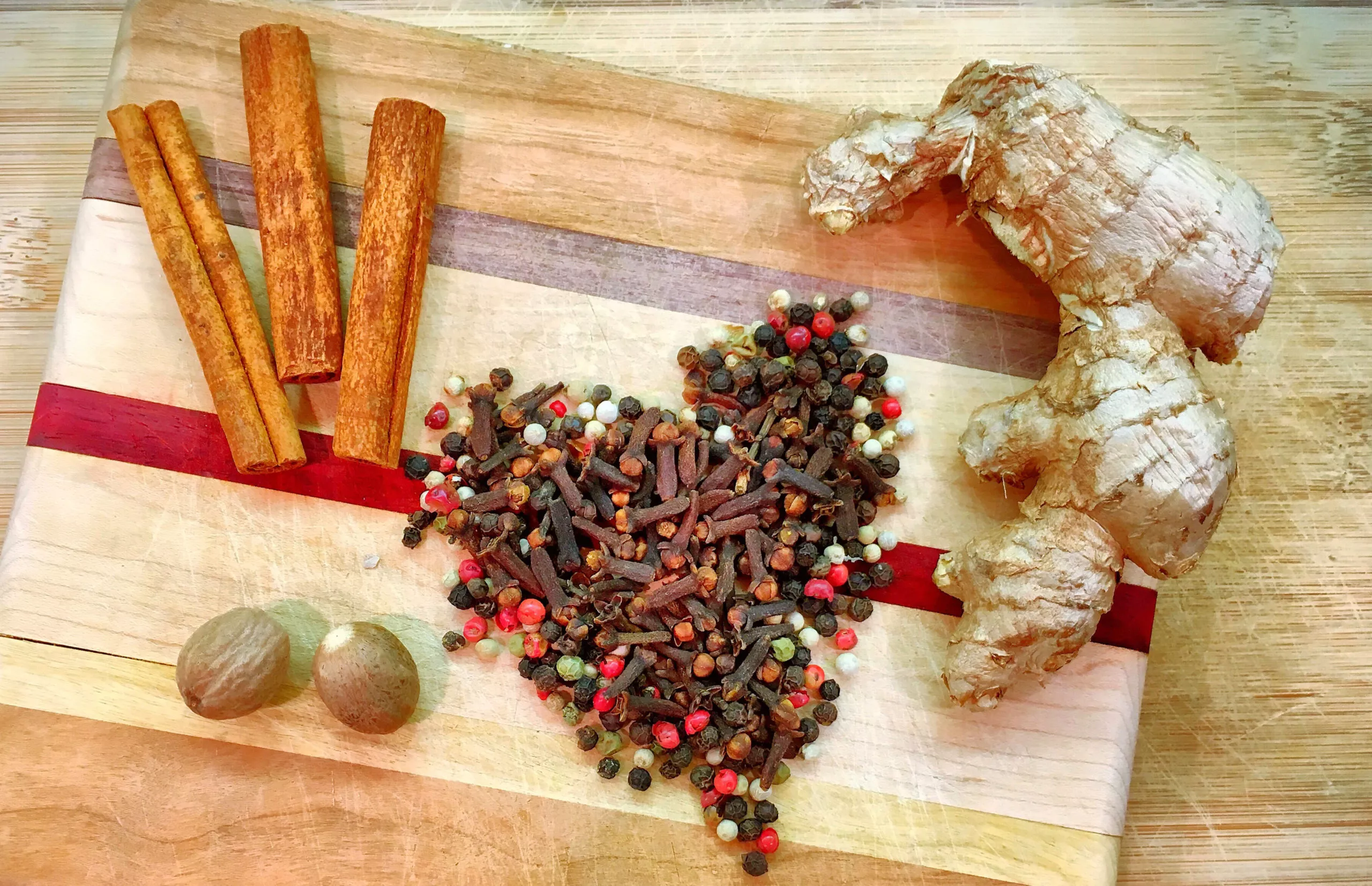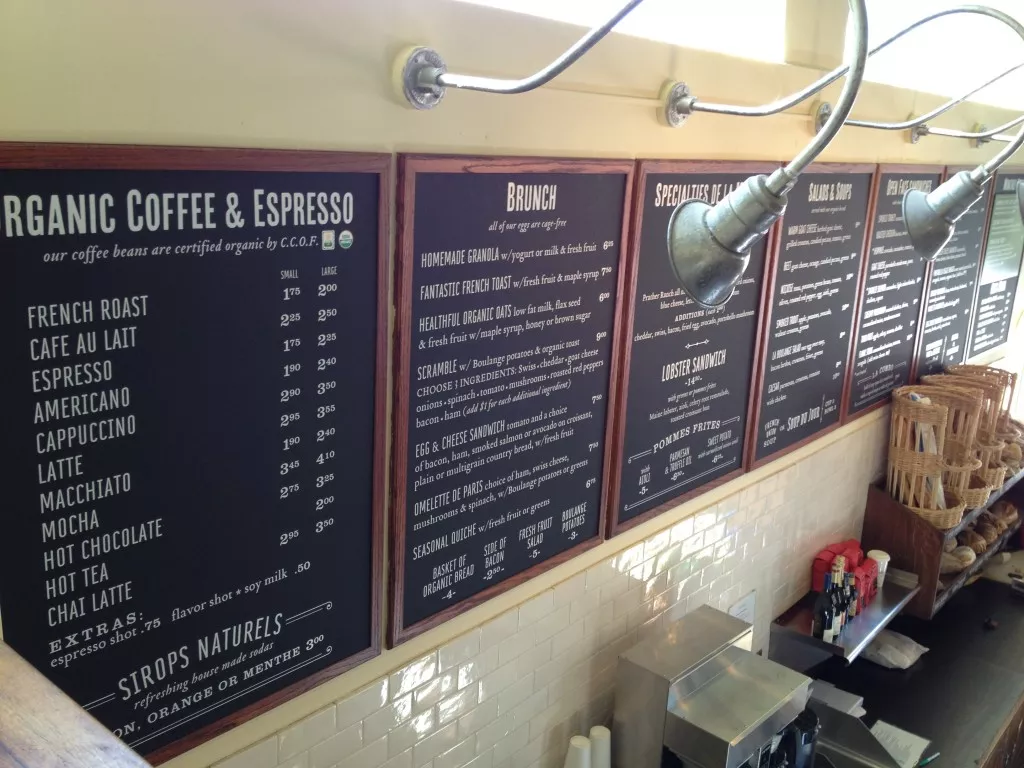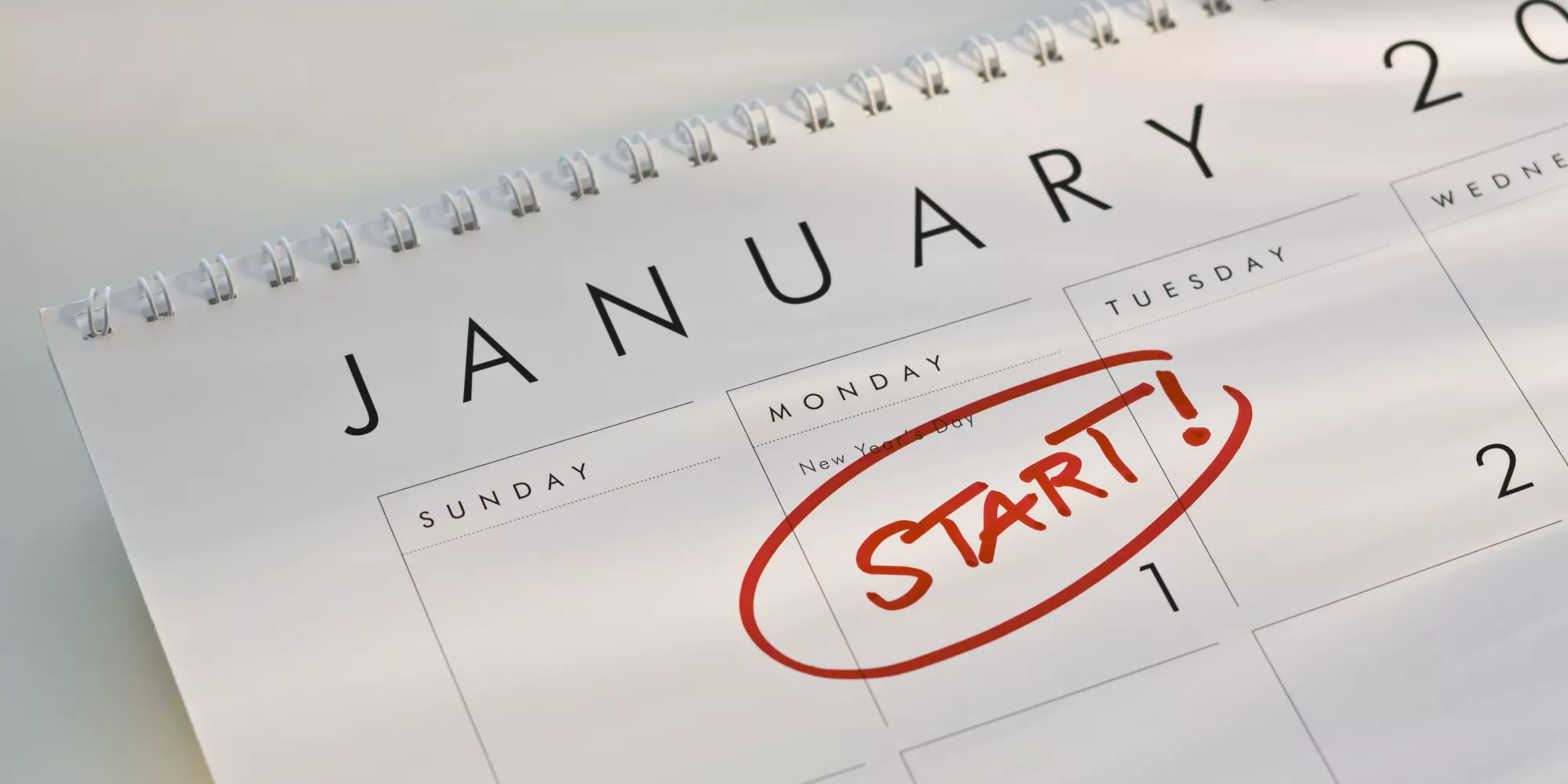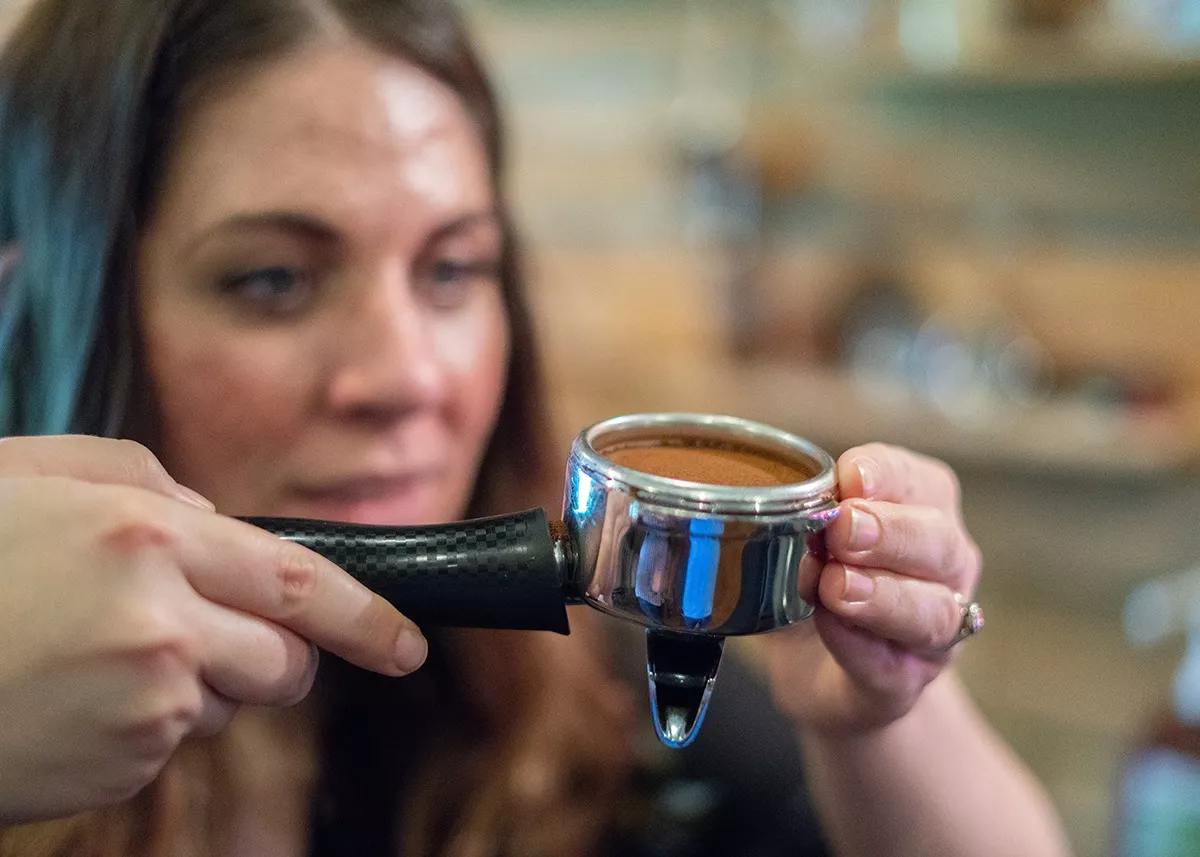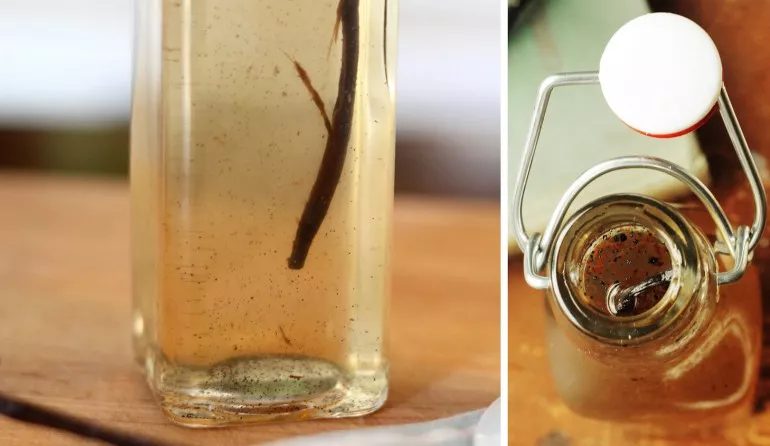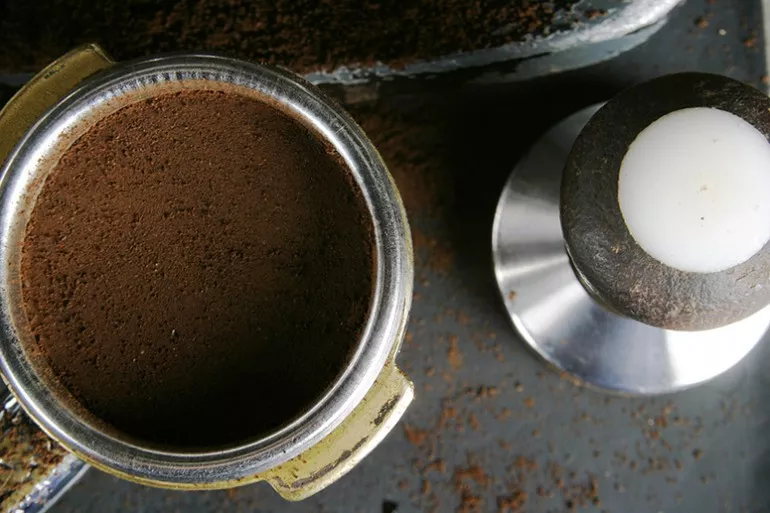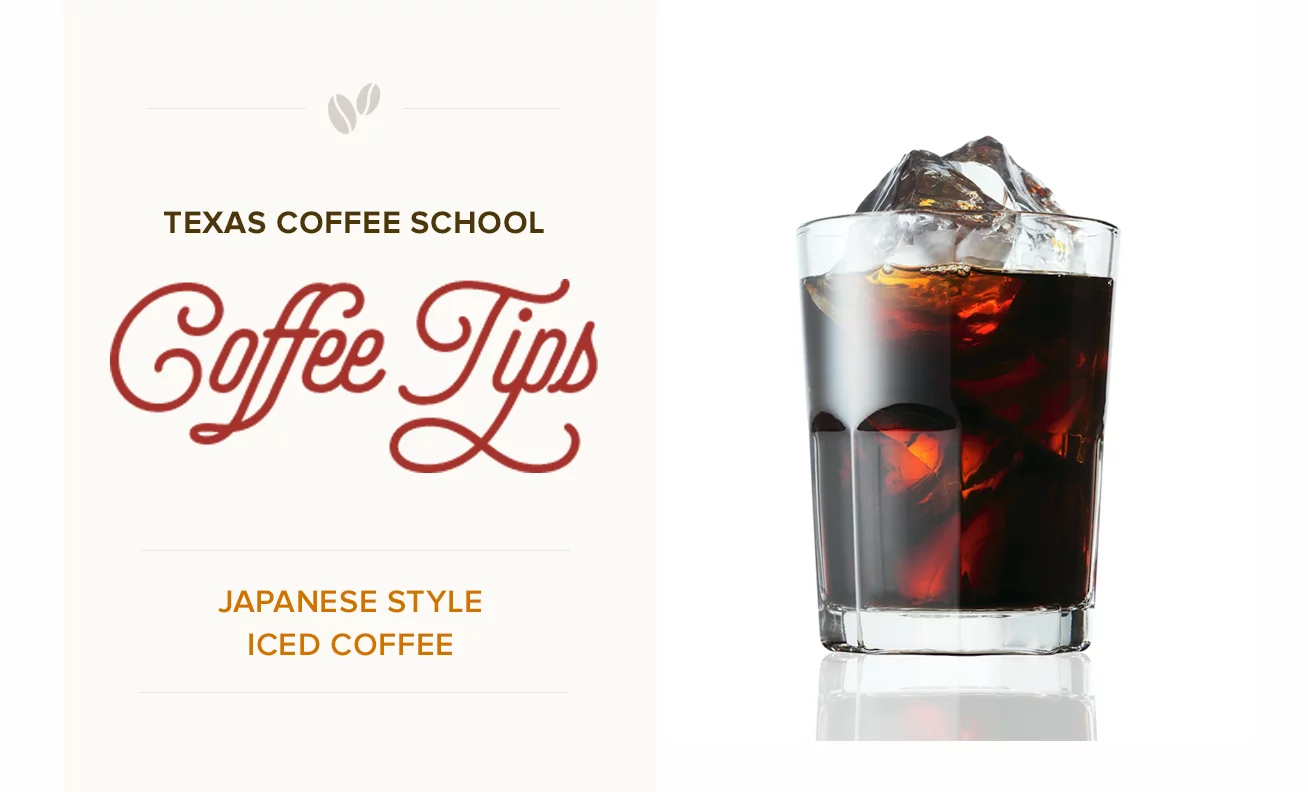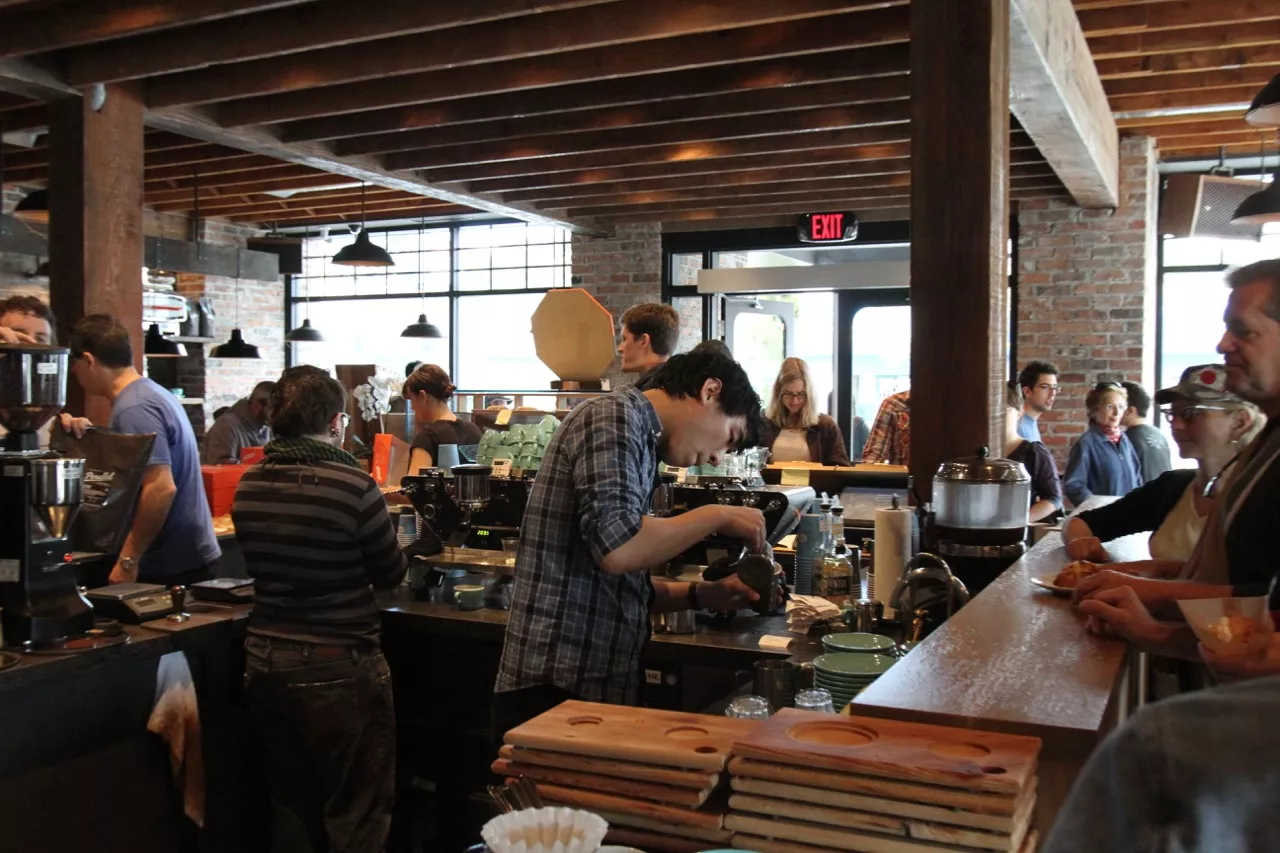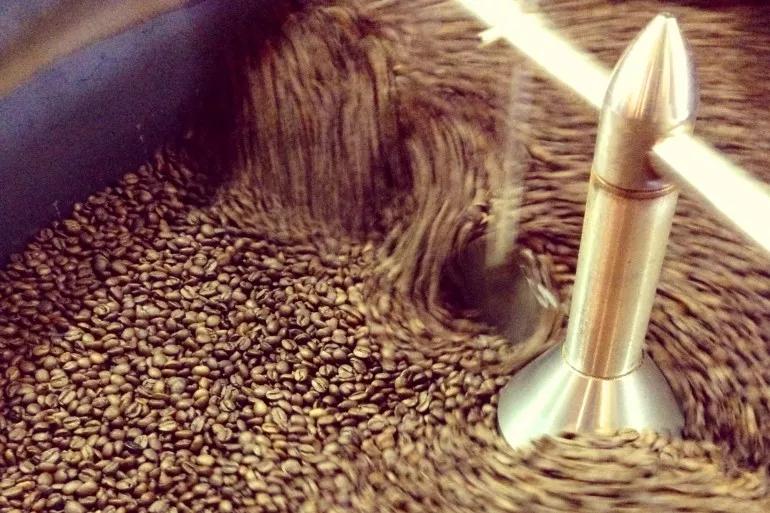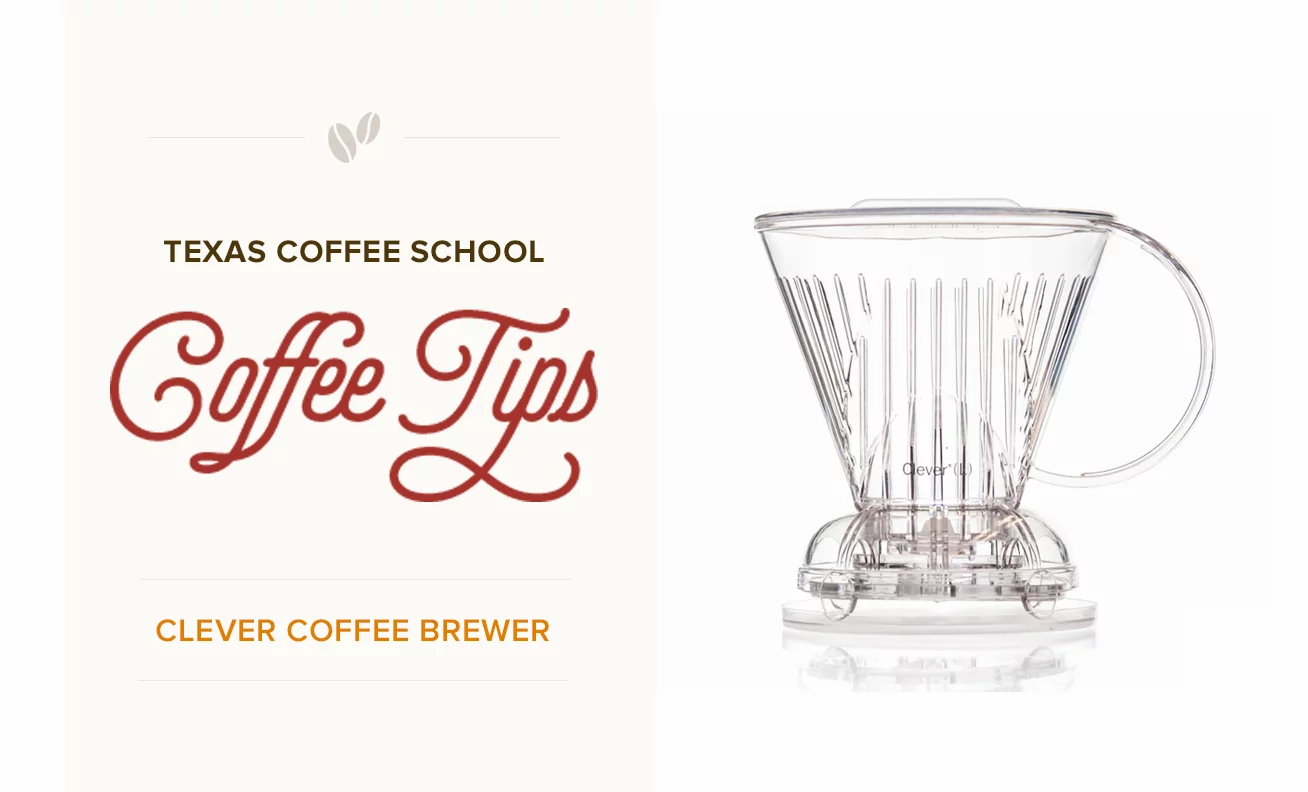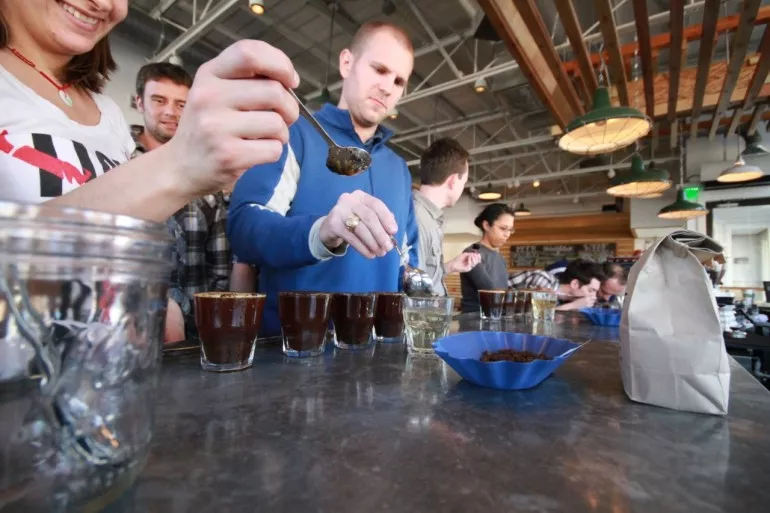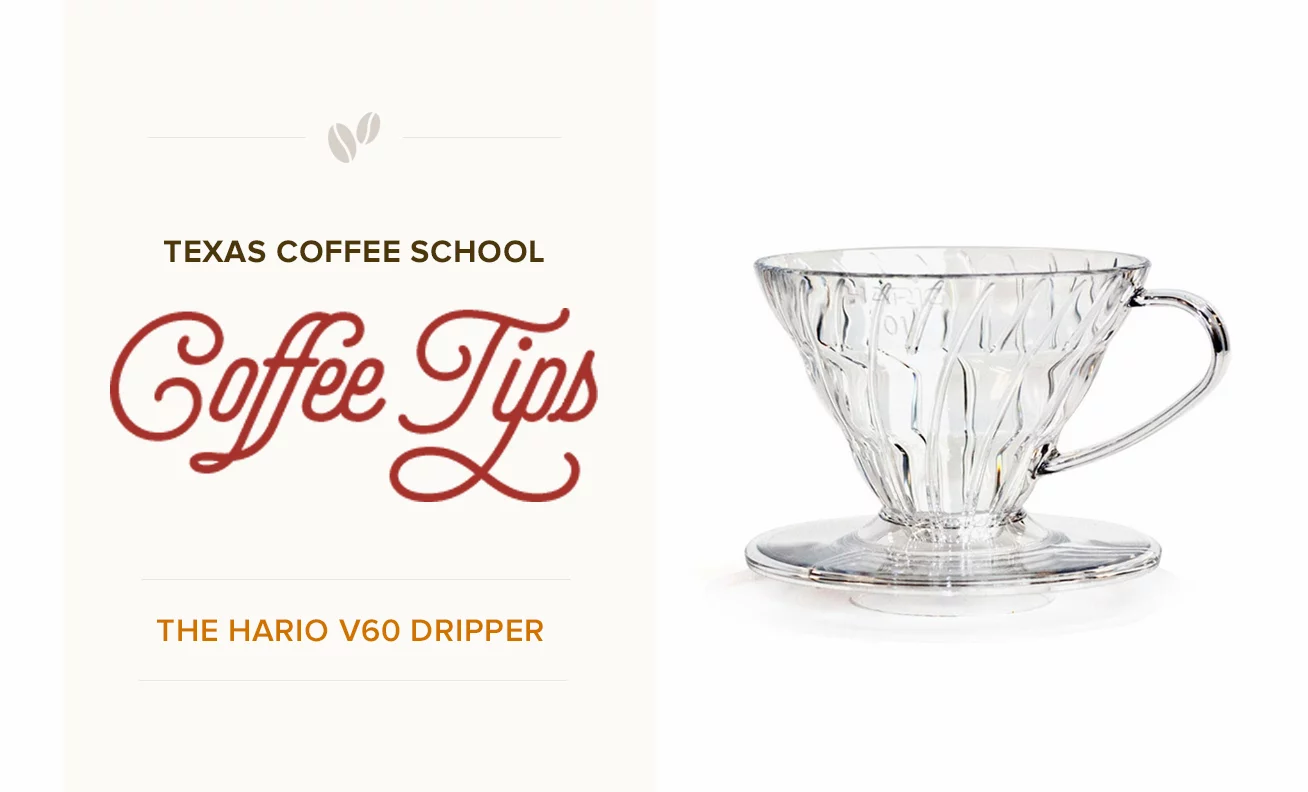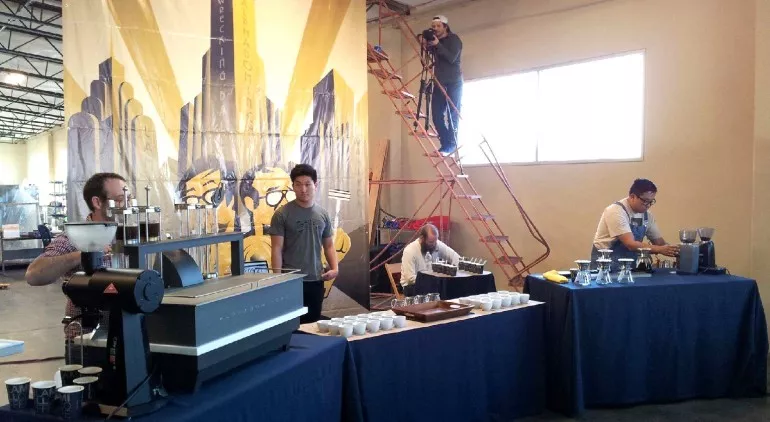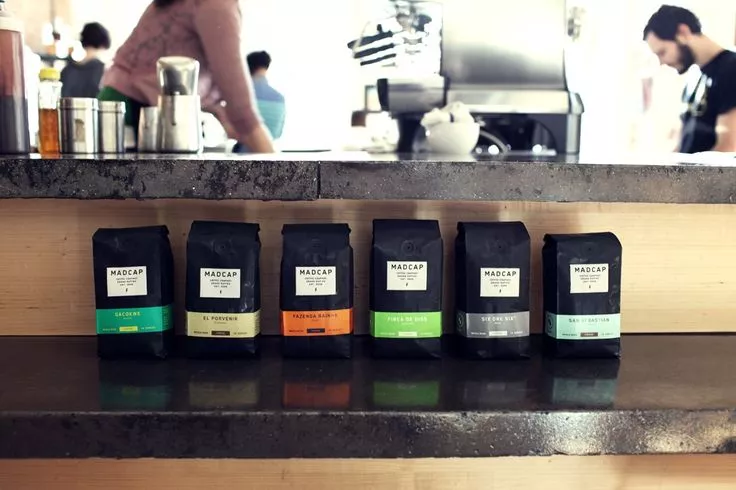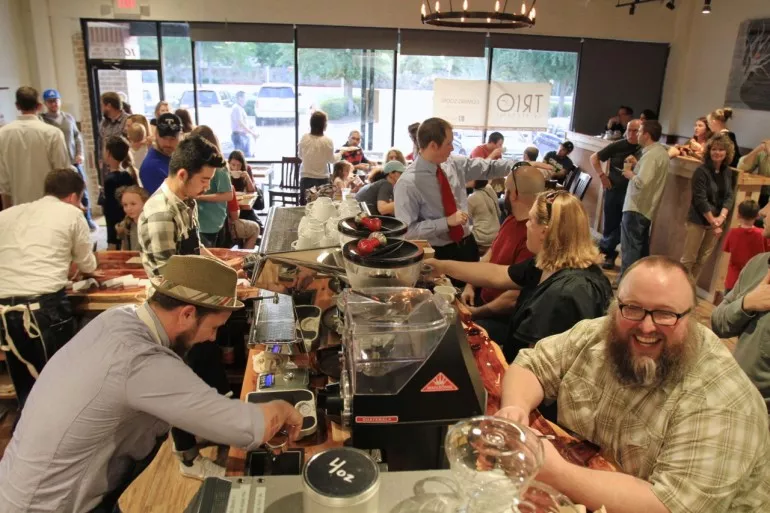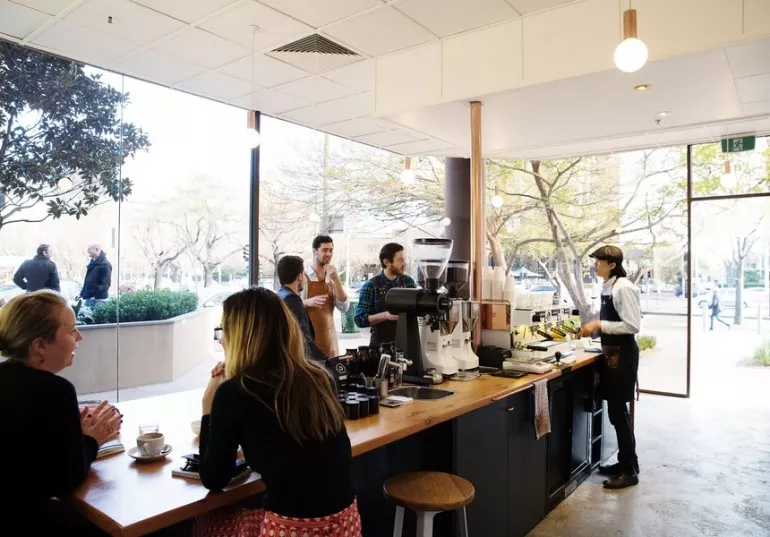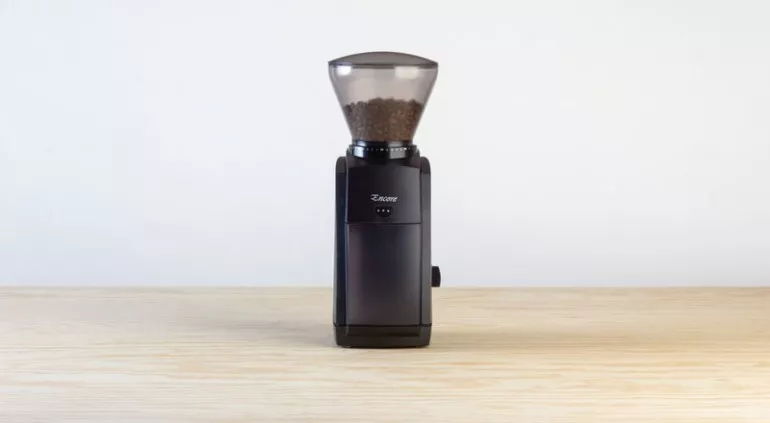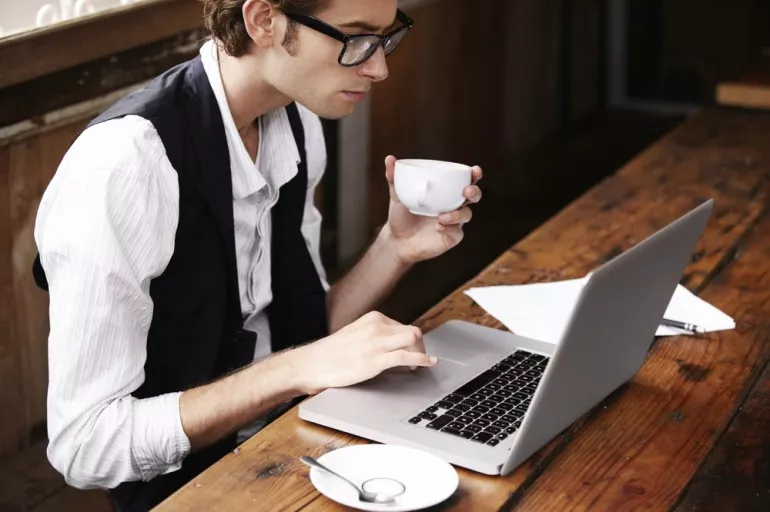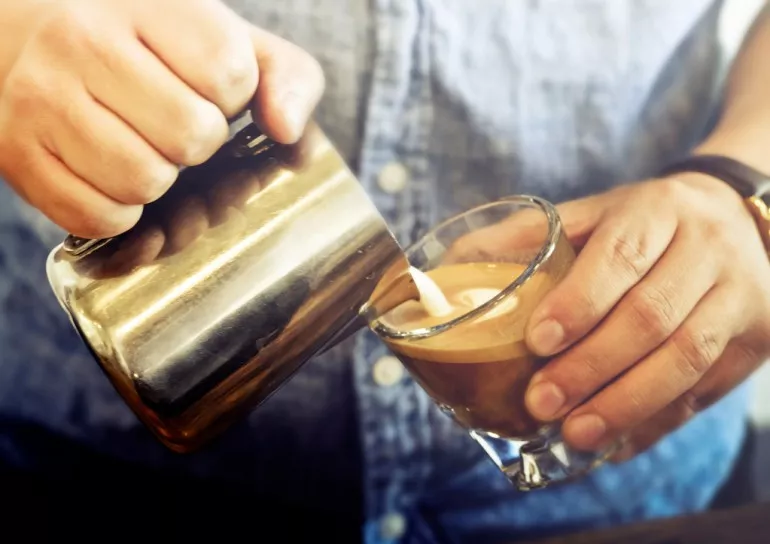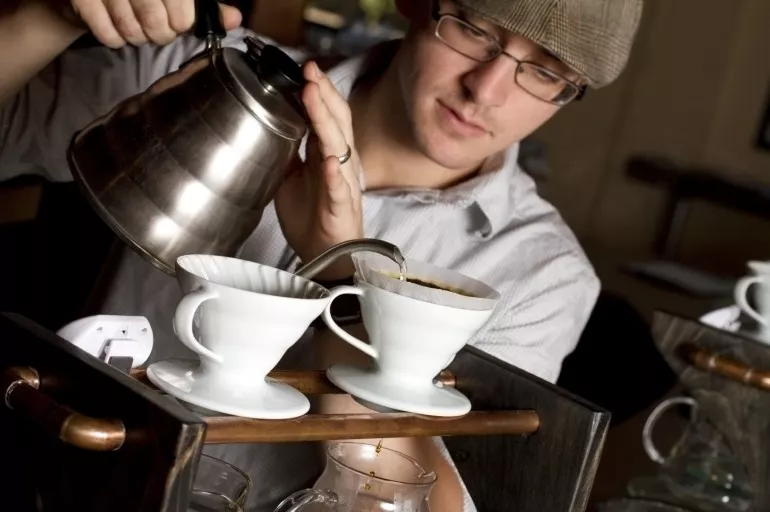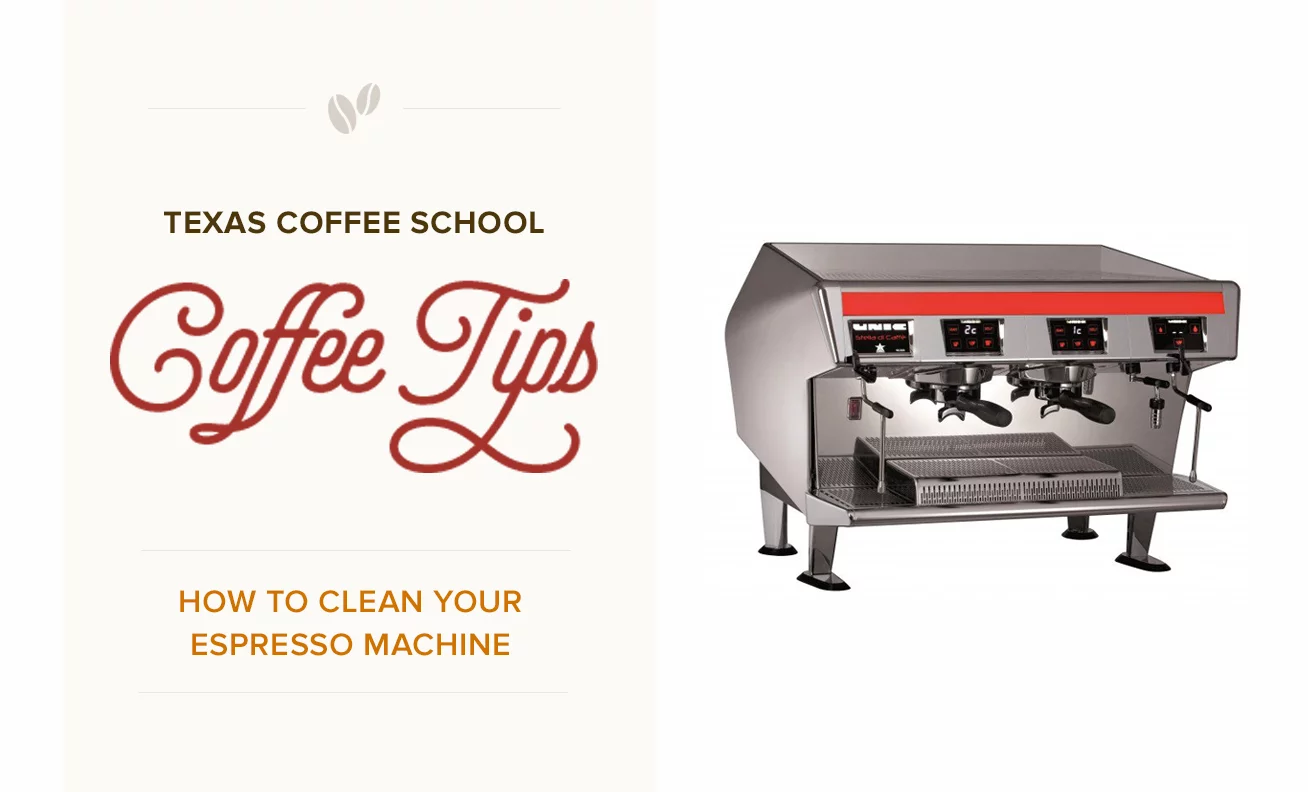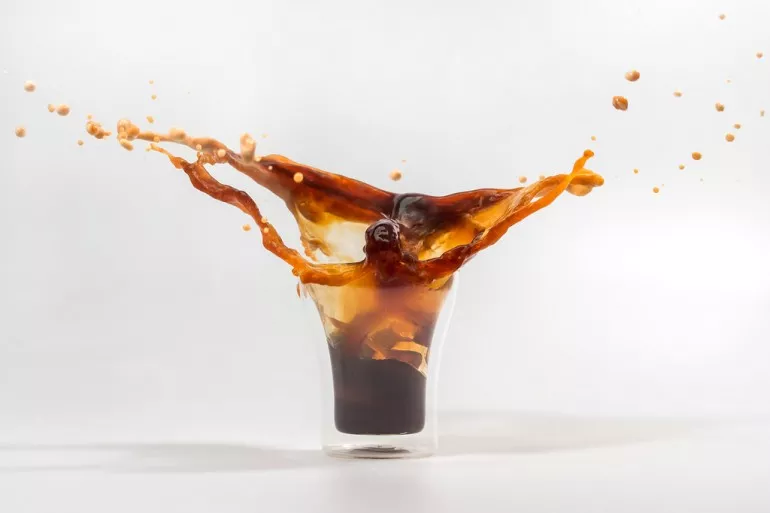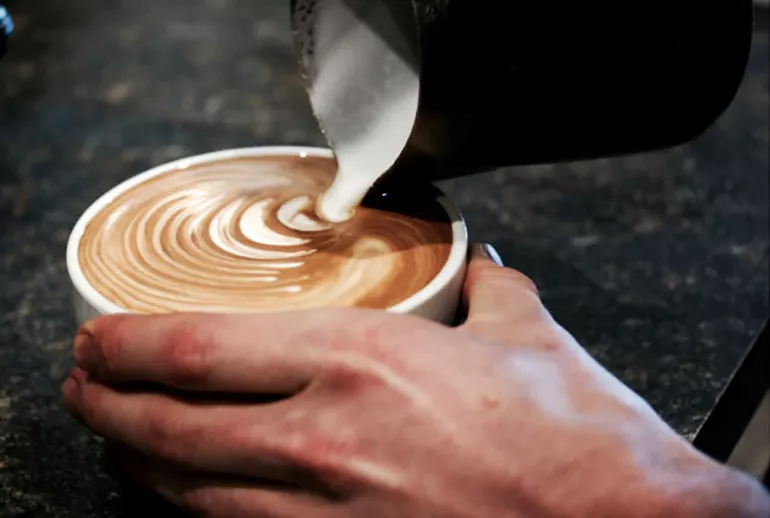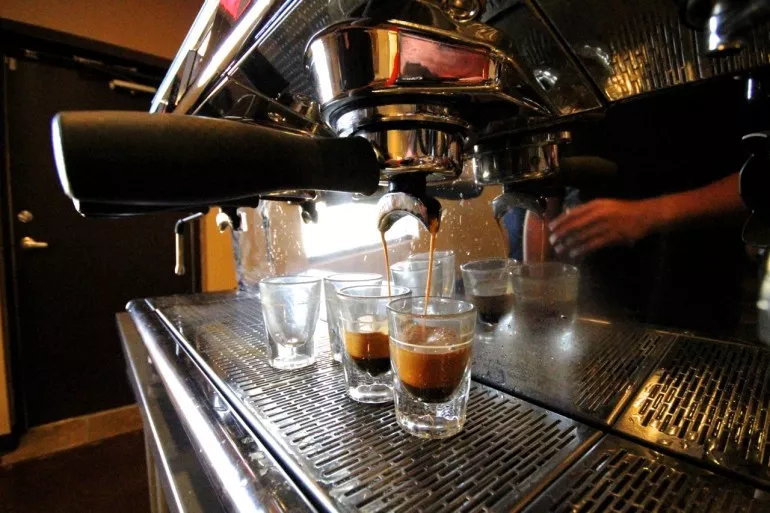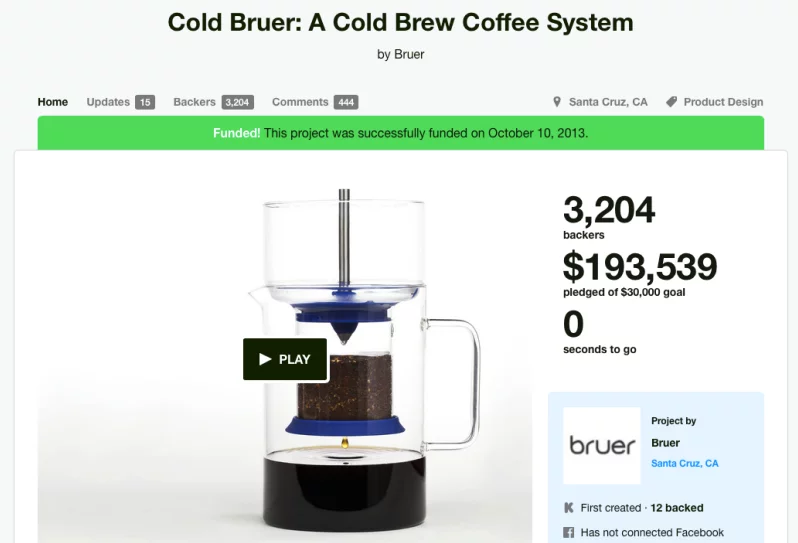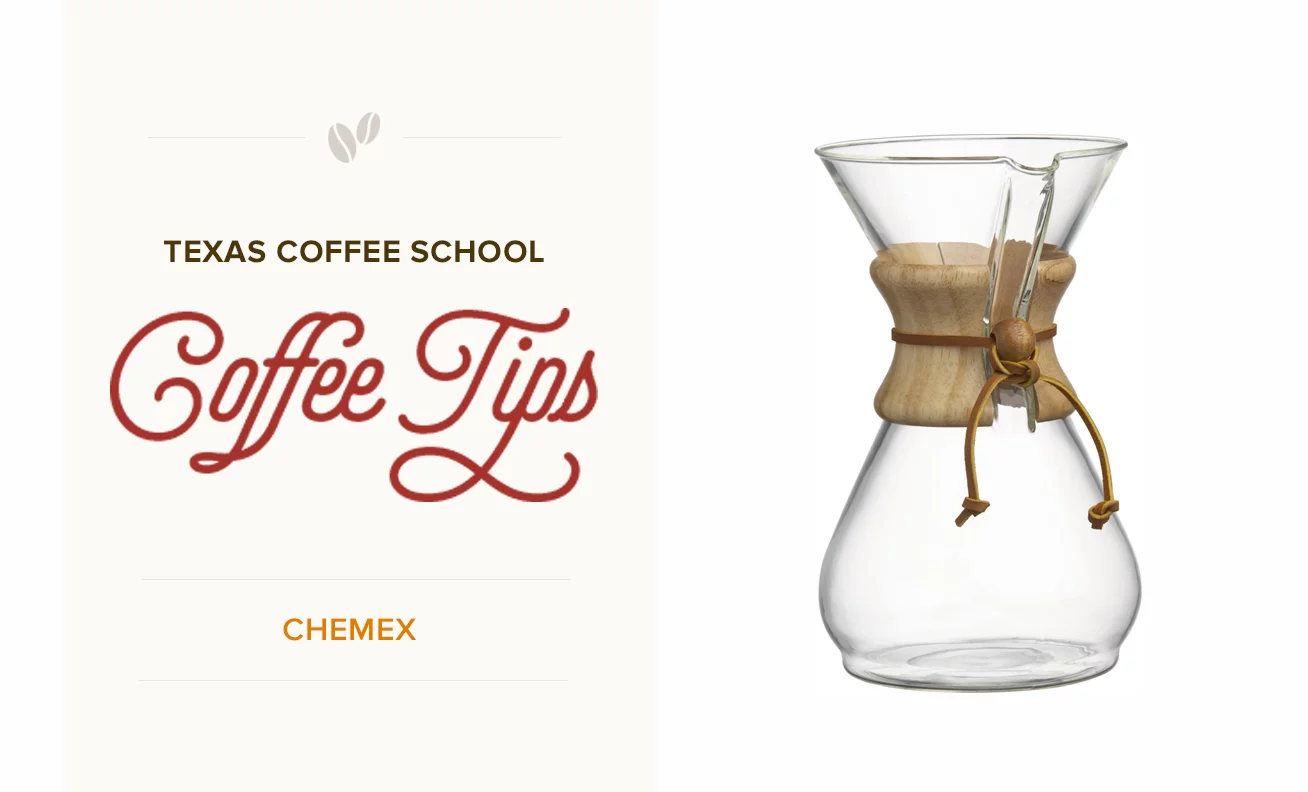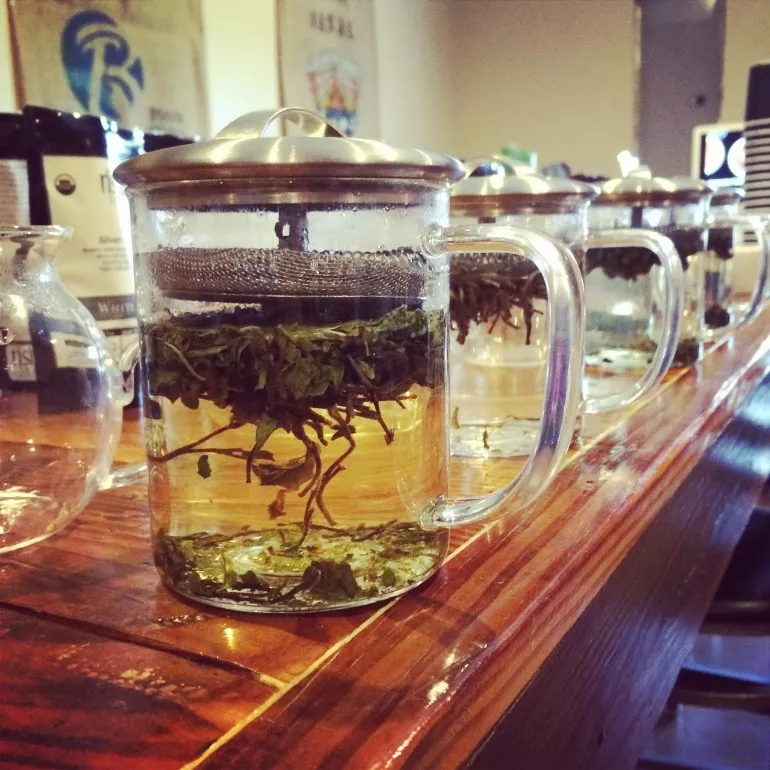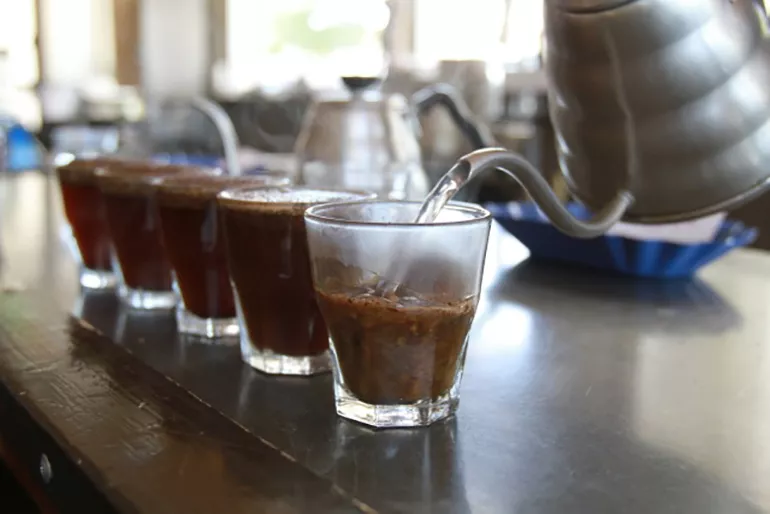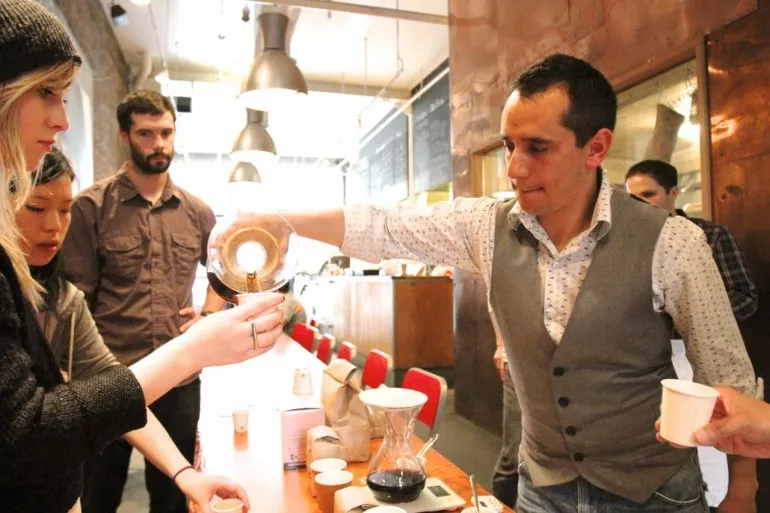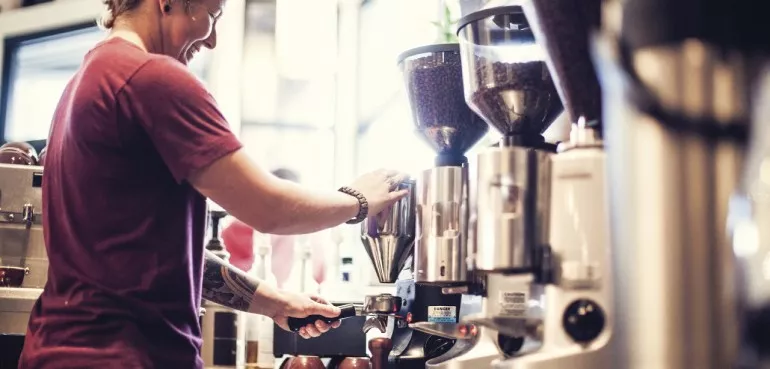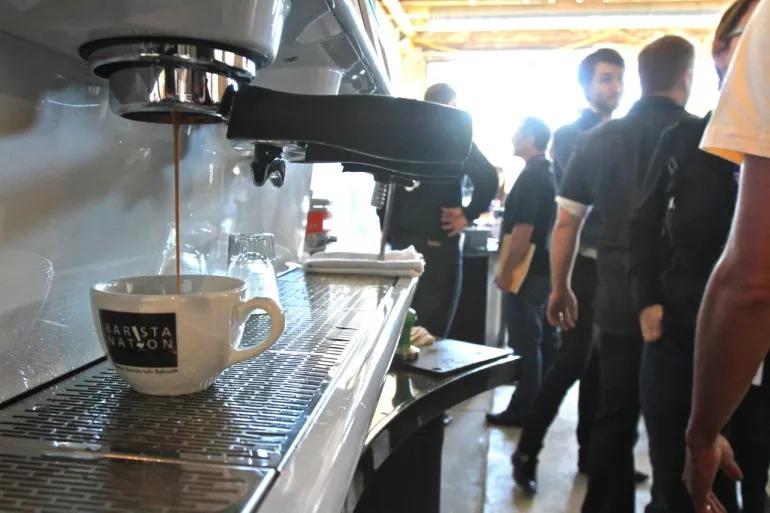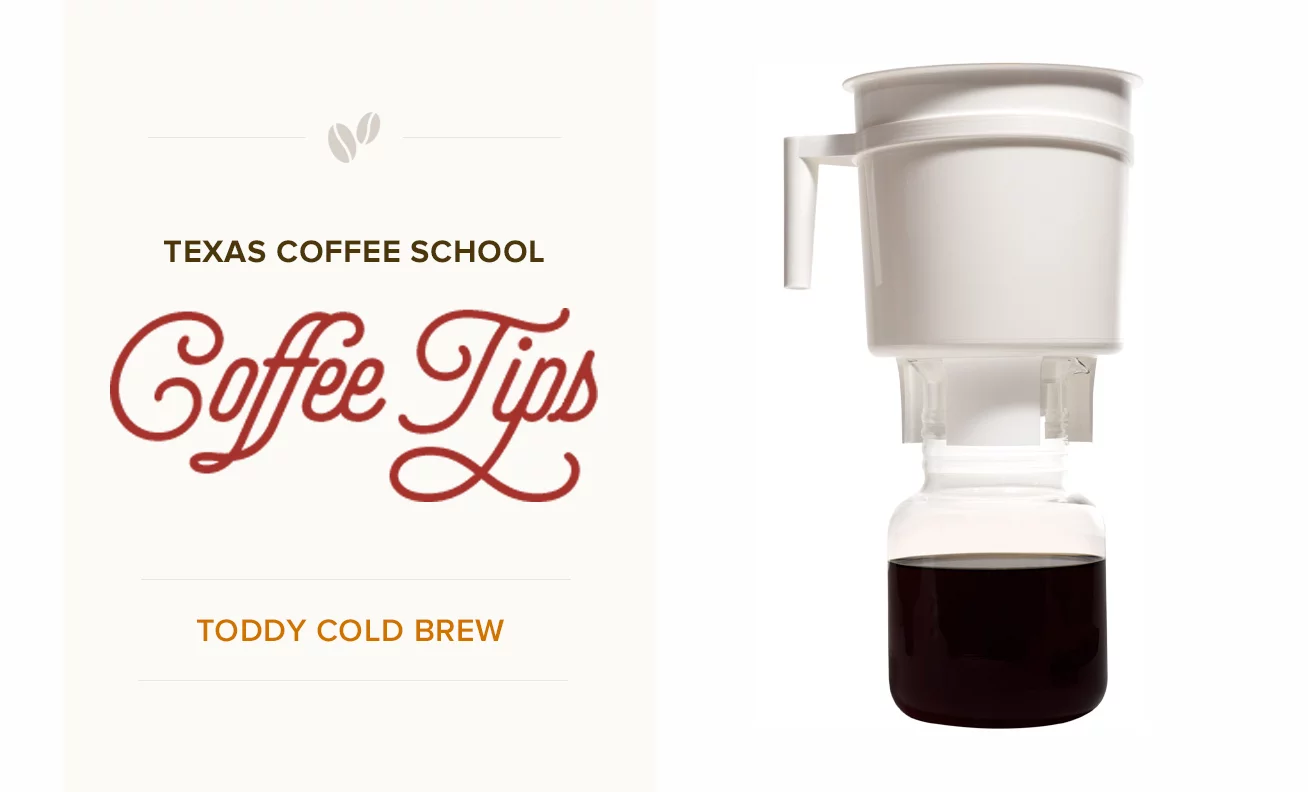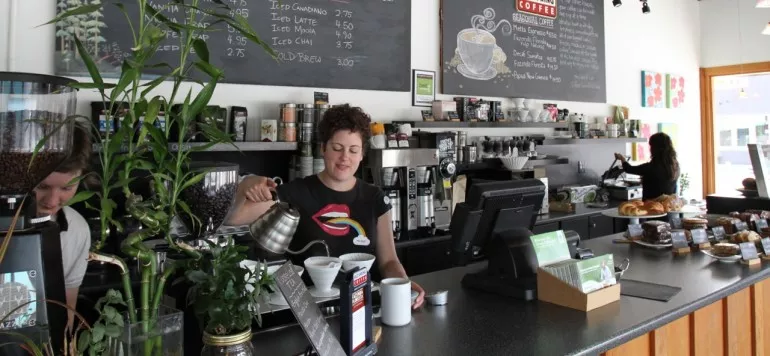Below you will learn the science, technique and best practices essential to making outstanding French Press coffee. If you want to learn more about coffee extraction and gain an in-depth understanding of every primary coffee brewing method, check out our Coffee Education Program for a complete list of upcoming coffee classes and barista training workshops.
ABOUT THE BREW METHOD:
Classic, elegant, versatile and simple. The French Press offers on-demand, low-waste coffee brewing and is a time-honored favorite home brewing method. There are a lot of fancy coffee brewing methods available these days, but when it comes to being tried-and-true, it’s still hard to beat a good old French press.

WHAT YOU WILL NEED:
- Hot water (200 to 204°F)
- A high-quality burr grinder
- A high quality, stainless, double wall insulated French Press
- A digital kitchen scale
- A digital timer
- A Bonavita Variable Temperature Digital Electric Gooseneck Kettle for controlled pouring and accurate water temperature.
- Either a spoon, spatula or whisk for stirring

BREWING PARAMETERS:
COFFEE-TO-WATER RATIO:
1.6 – 2.0 grams of coffee per fluid ounce of water
(If you don’t have a scale, use 2 tablespoons of coffee per 6 fluid ounces of water)
GRIND SIZE:
Coarse (comparable to coarsely cracked pepper, not the coarsest setting though)
BREW TIME:
4 Minutes
BREWING WATER TEMPERATURE: 200 – 204°F
If you are using a Bonavita Variable Temperature Digital Electric Gooseneck Kettle, set your temperature to 204 or 205 degrees. The temperature will drop a little bit when it comes into contact with the coffee. If you are using a hot water tower in a coffee shop and use a traditional (non-heated) kettle, such-as the Hario Buono, set the tower to 206 degrees to compensate for the temperature drop that occurs when the water comes into contact with a room temperature kettle. Fill kettle 80% full for best temperature stability.
STEPS FOR BREWING:
- Using the guide above, weigh and properly grind the coffee, and place grounds directly into the French press. Place the French press on your digital scale and push the “tare” button to zero it out.
- While simultaneously starting your timer, with a gentle pour, saturate the grounds, allowing the coffee to “bloom.” Try to add only enough water to saturate the grounds, or until press is half full.
- Using your preferred utensil, gently stir the coffee, trying to agitate and equally disperse the crust that appears after the coffee blooms.
- Carefully pour until your digital scale reads the appropriate water weight you determined for your correct coffee-to-water ratio.
- Now fix the lid/plunger to the French press without pushing the plunger down into the coffee. (This will help a little with temperature stability.)
- After 4 minutes have elapsed, press plunger down gently yet firmly, and serve immediately.
GOOD PRACTICES:
- Adjust parameters to compensate for individual coffee characteristics. For example if you find the coffee too bitter, coarsen the grind to help ease extraction. Note that such changes require increasing the coffee-to water ratio to balance the concentration.
- Small changes in technique can result in big flavor changes, so be sure to use consistent pouring, timing, and stirring techniques.
- As a general rule, darker roasts work well with cooler water and lighter roasts with hotter water.
- Too long of a brew time can lead to over extraction; too short can lead to under extraction. Use time as a tool to fine tune a brew.
- Keep your French Press clean by thoroughly rinsing after each use and occasionally using a cleaner recommended for coffee pots. We recommend Urnex Tabz or other applicable Urnex products.
- Water Quality – Use clean water free of any off tastes or odors. Water quality differs from region to region, so a water quality test should be taken to discern the appropriate treatment required. If you are home brewing, a Brita pitcher will work just fine. Do NOT use bottled water. It tends to be “too filtered” and there are not enough minerals (TDS) in the water for optimal flavor. If straight reverse osmosis water (free of virtually all minerals) can make coffee taste quite harsh, “bitter” and undesirable.
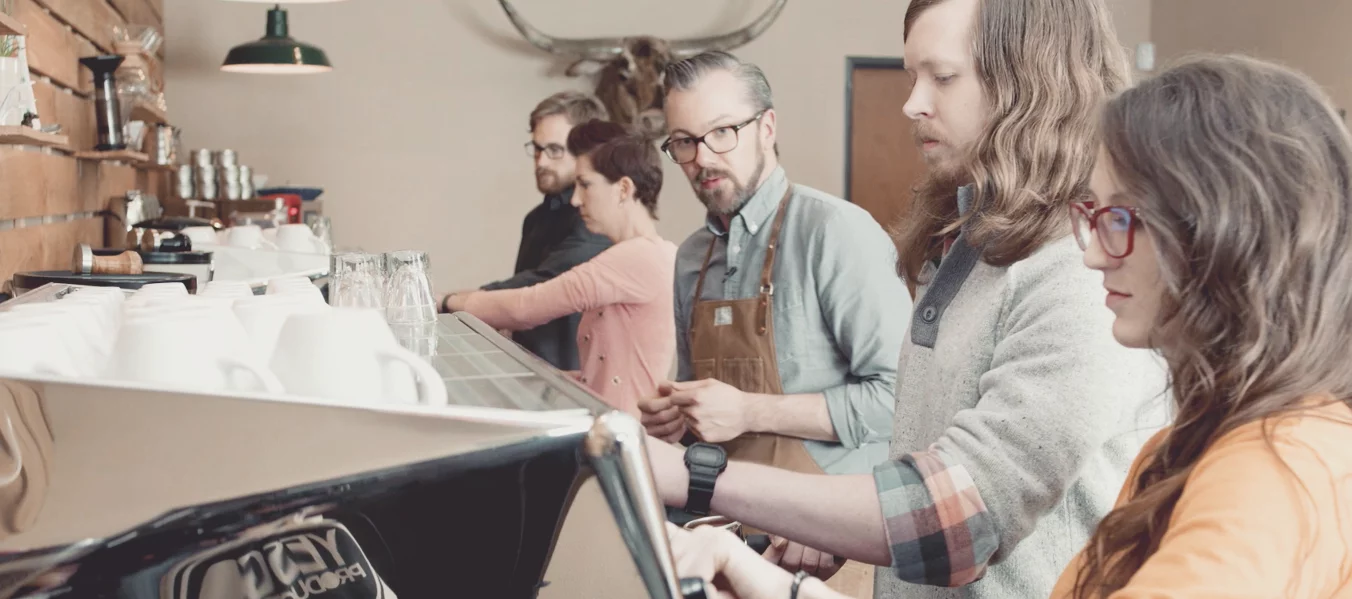
CONTINUE YOUR COFFEE EDUCATION
Texas Coffee School offers a variety of coffee and barista training classes that can enhance your coffee knowledge and brewing skills.
CLICK HERE FOR CLASSES AND ENROLLMENT DETAILS
